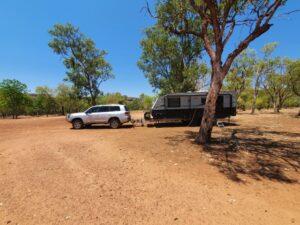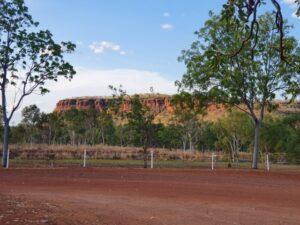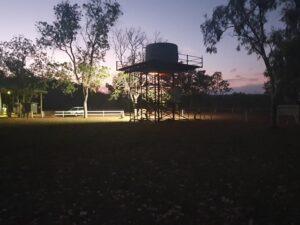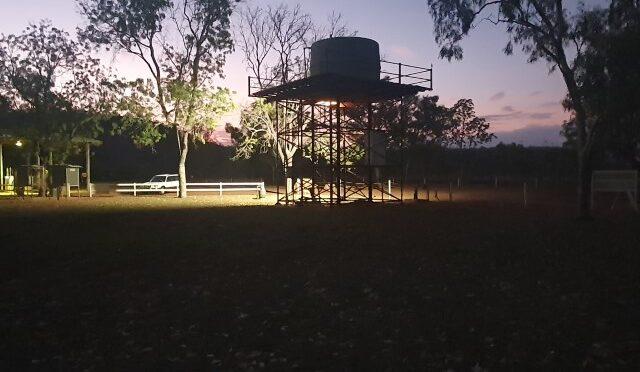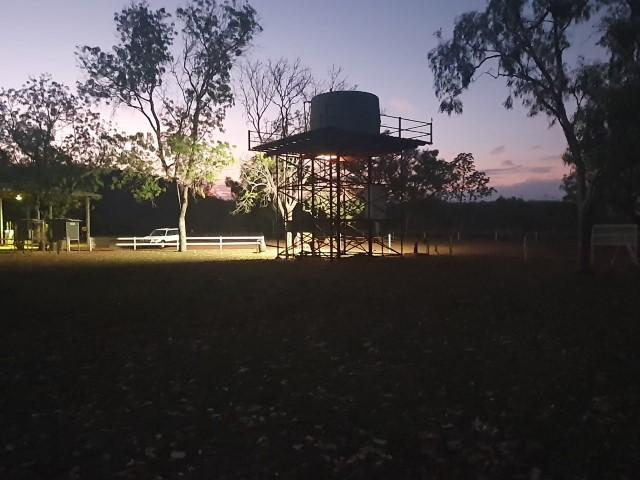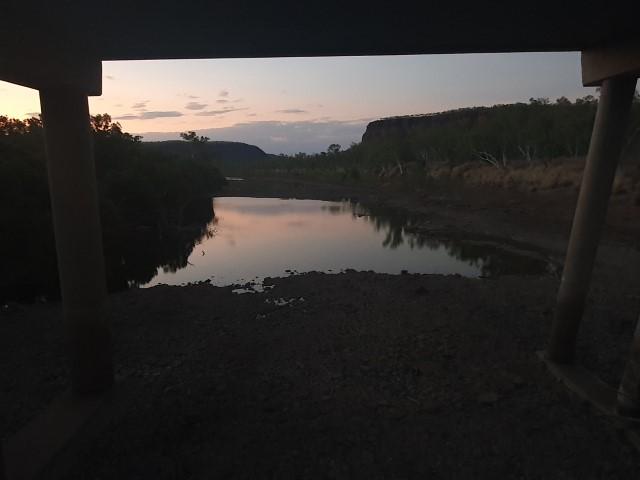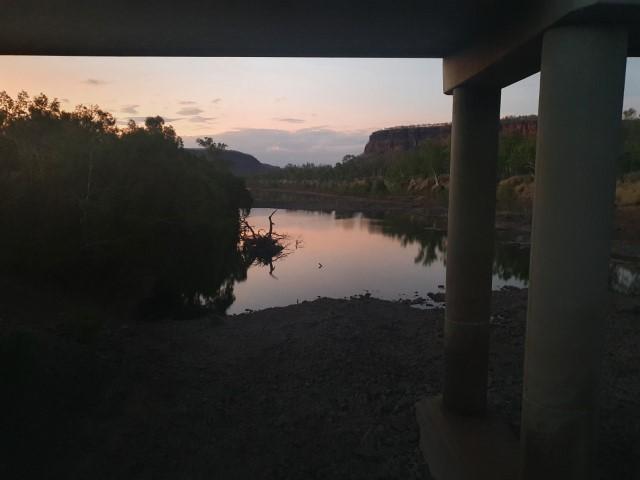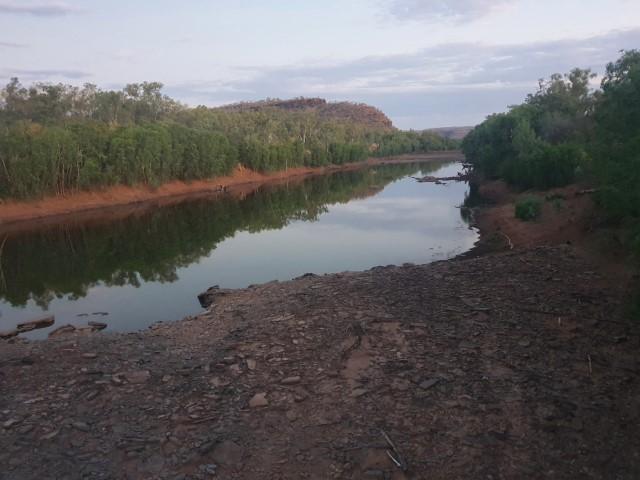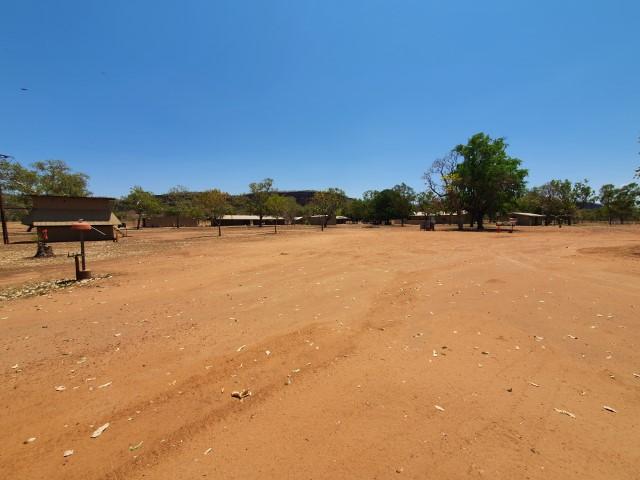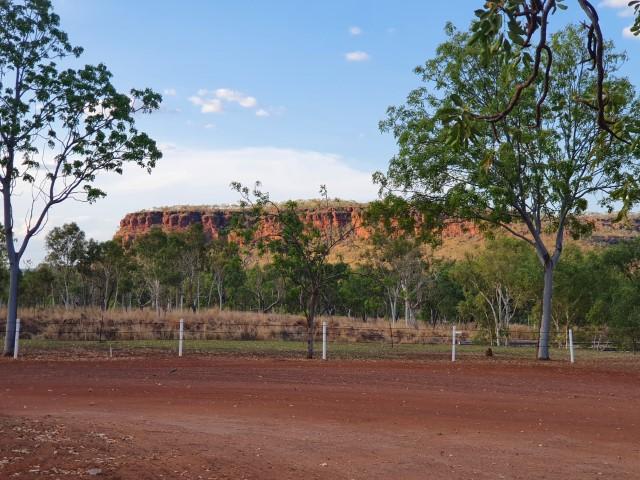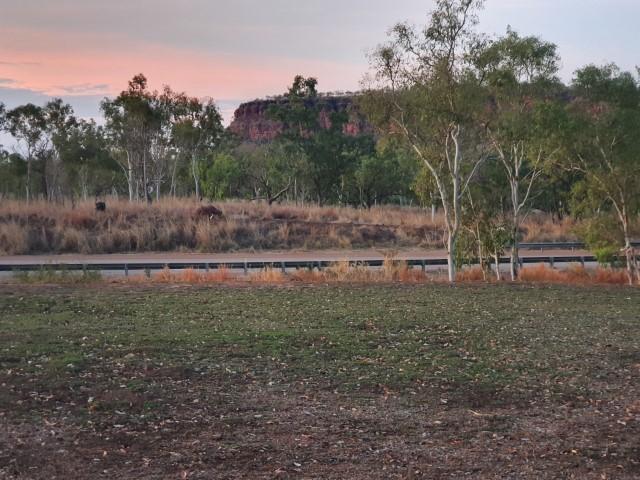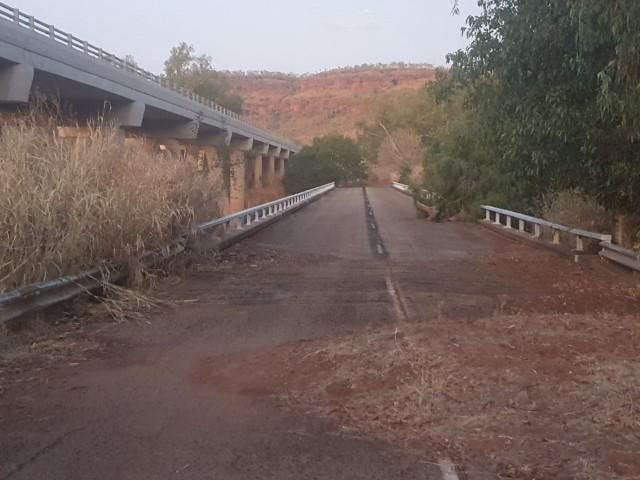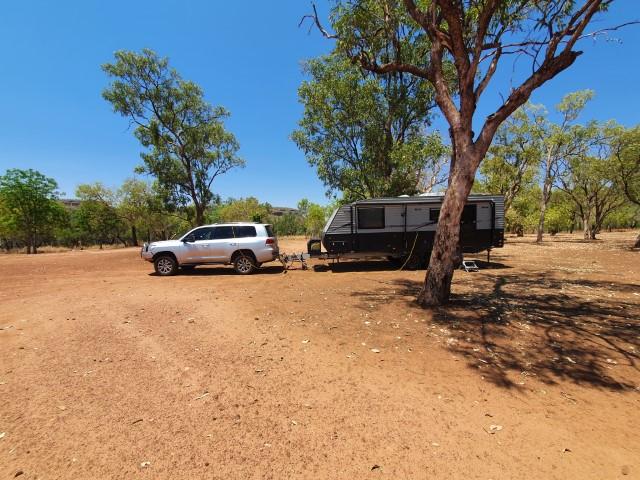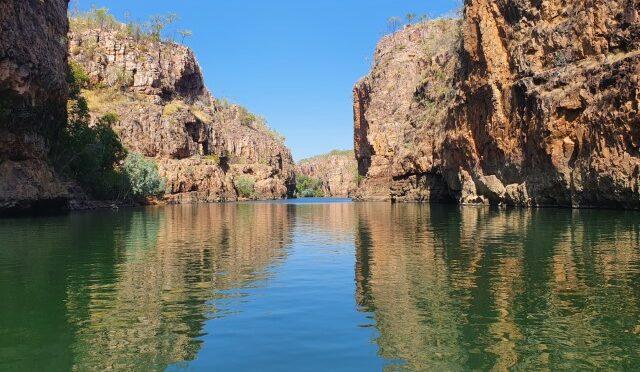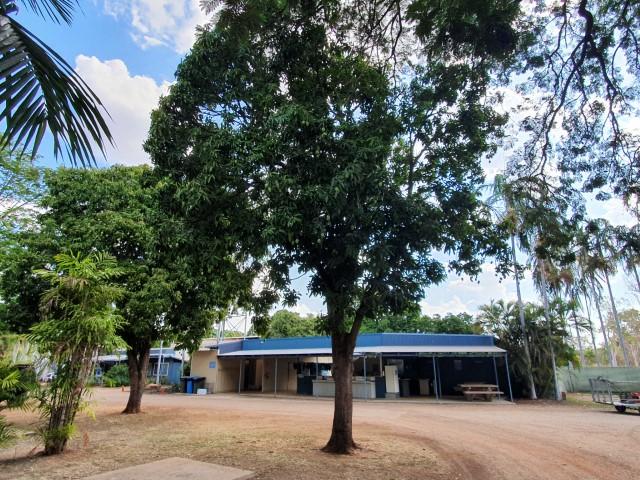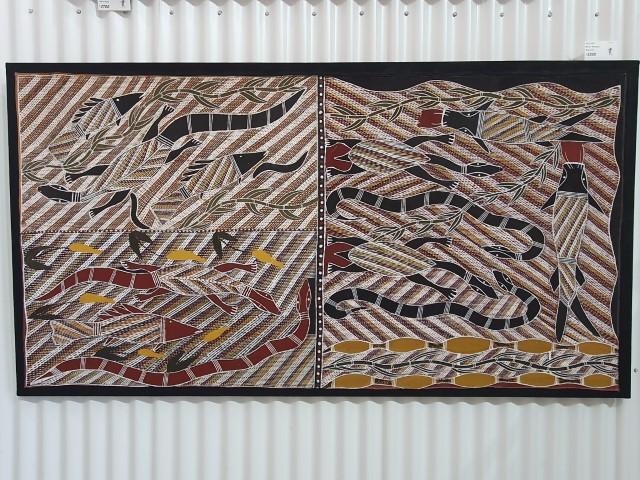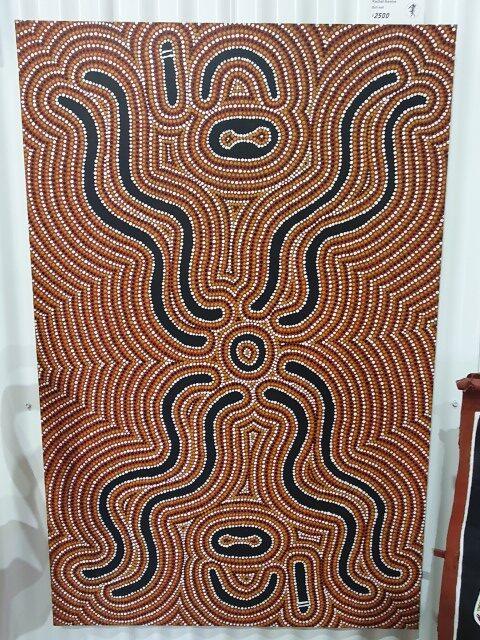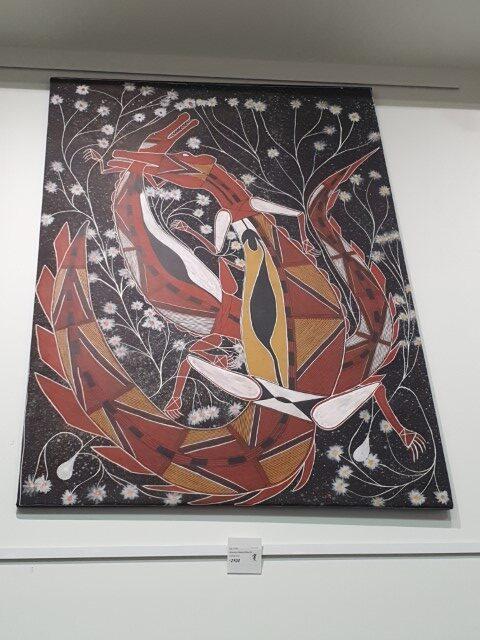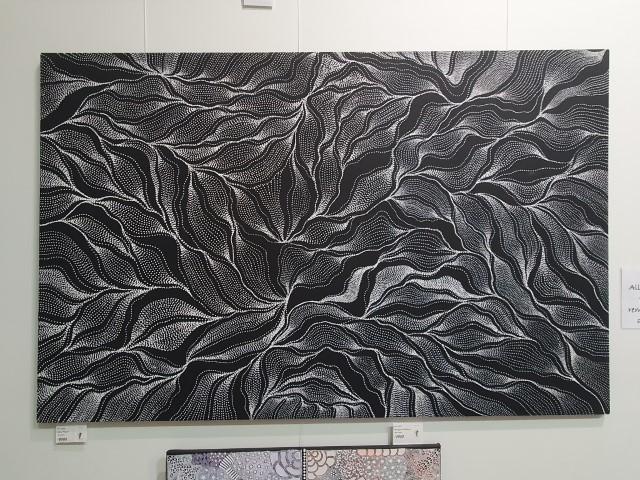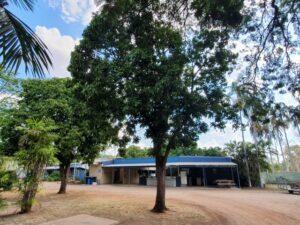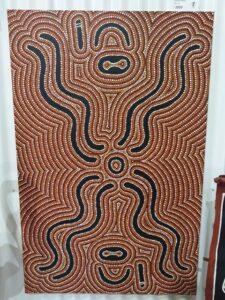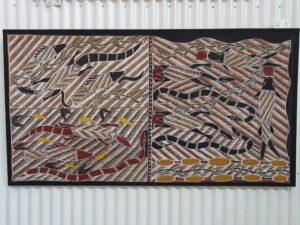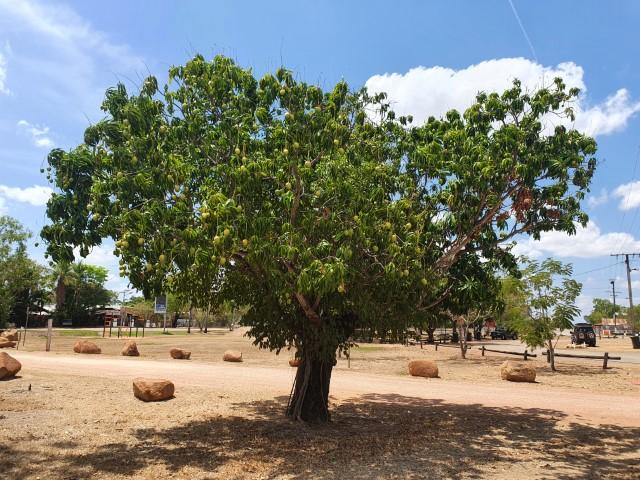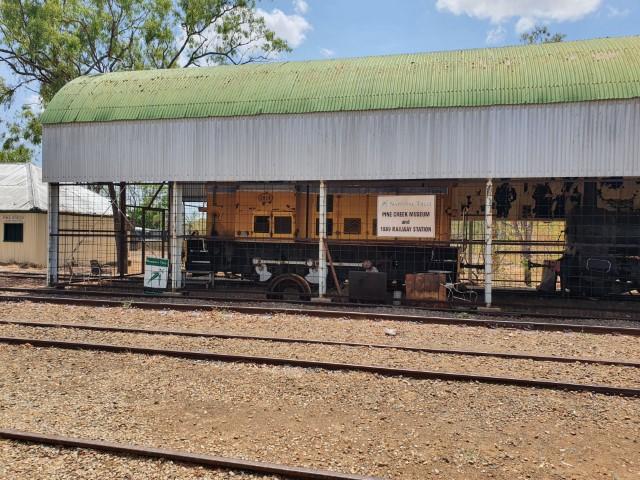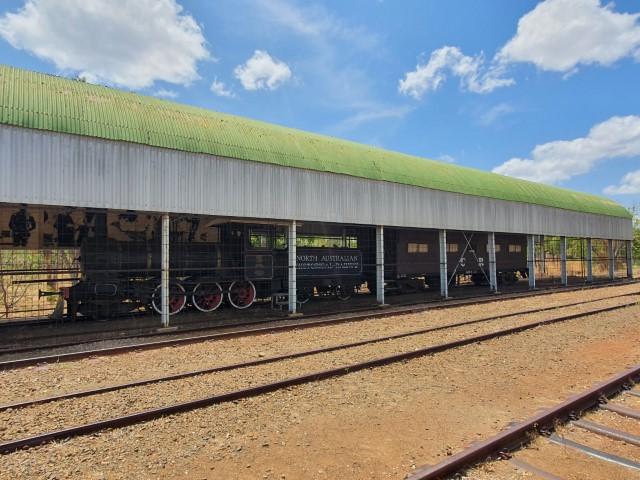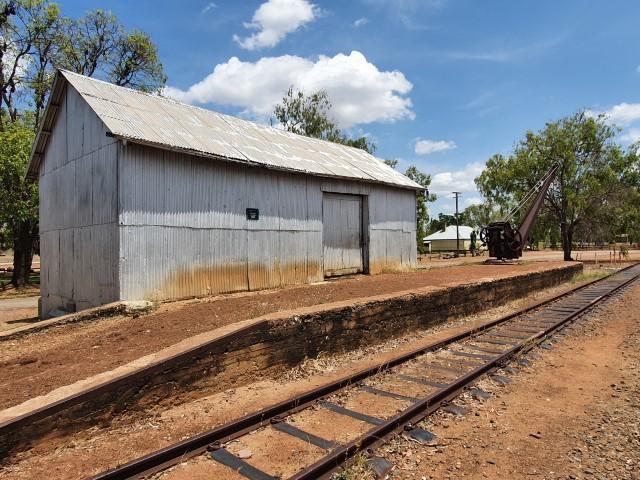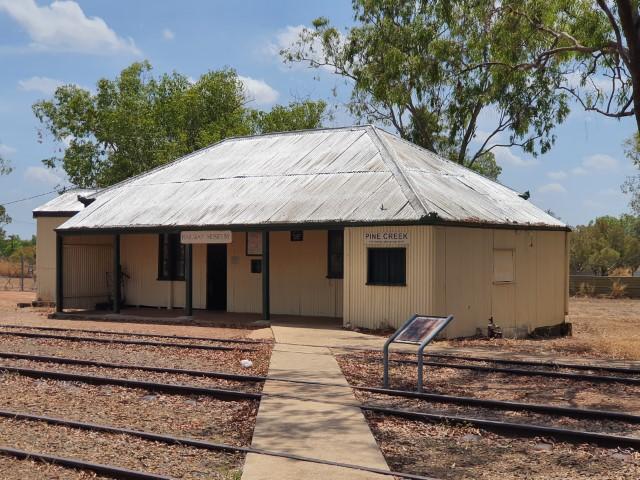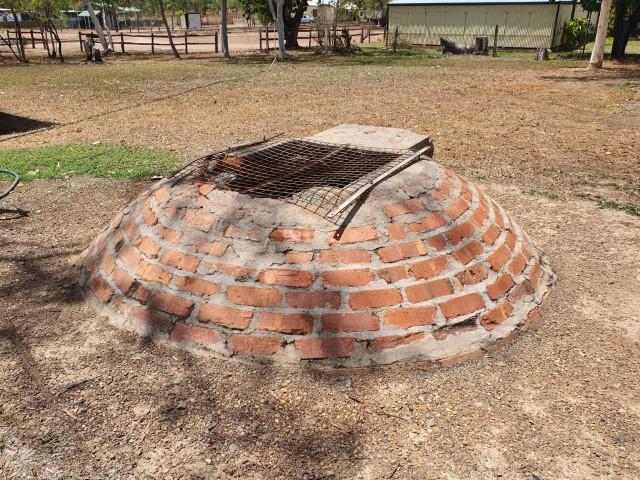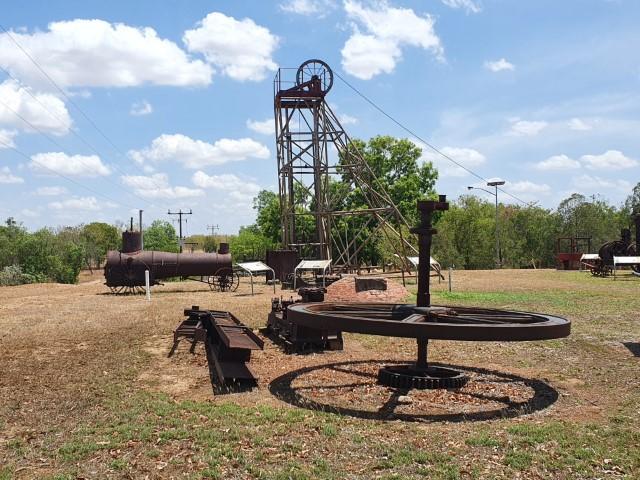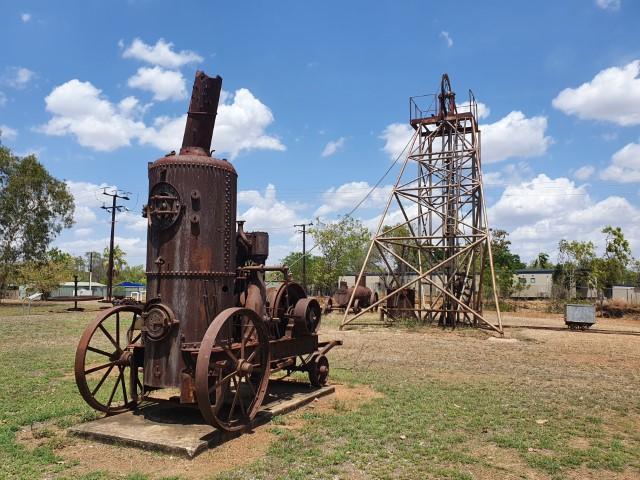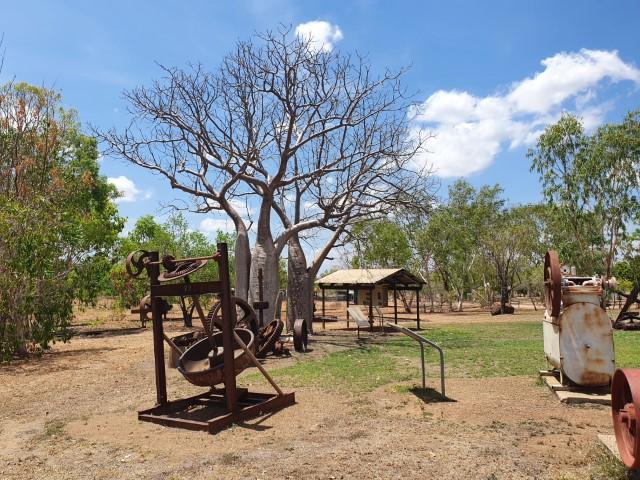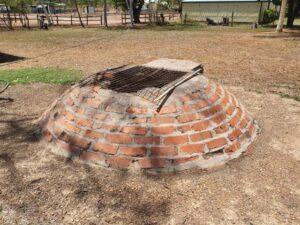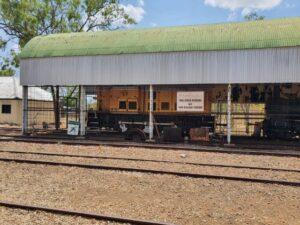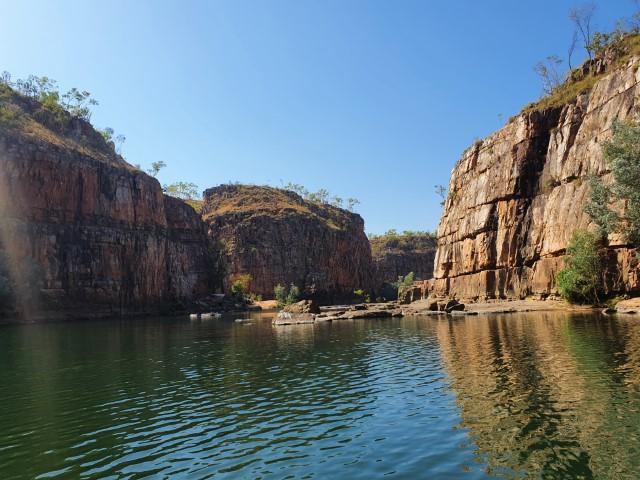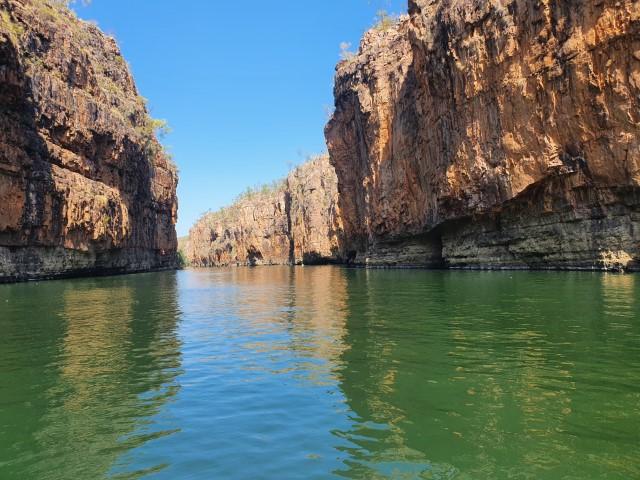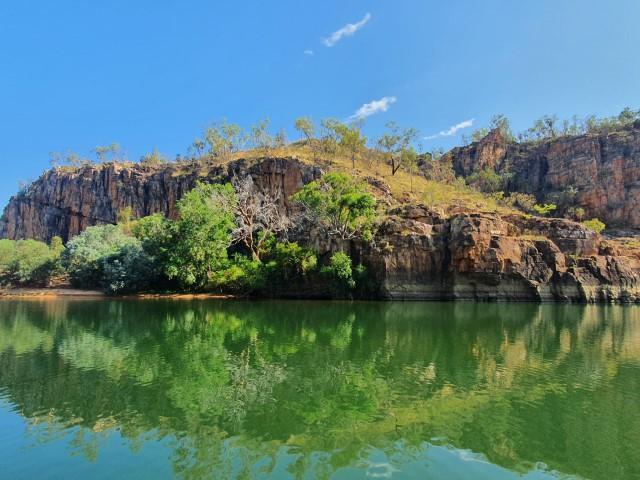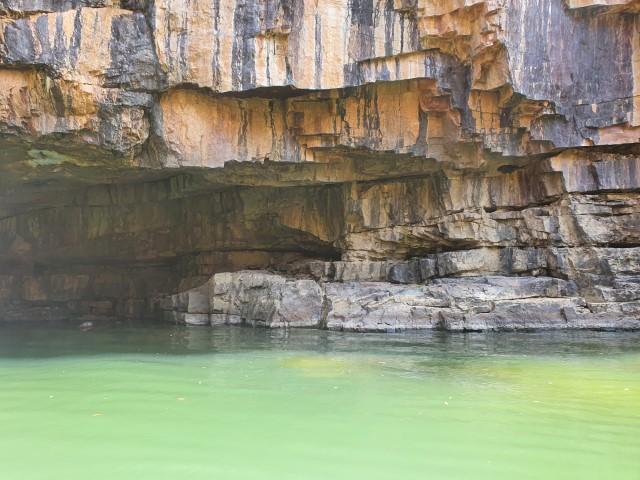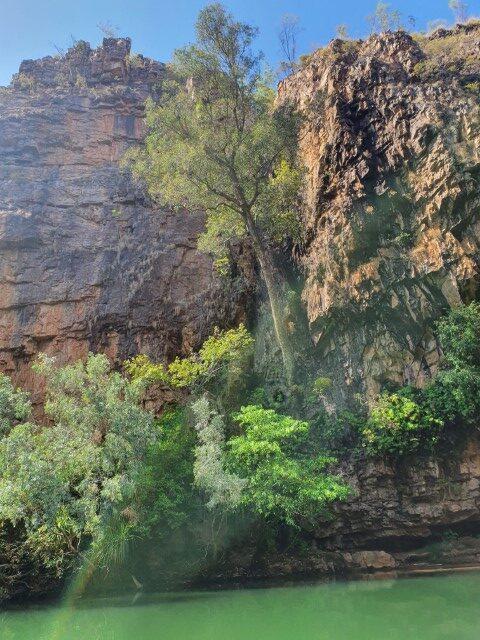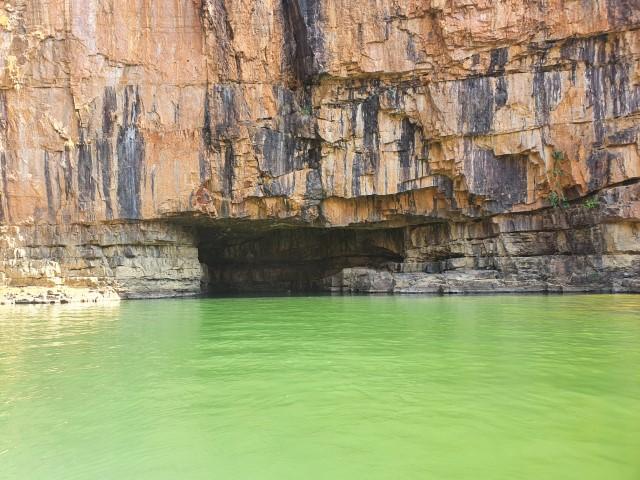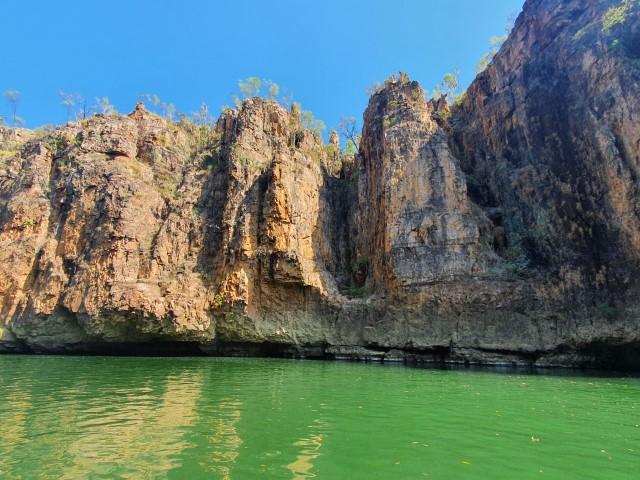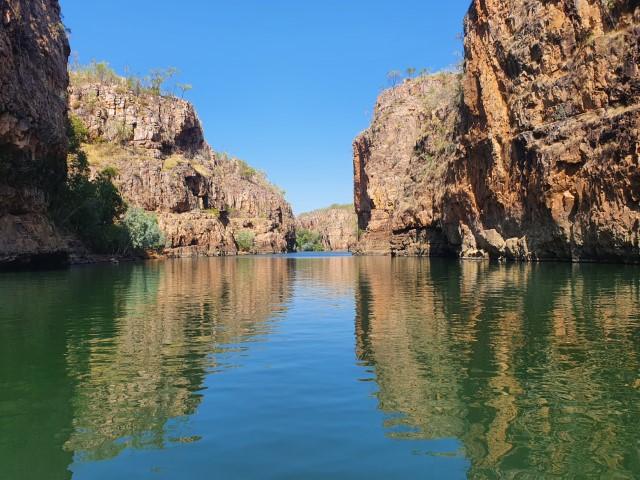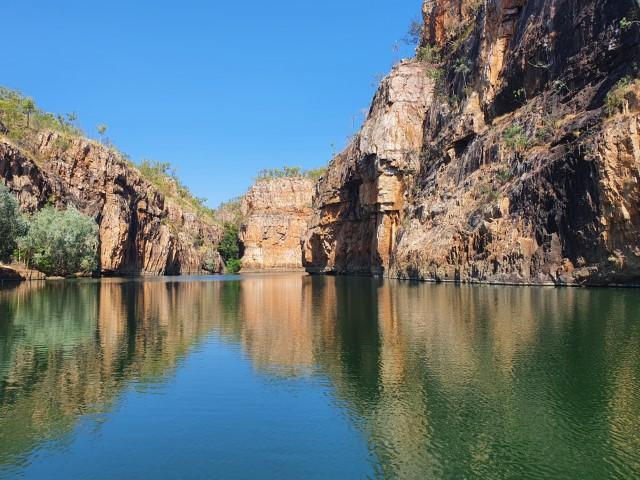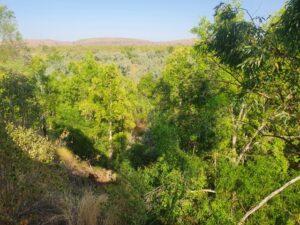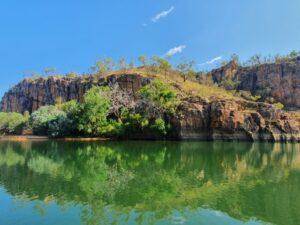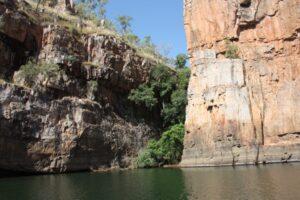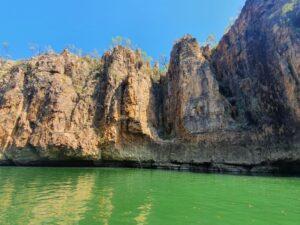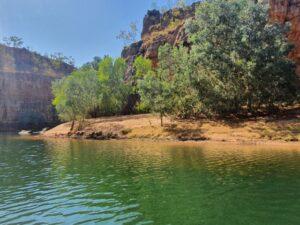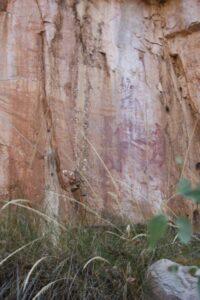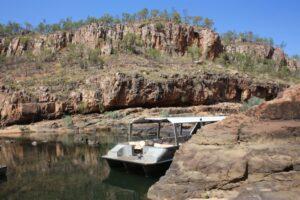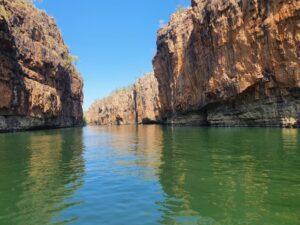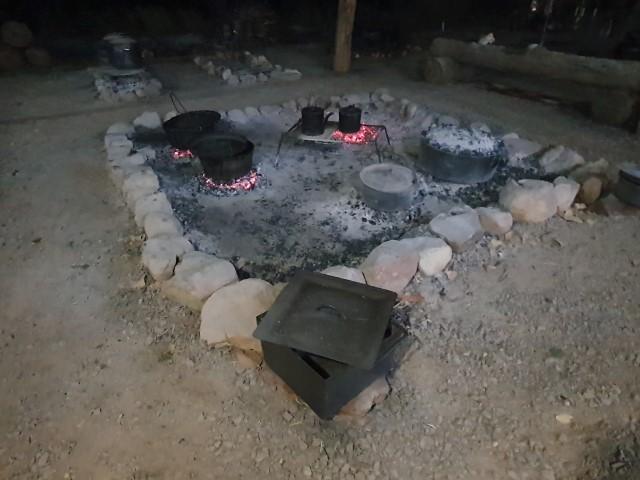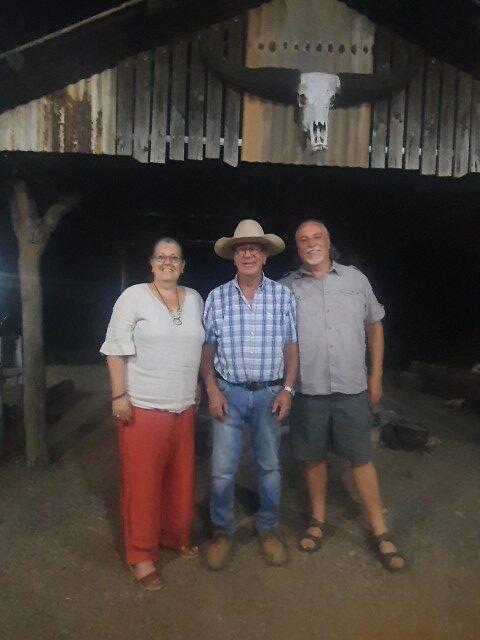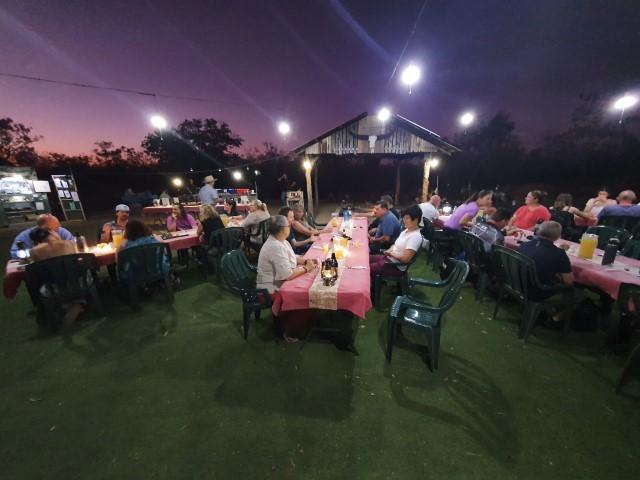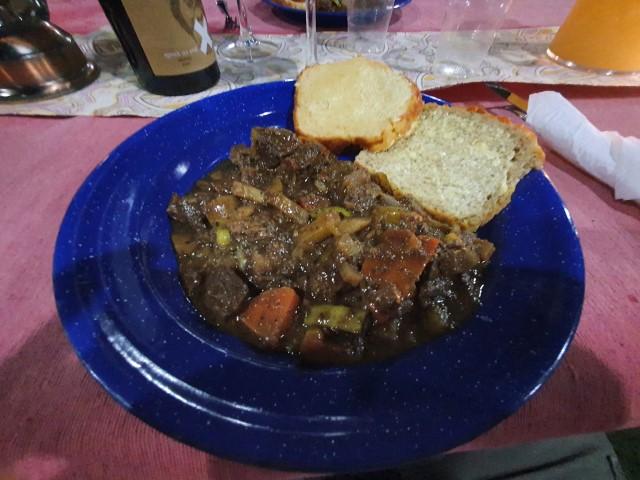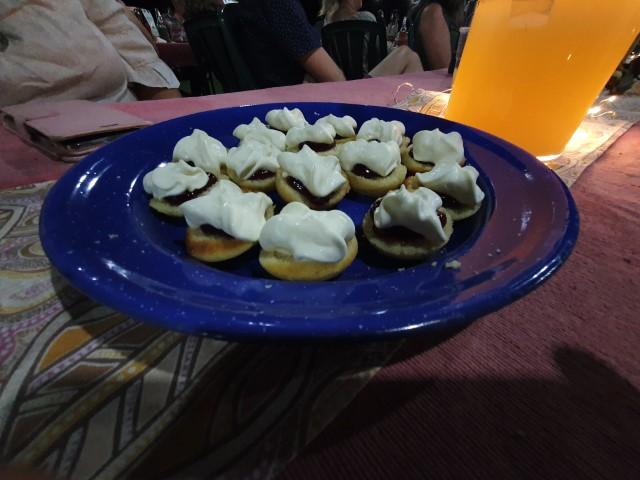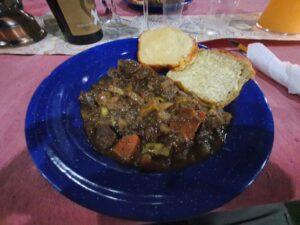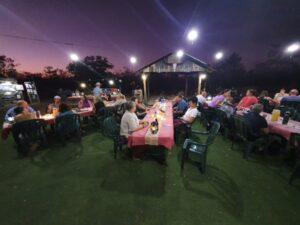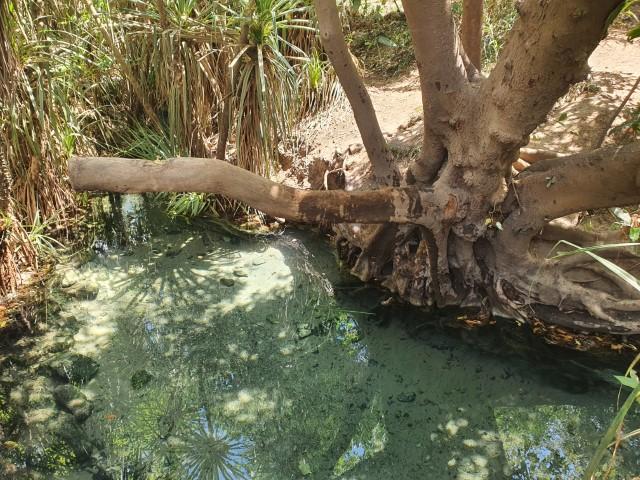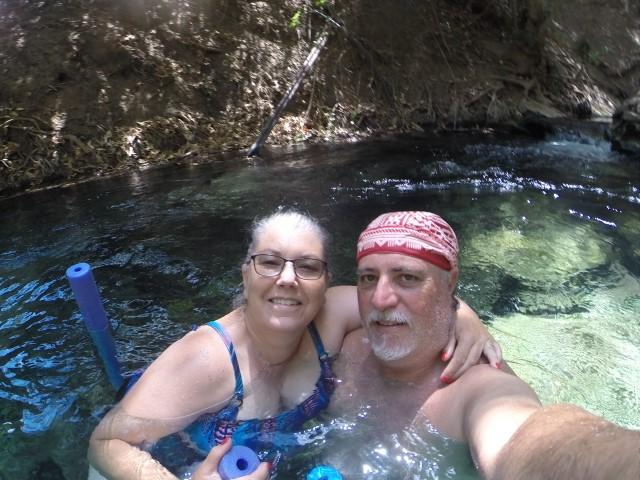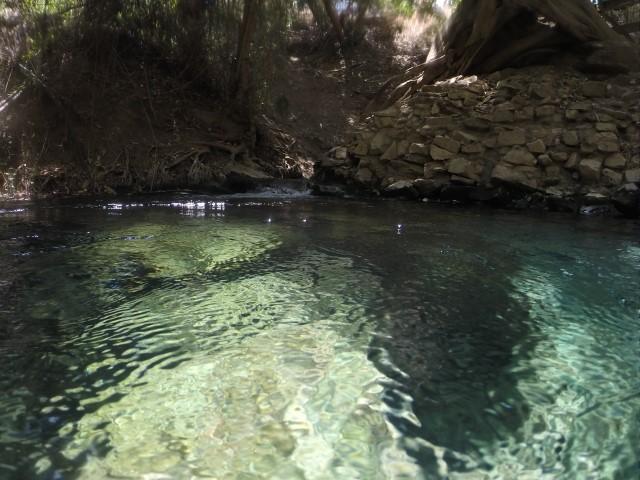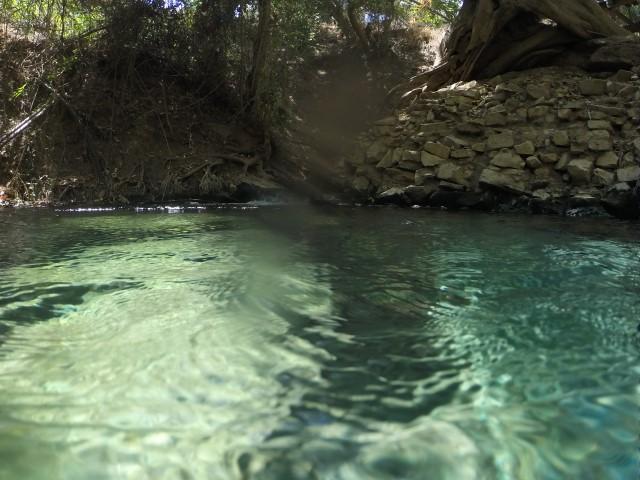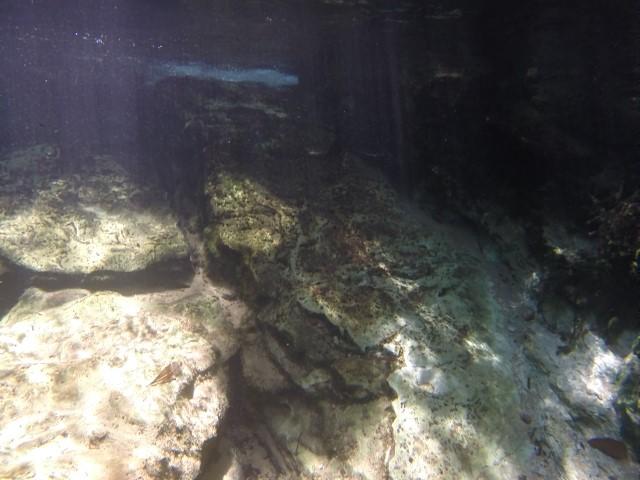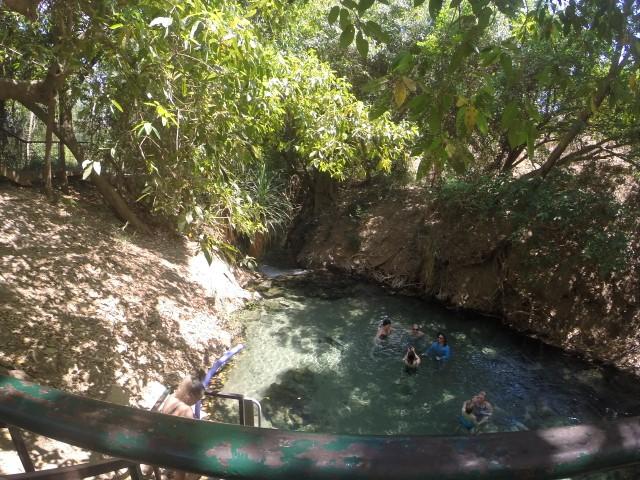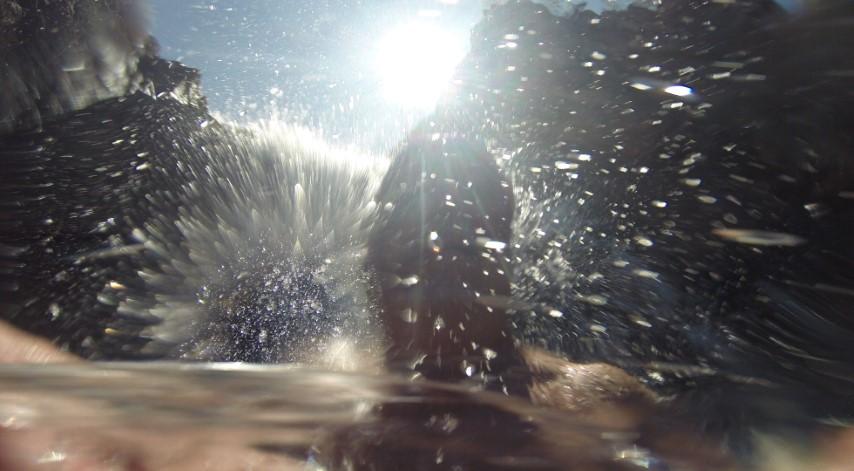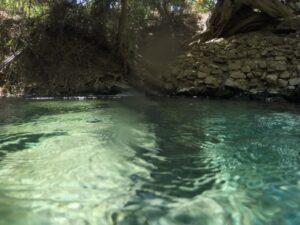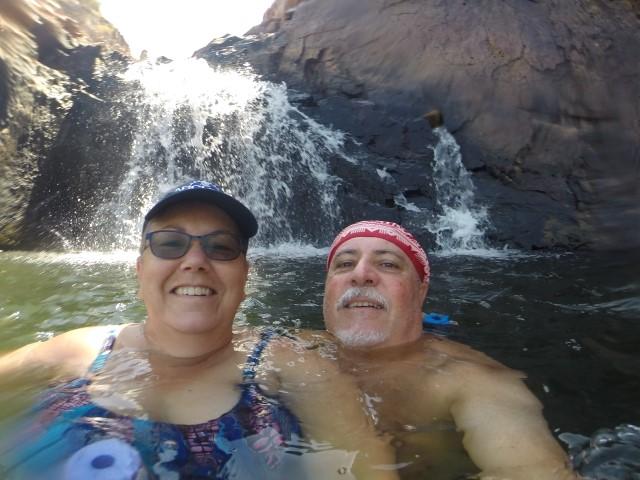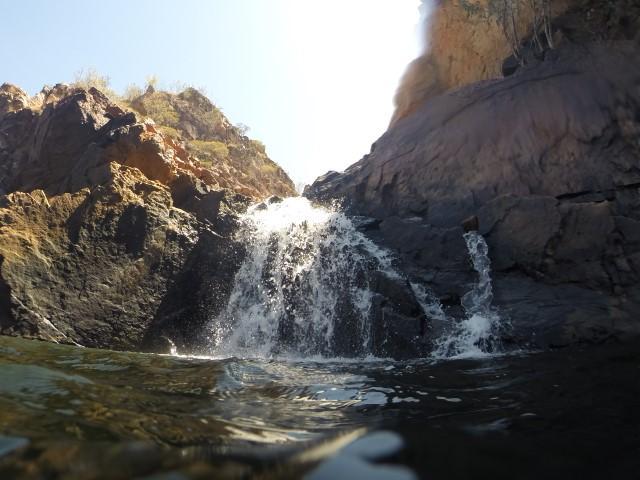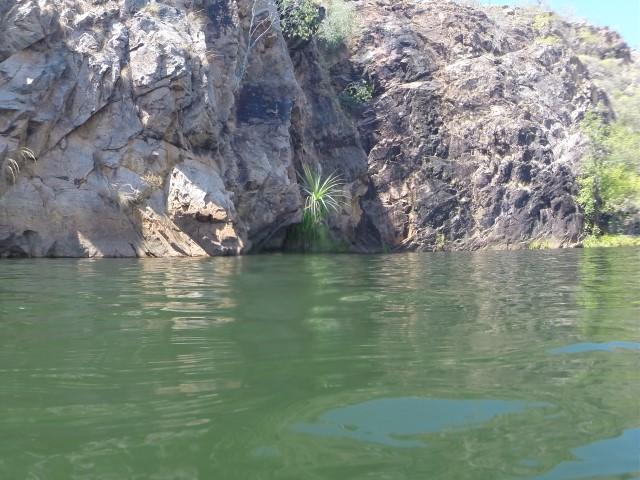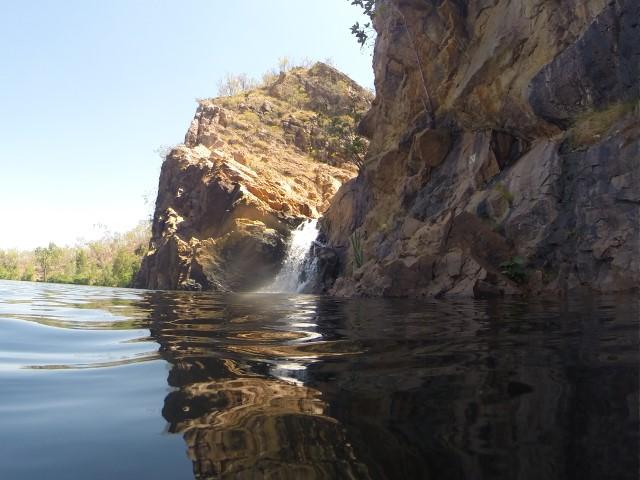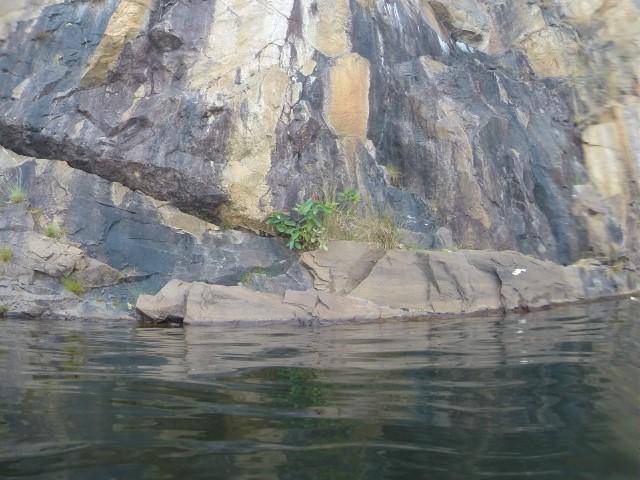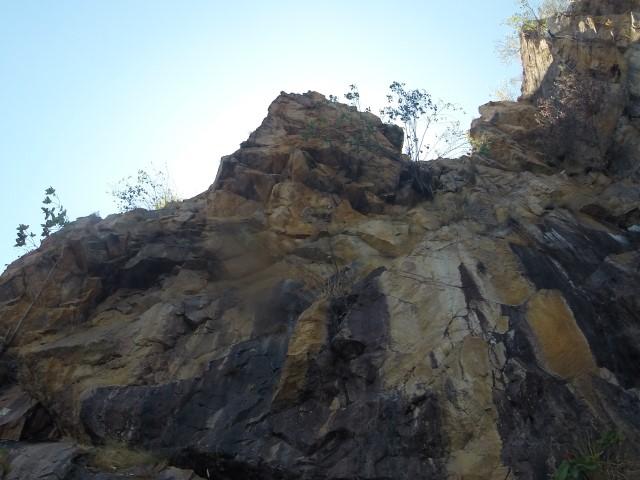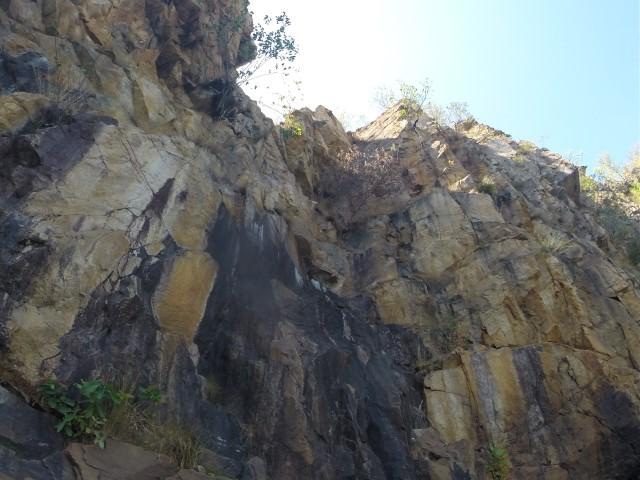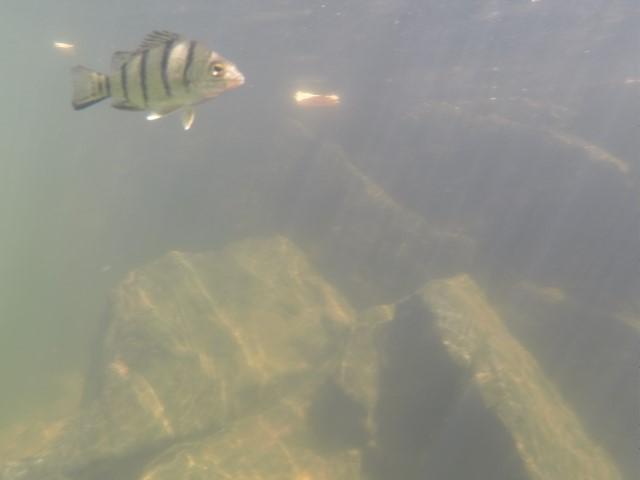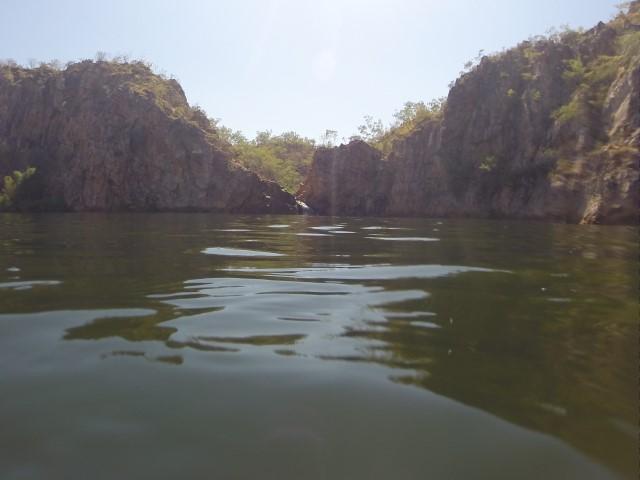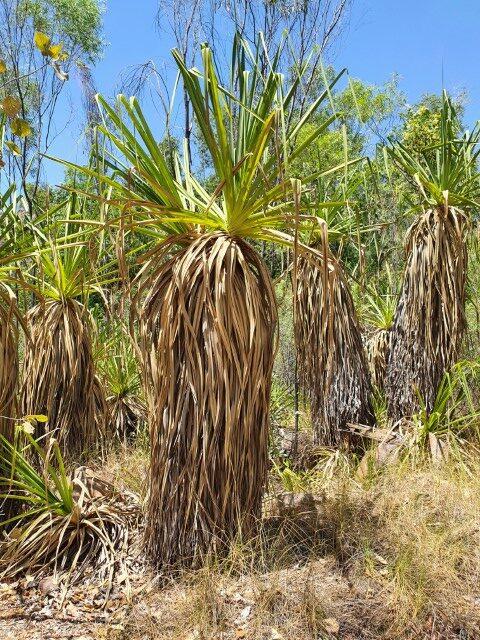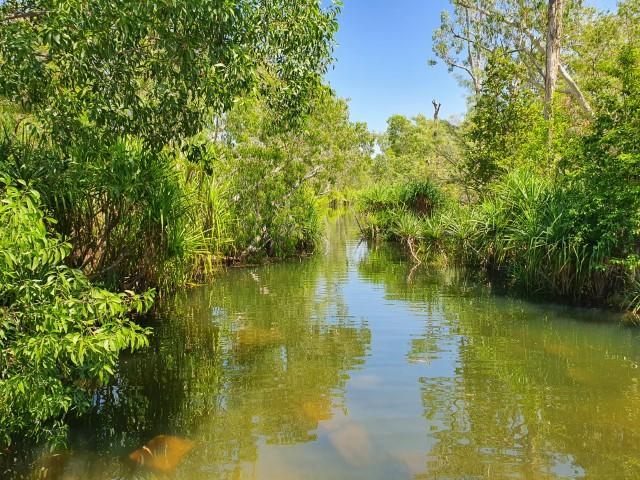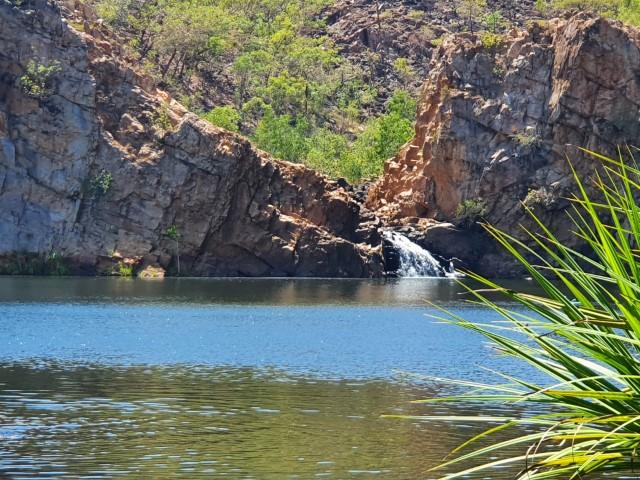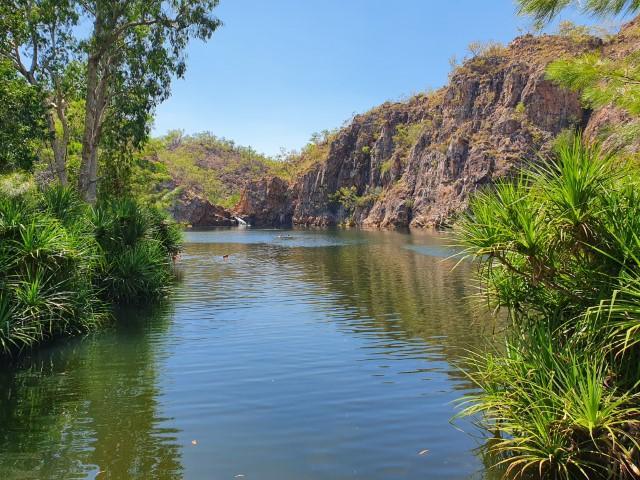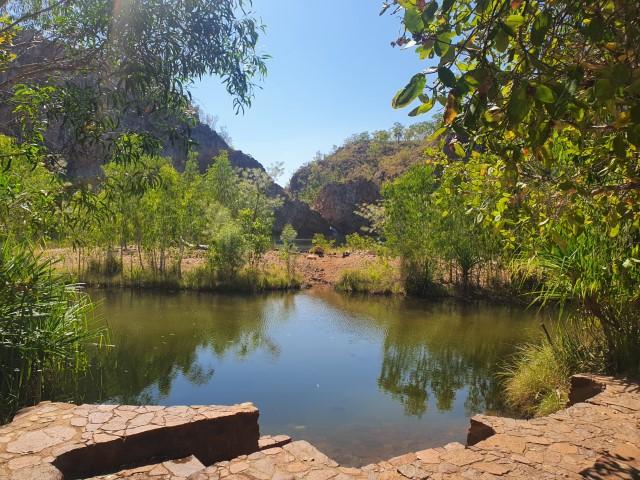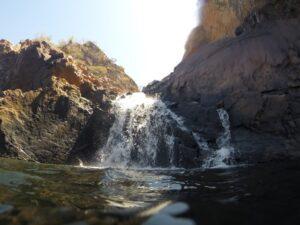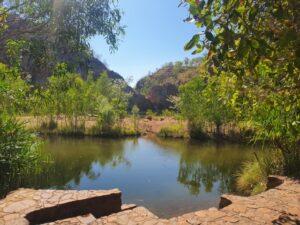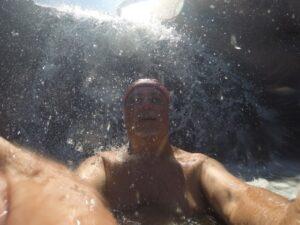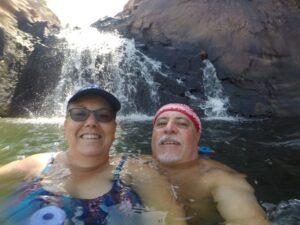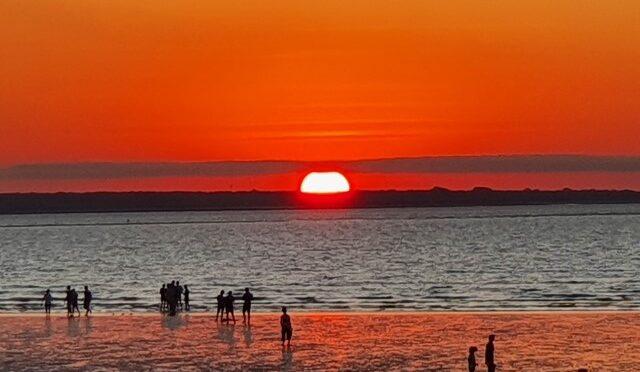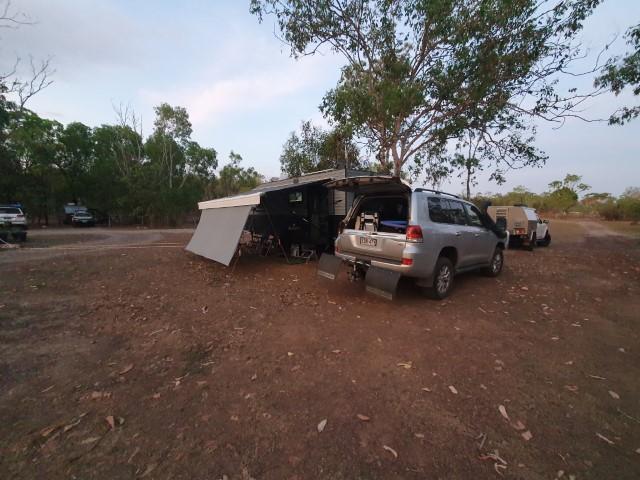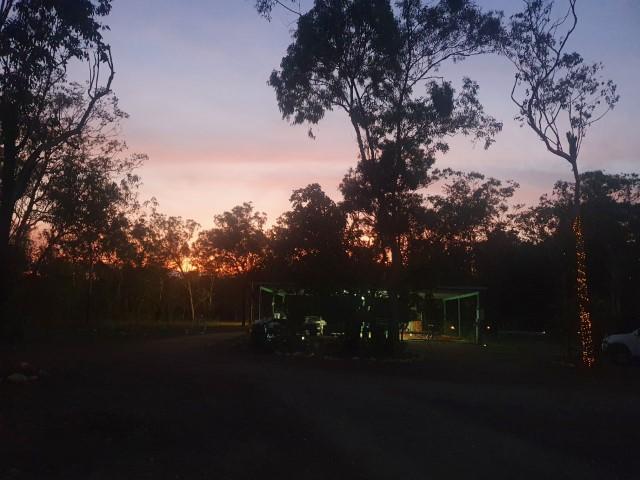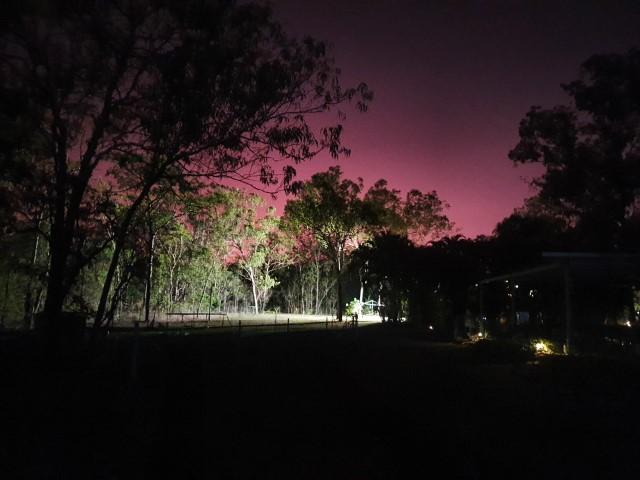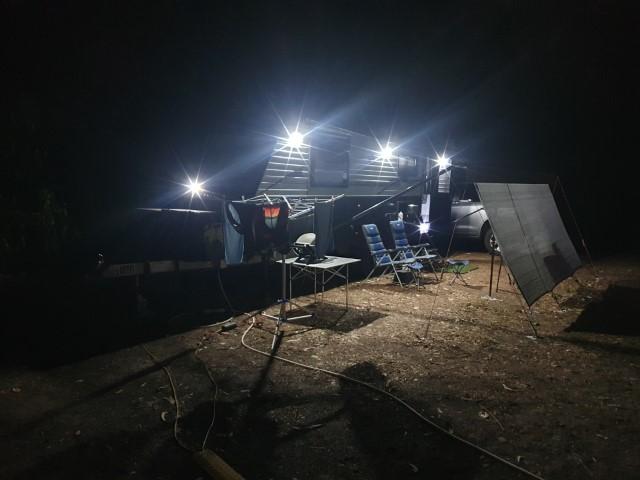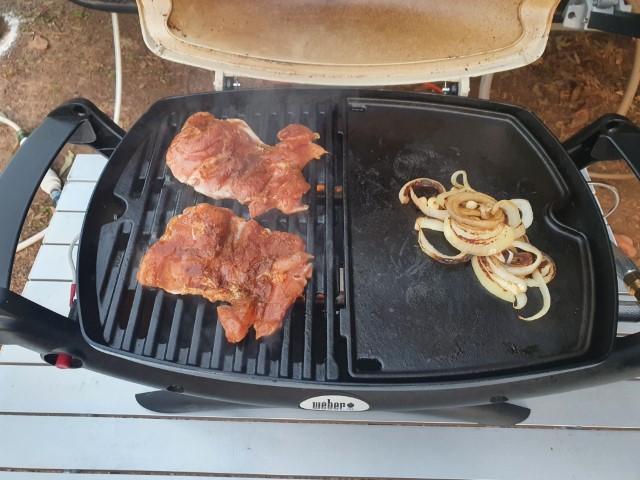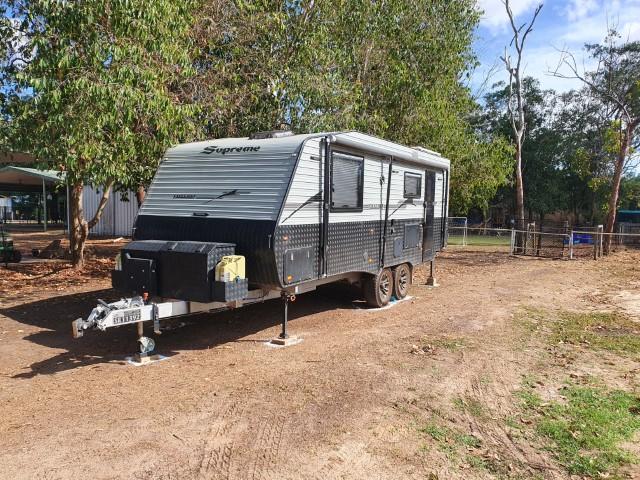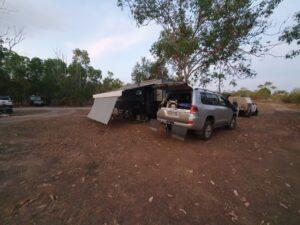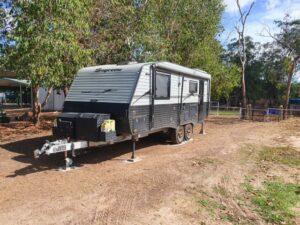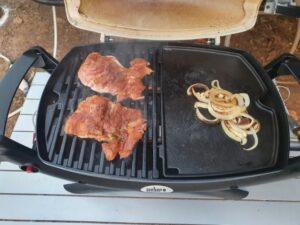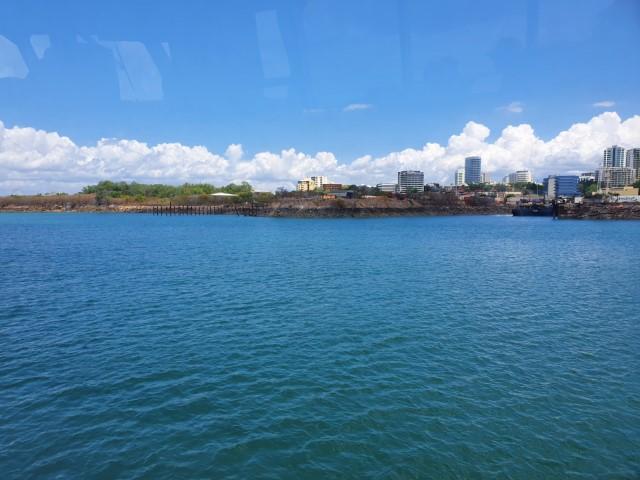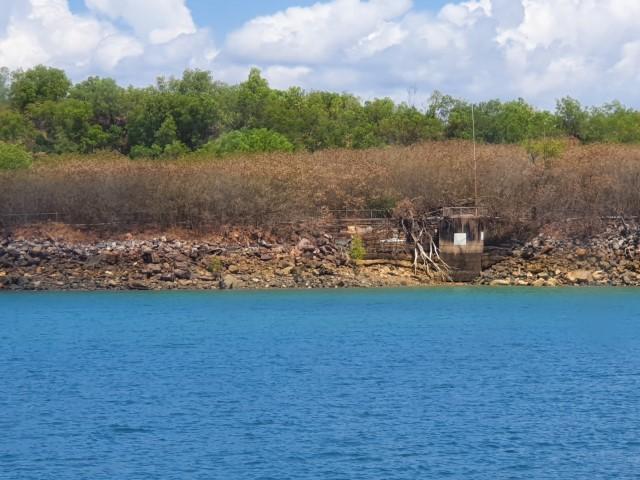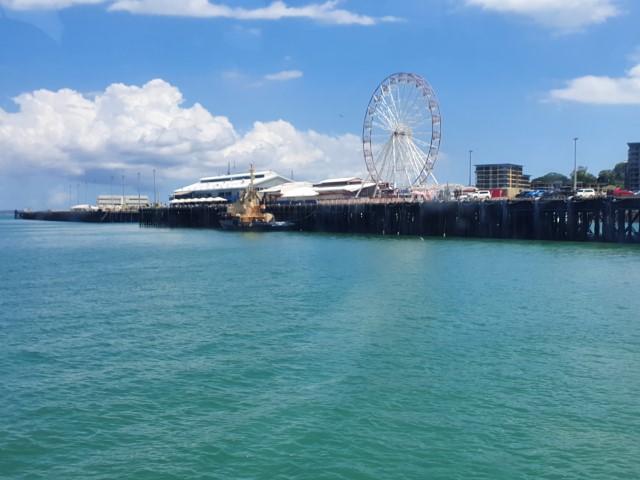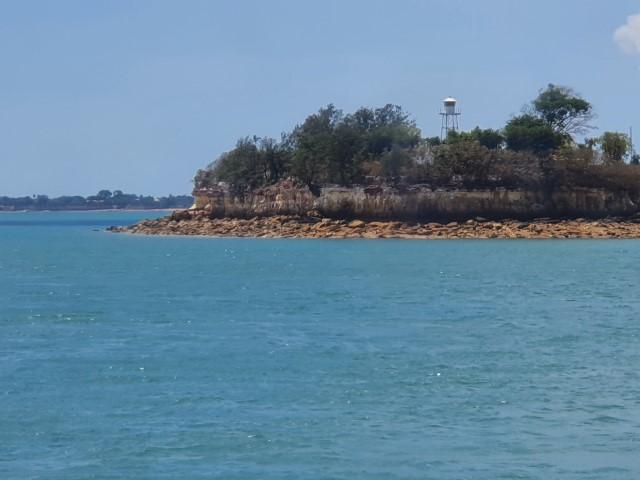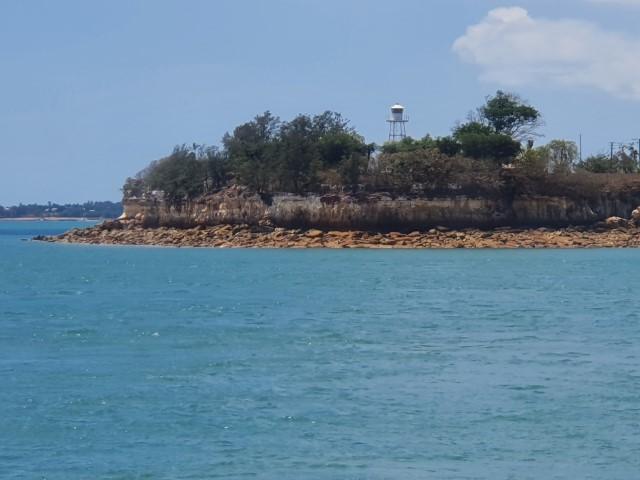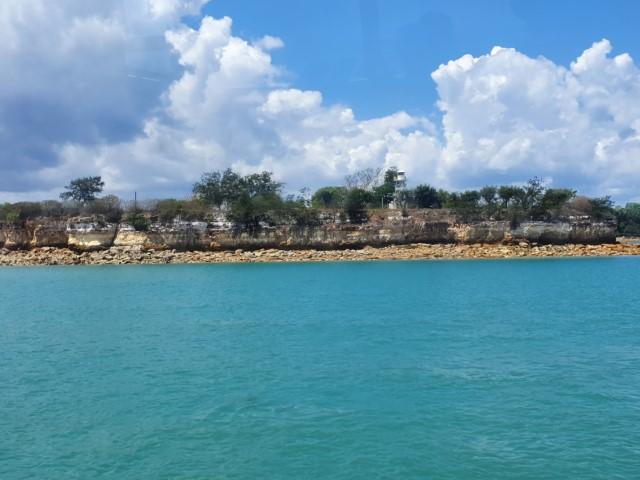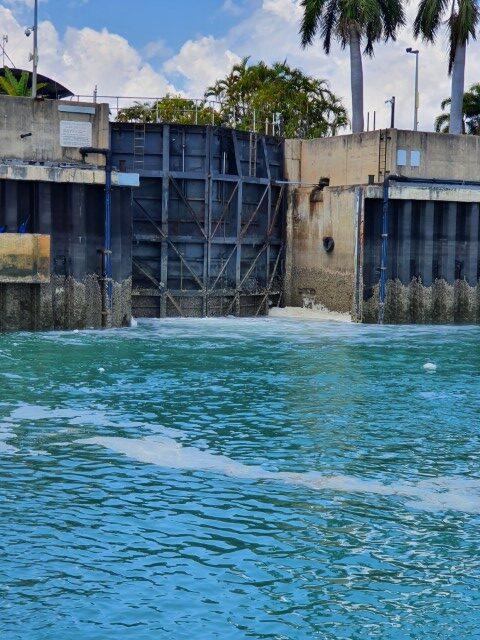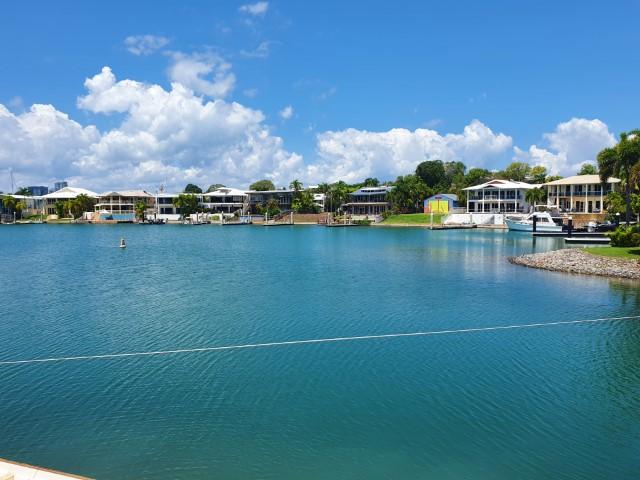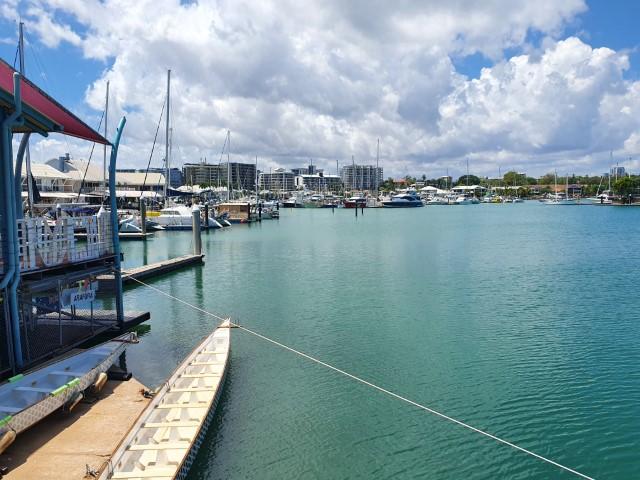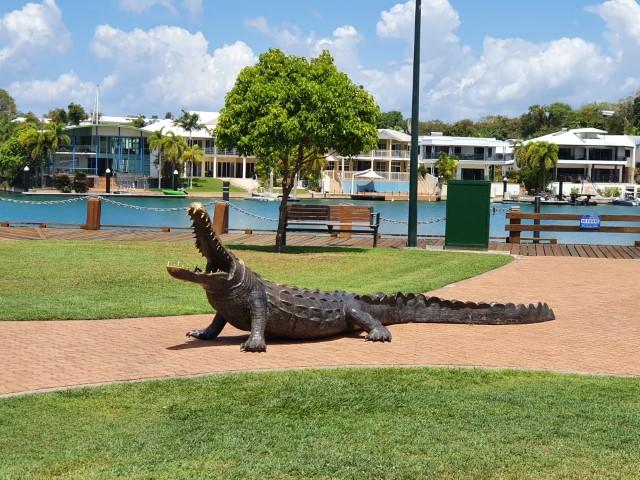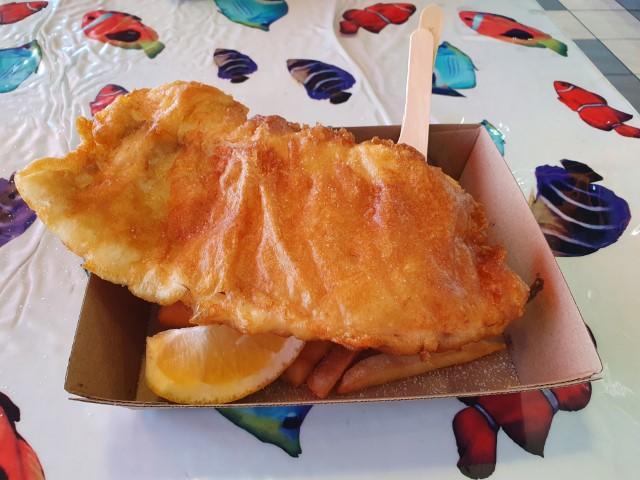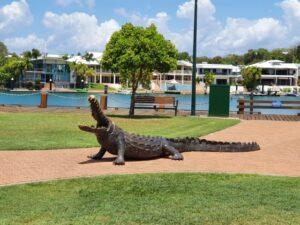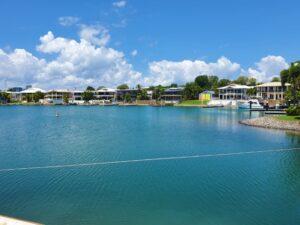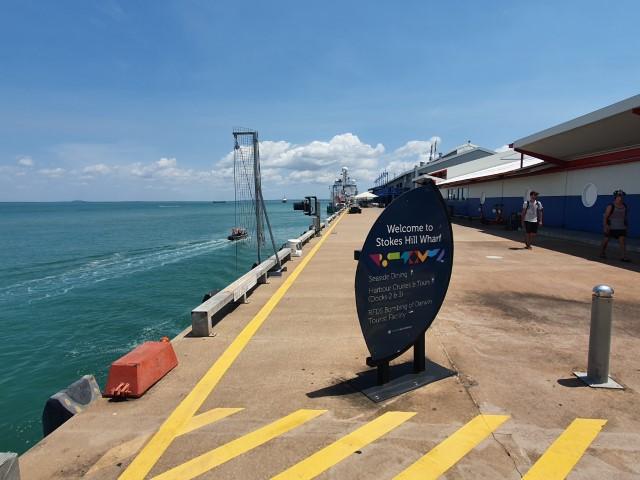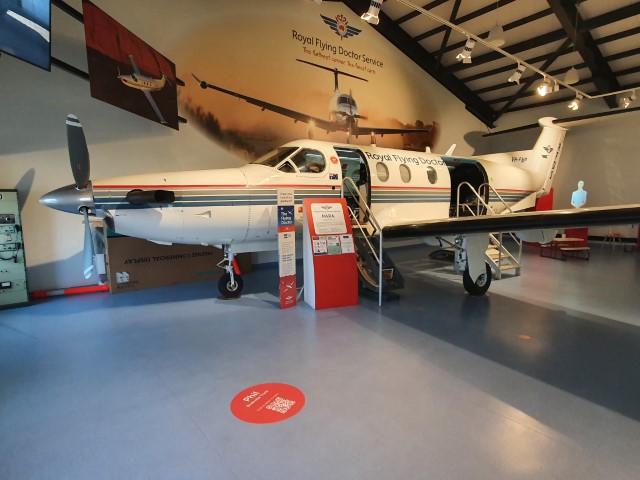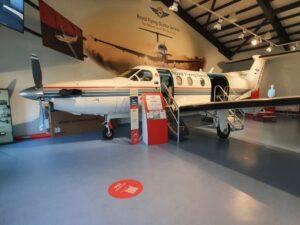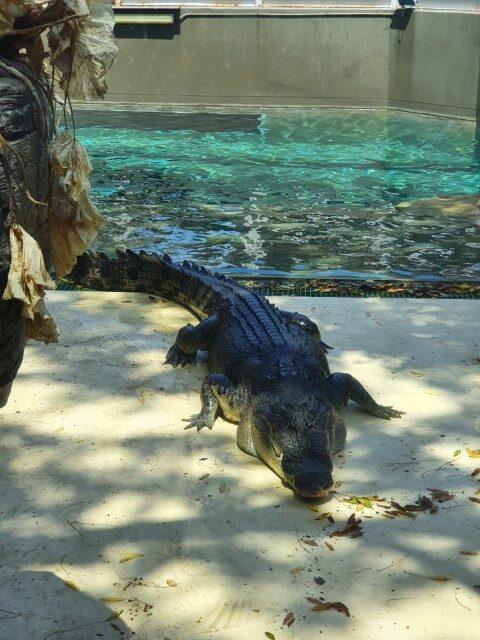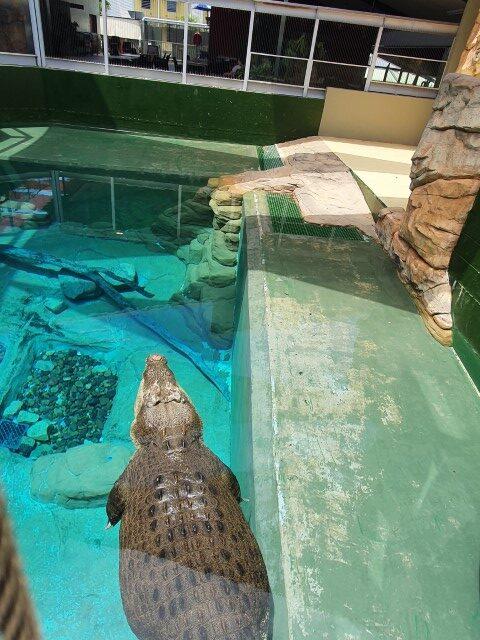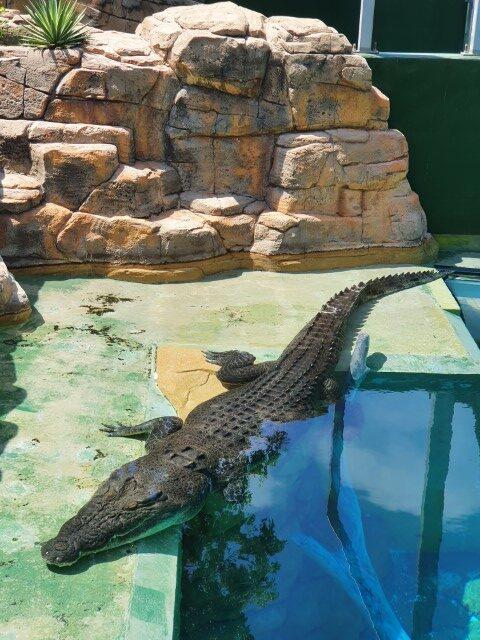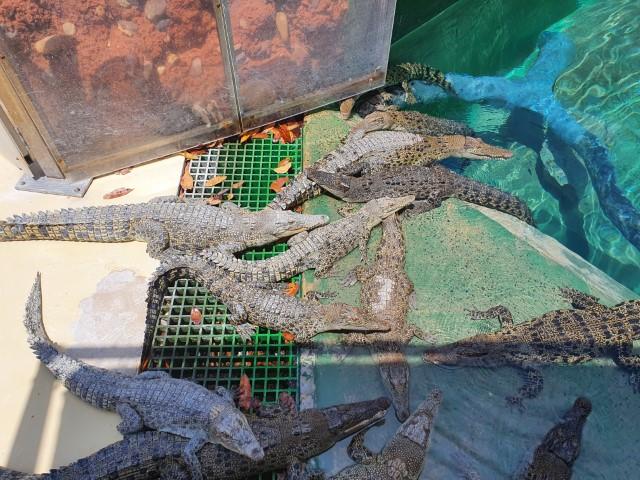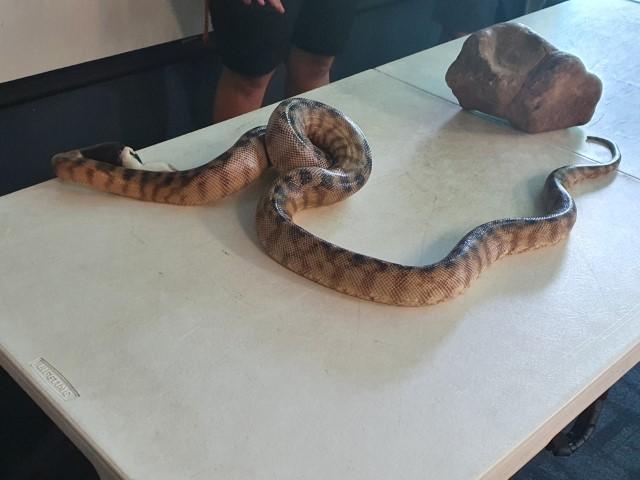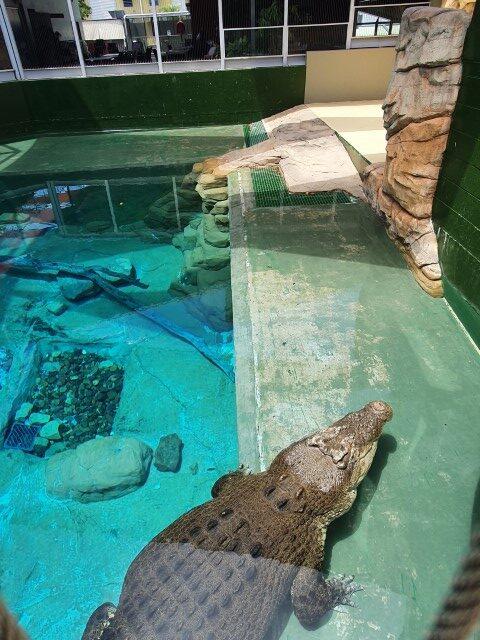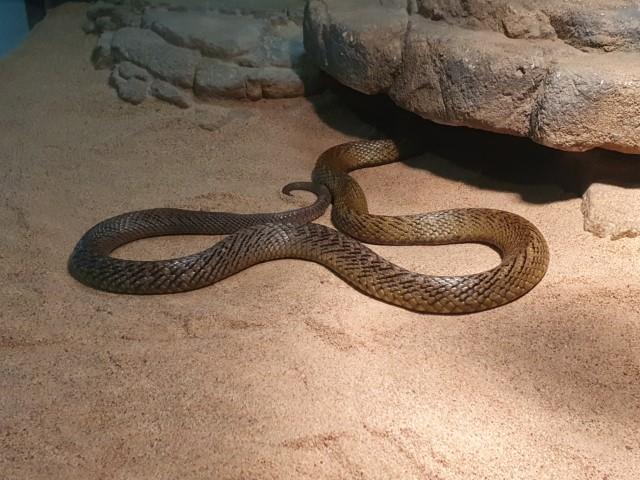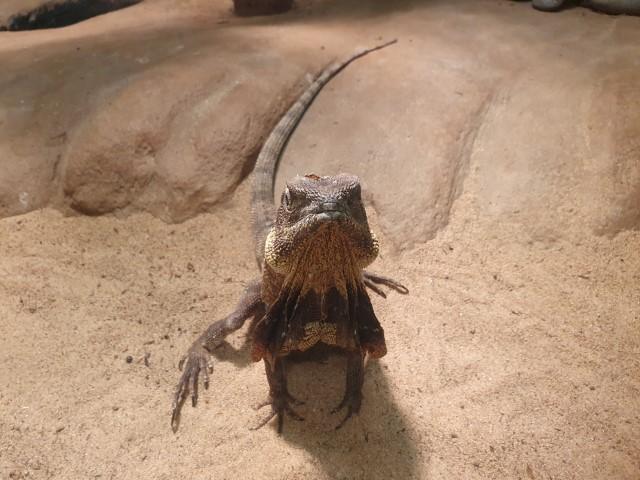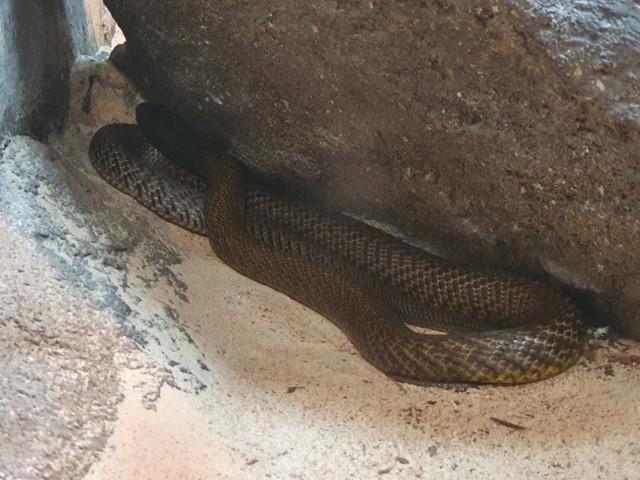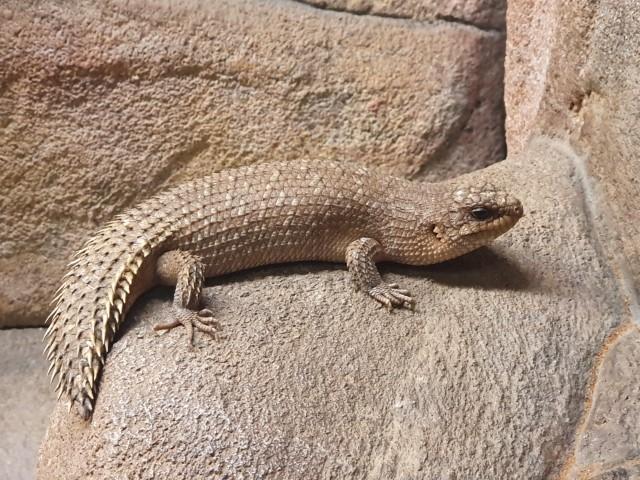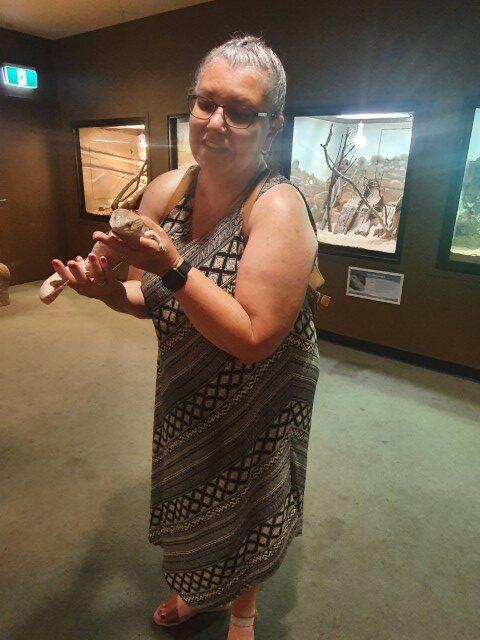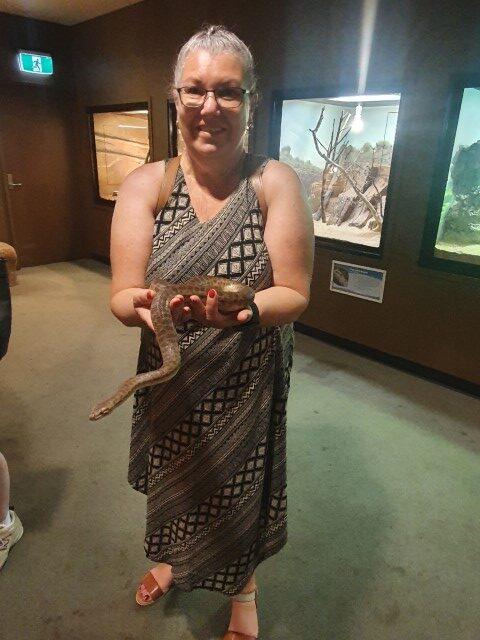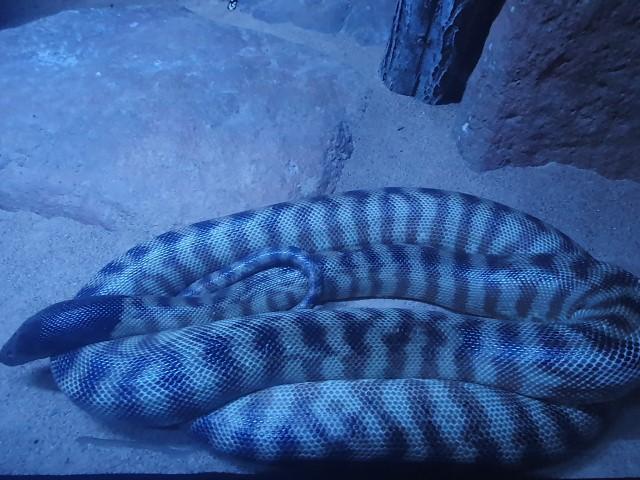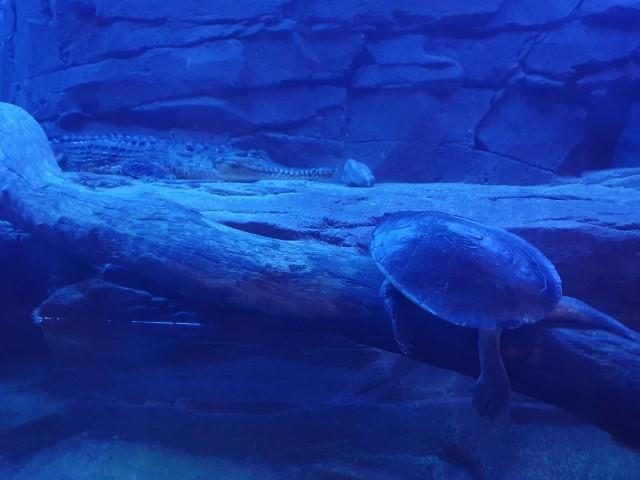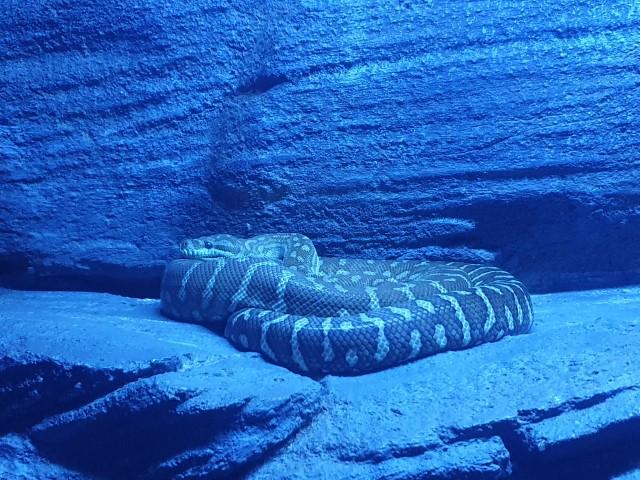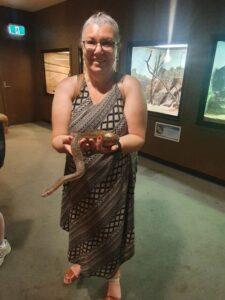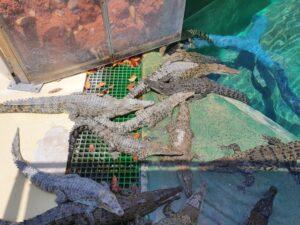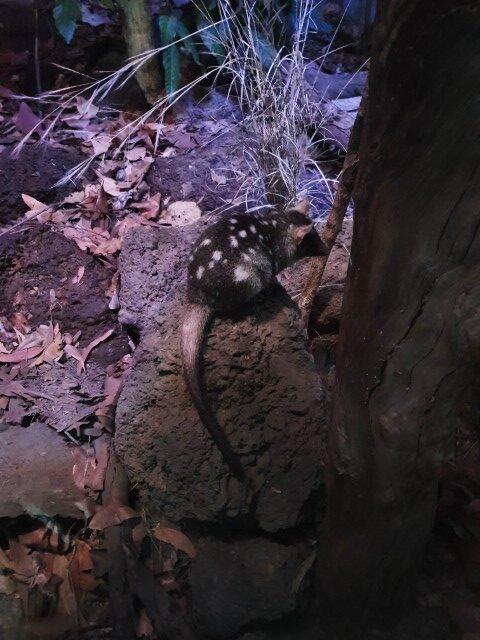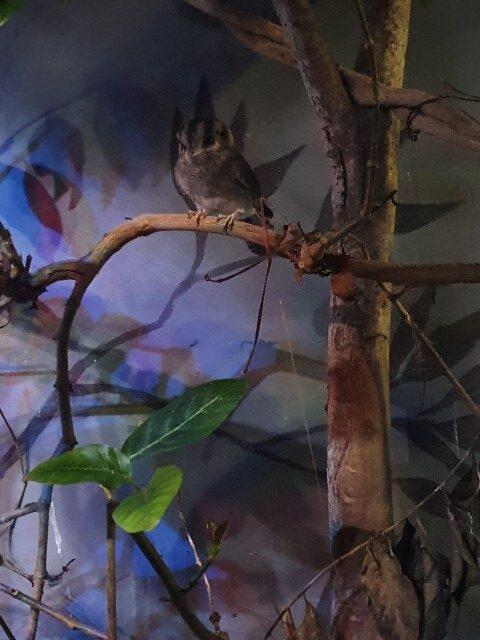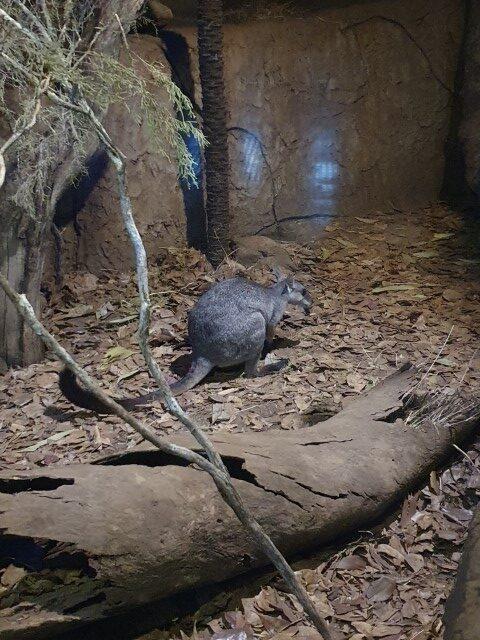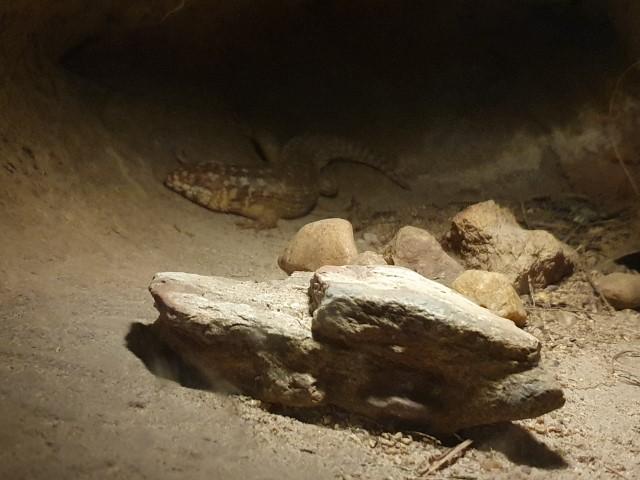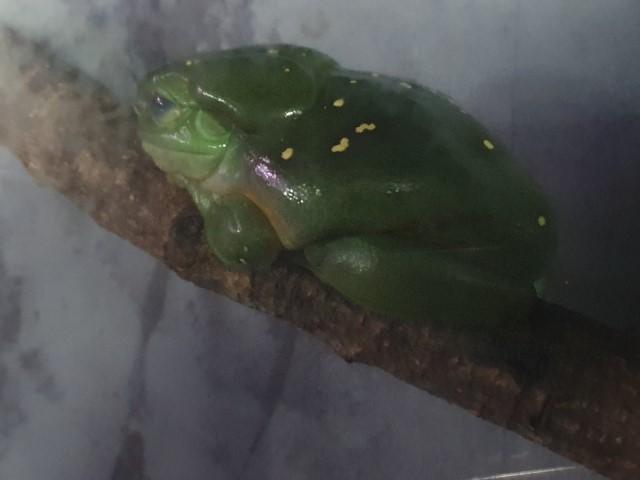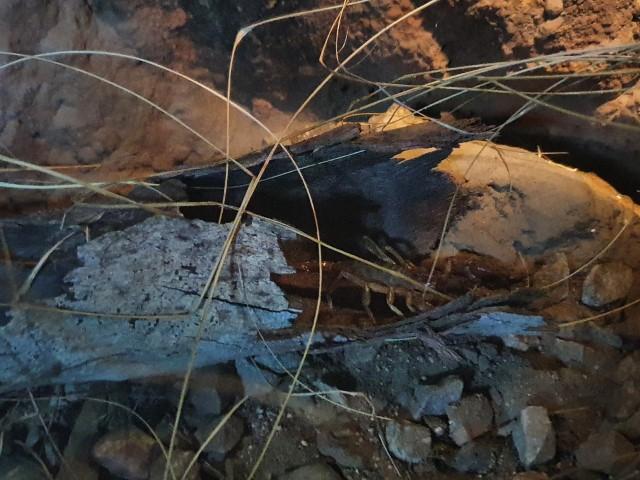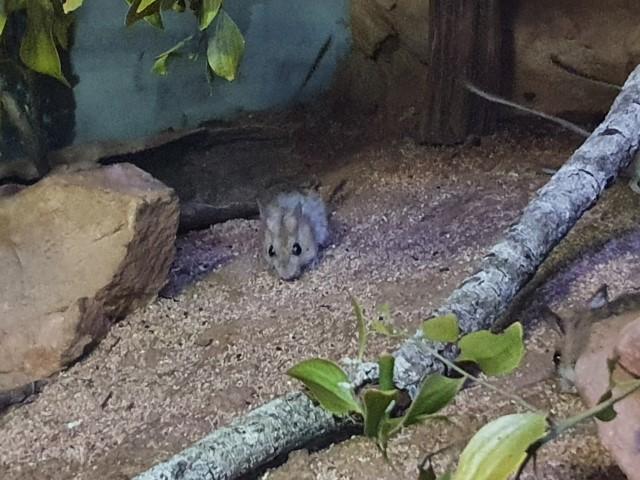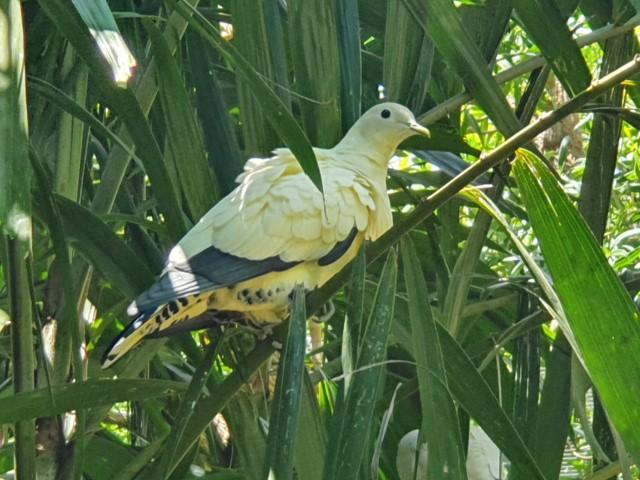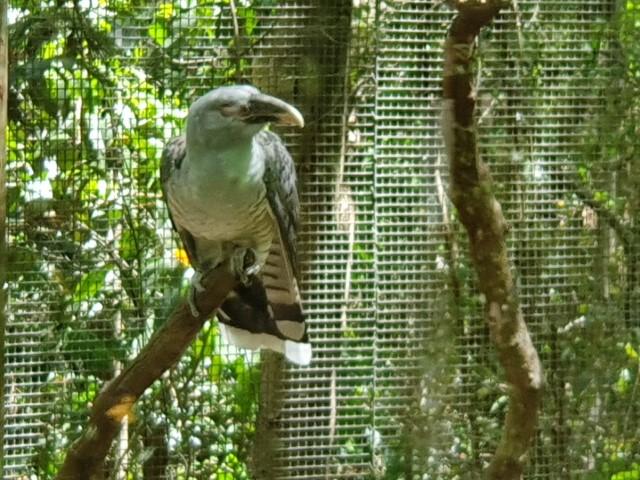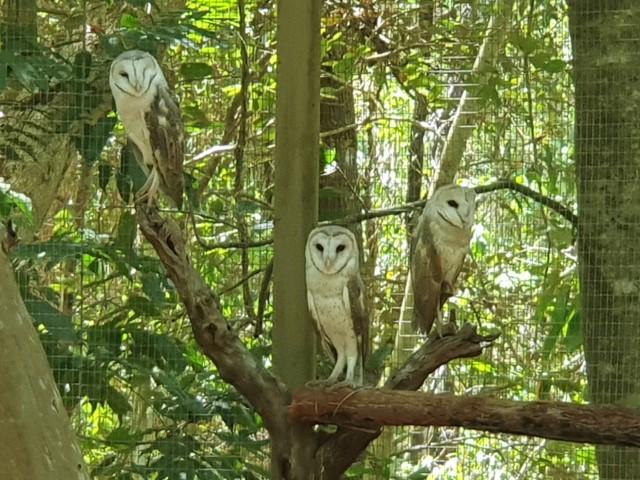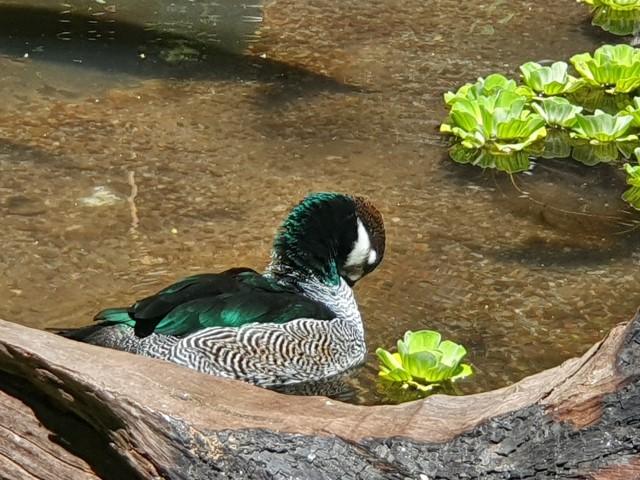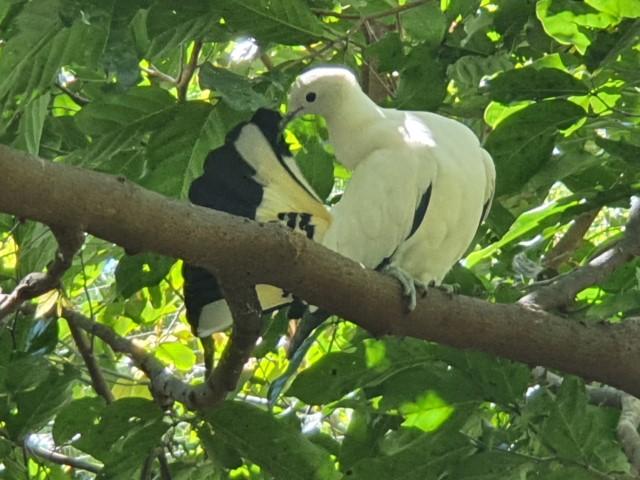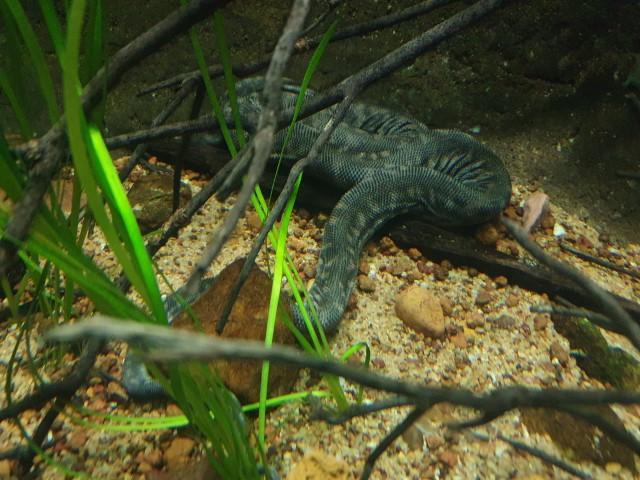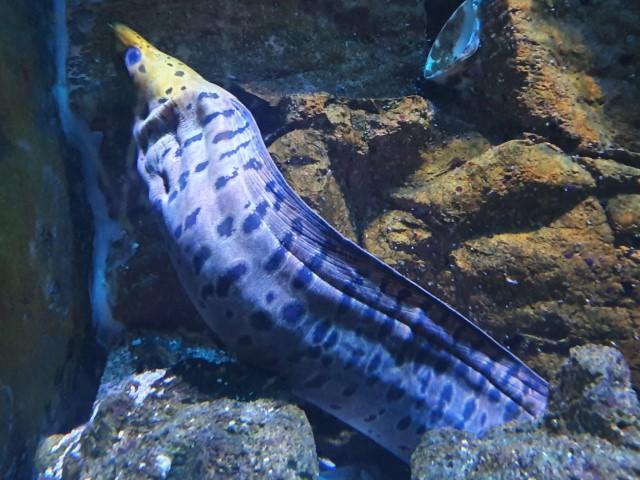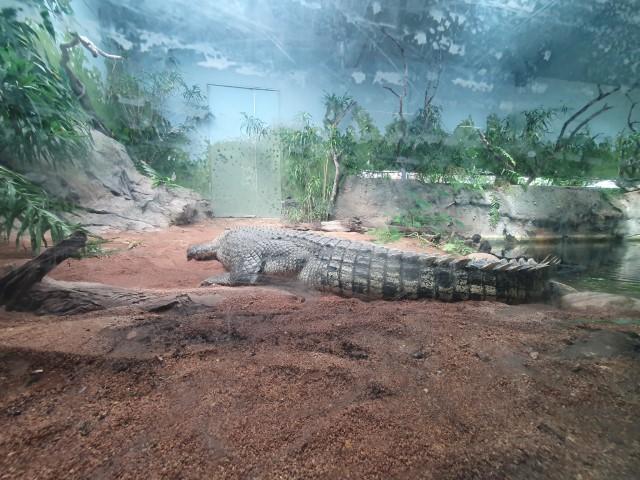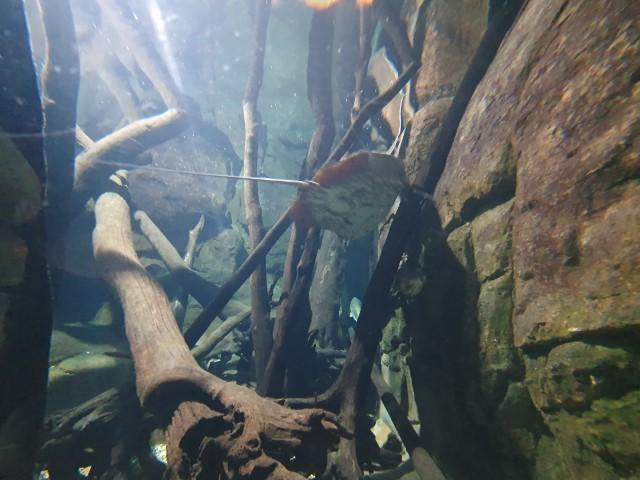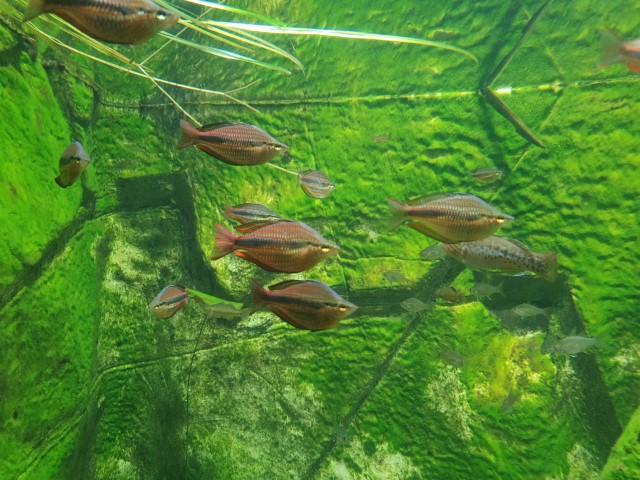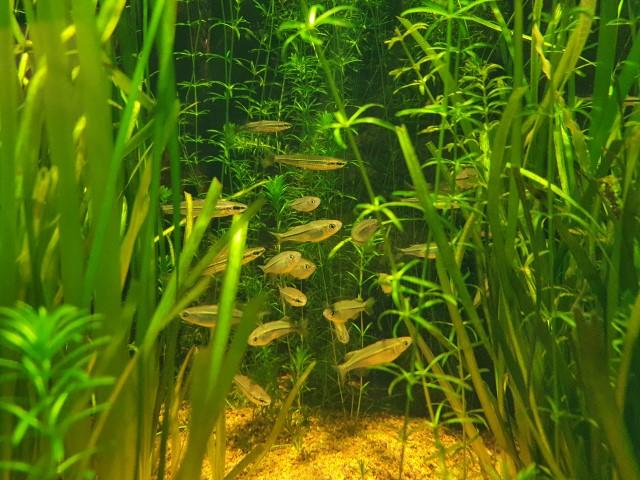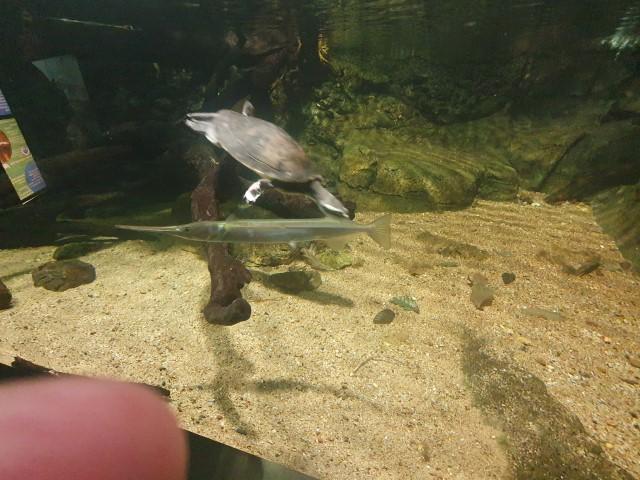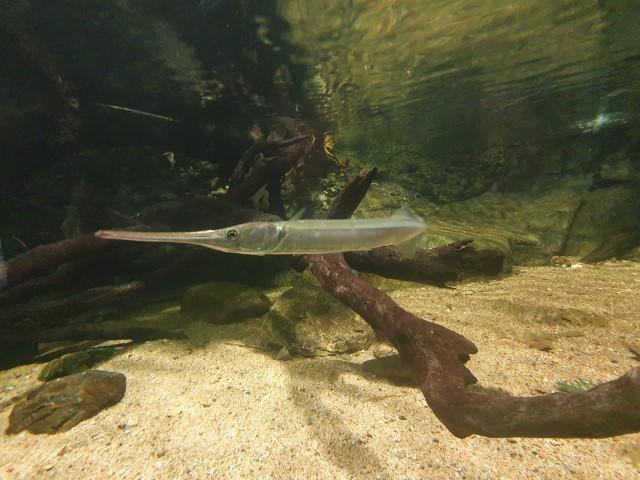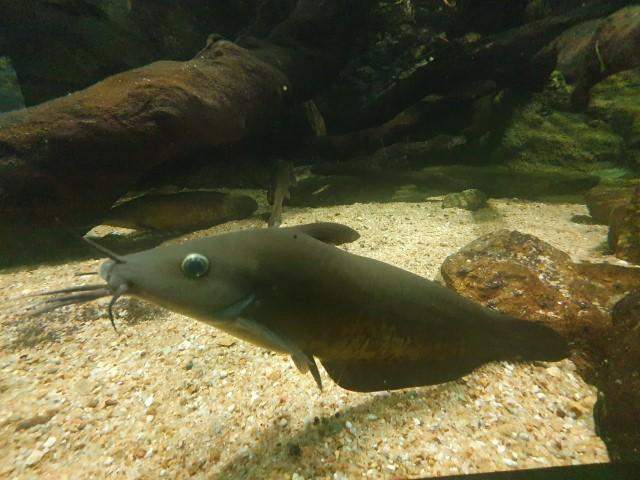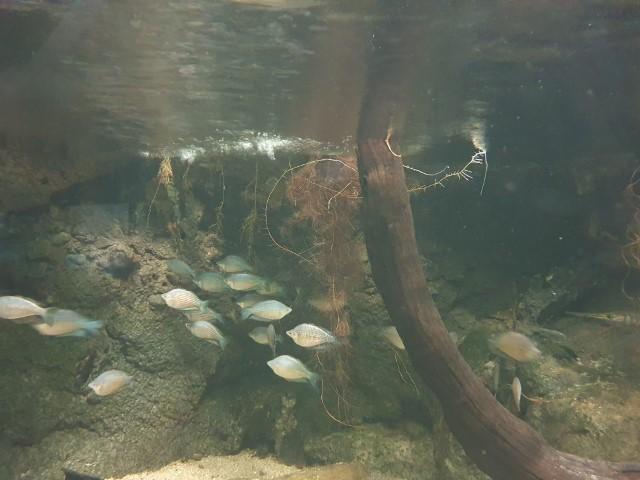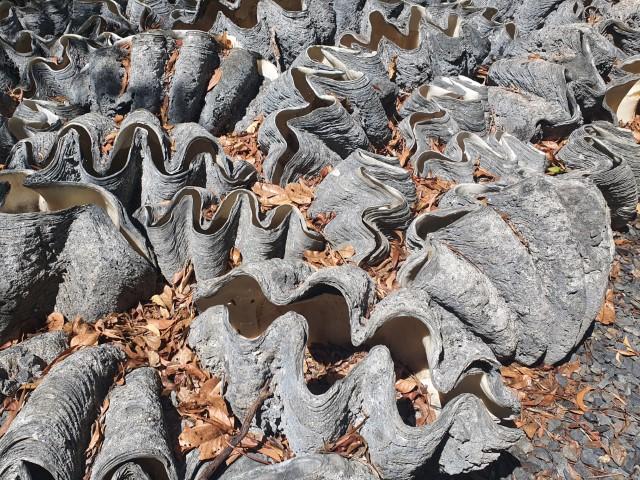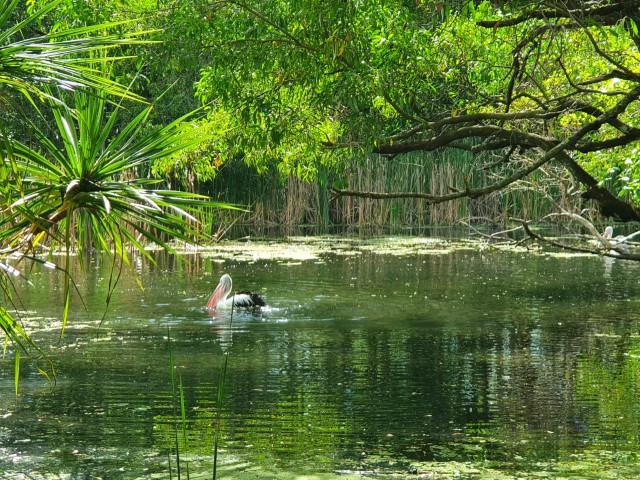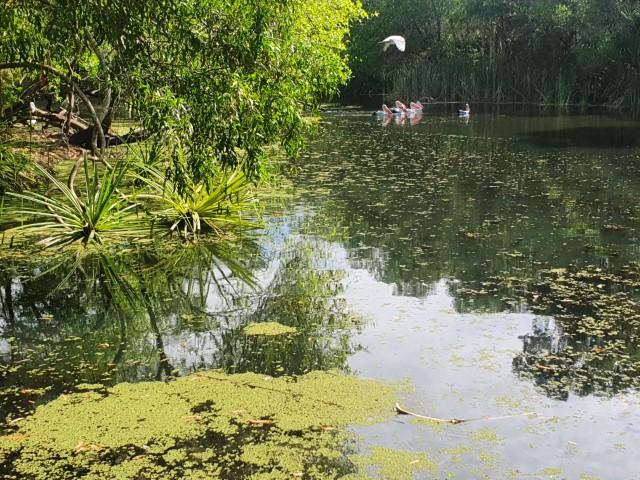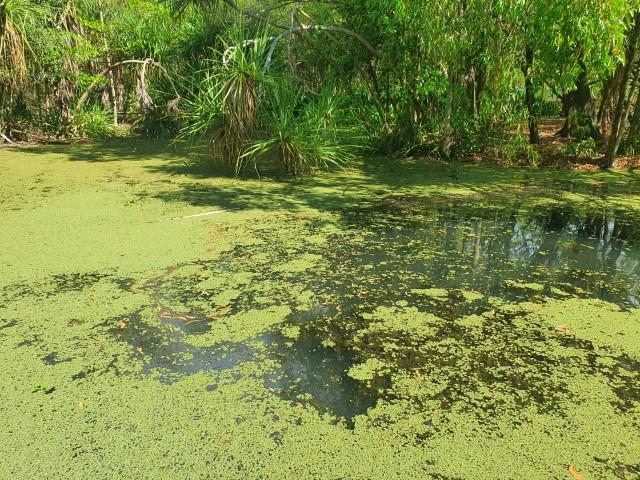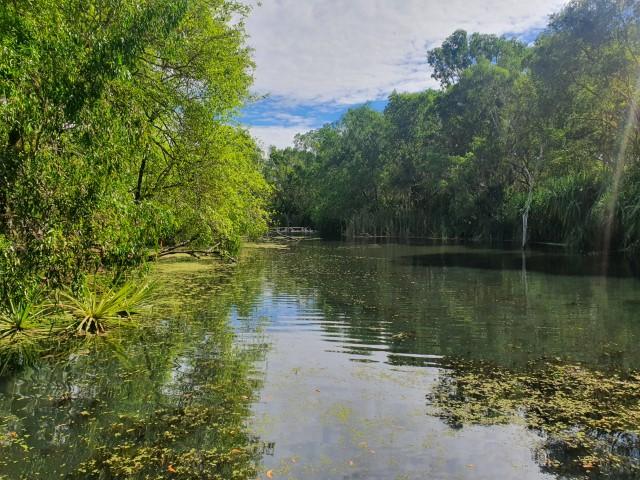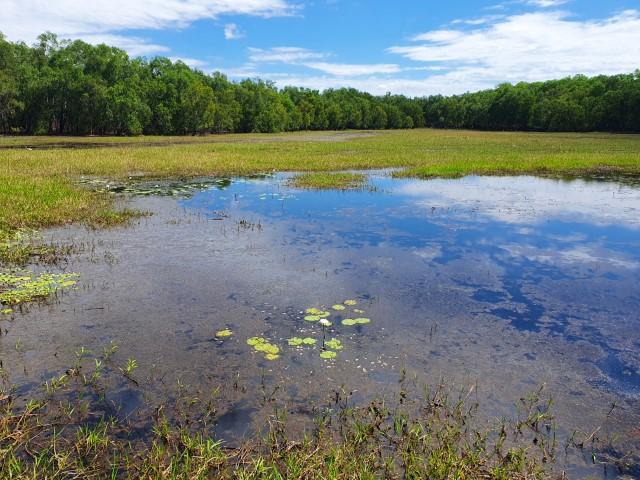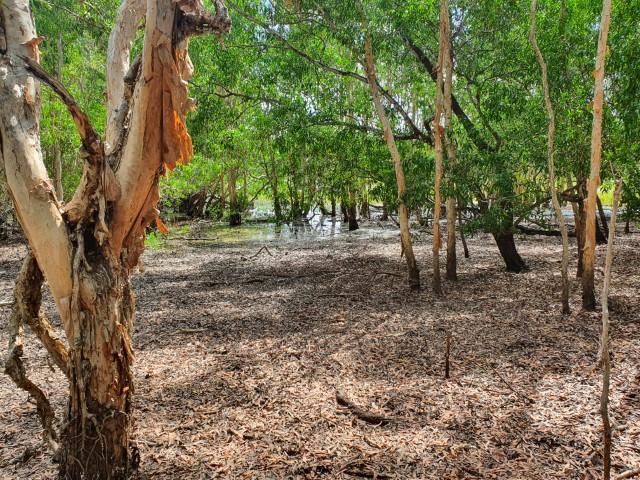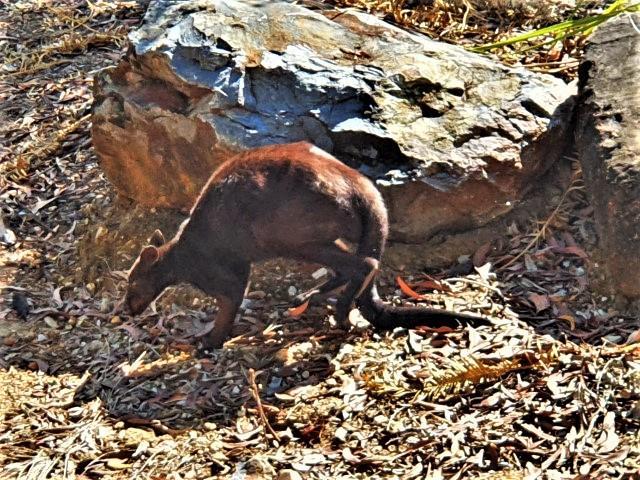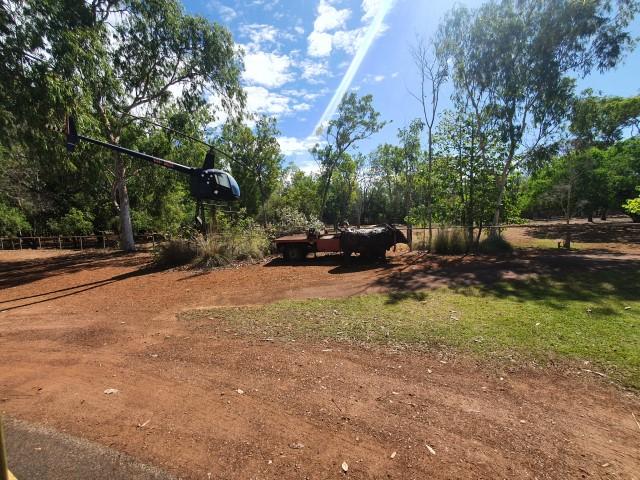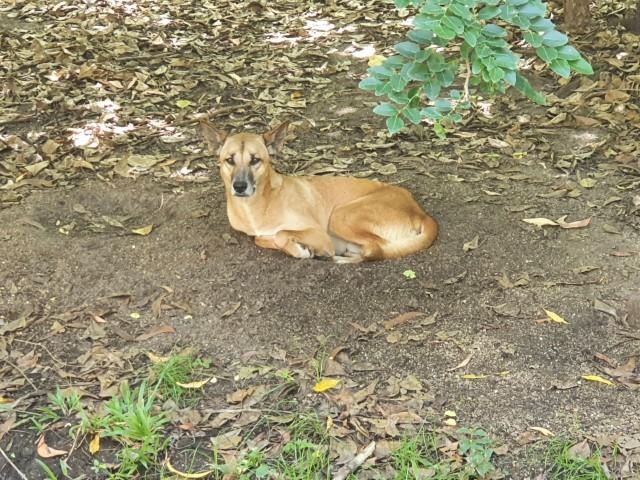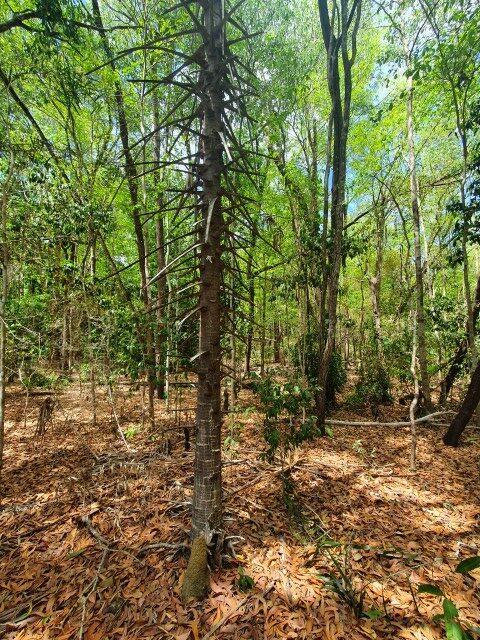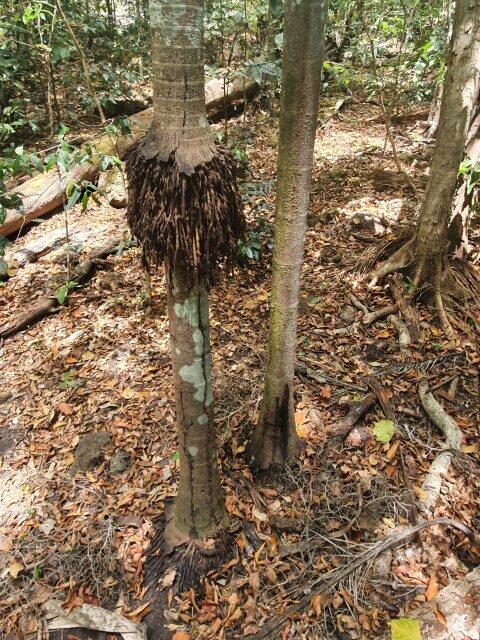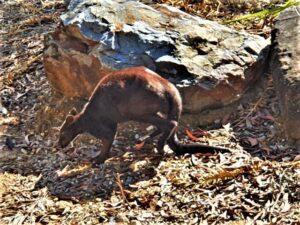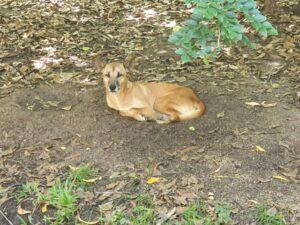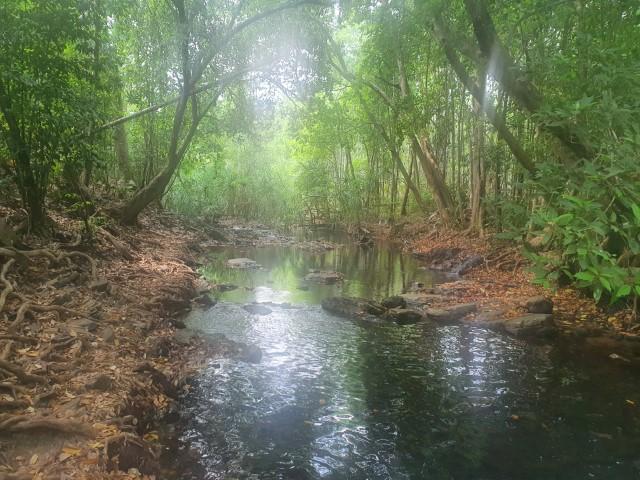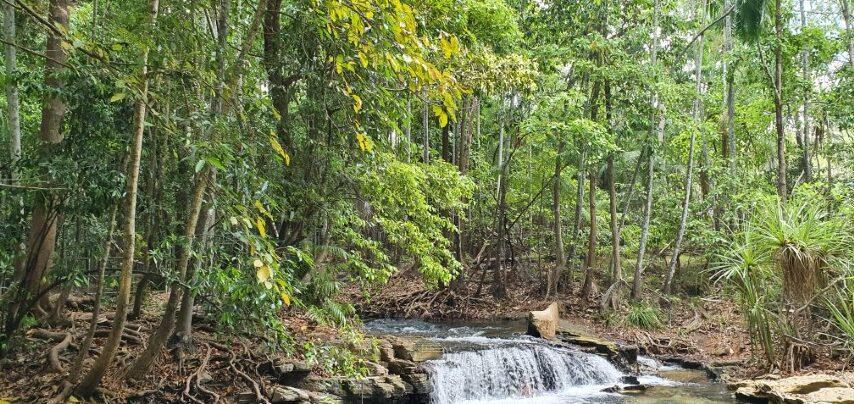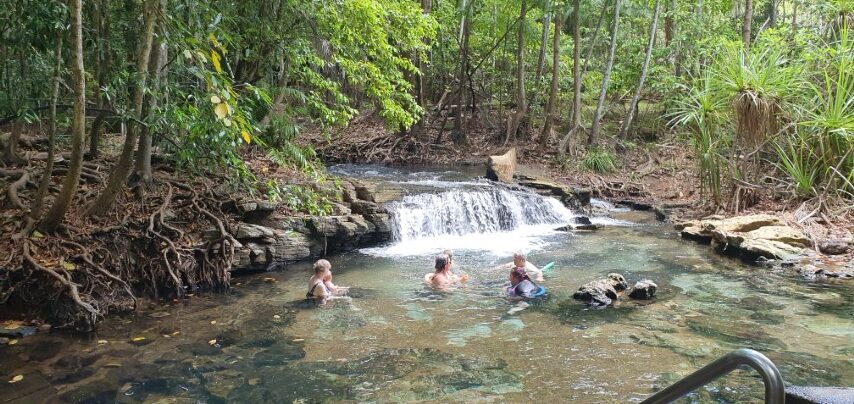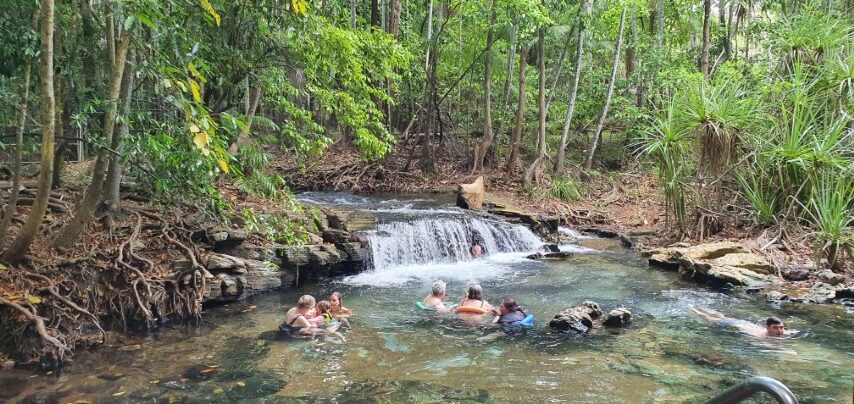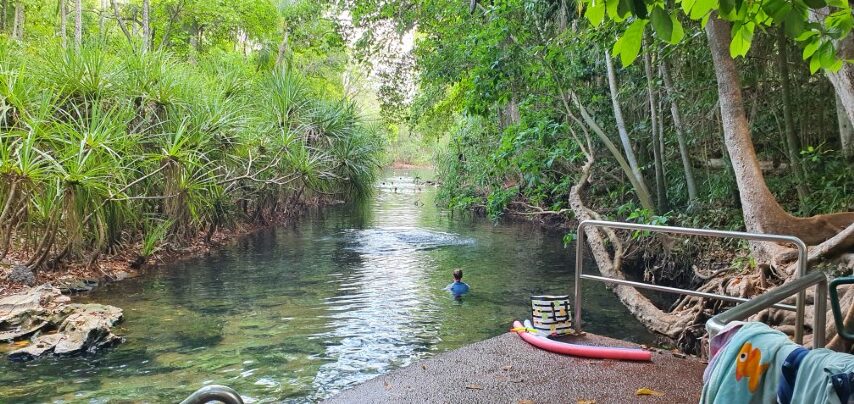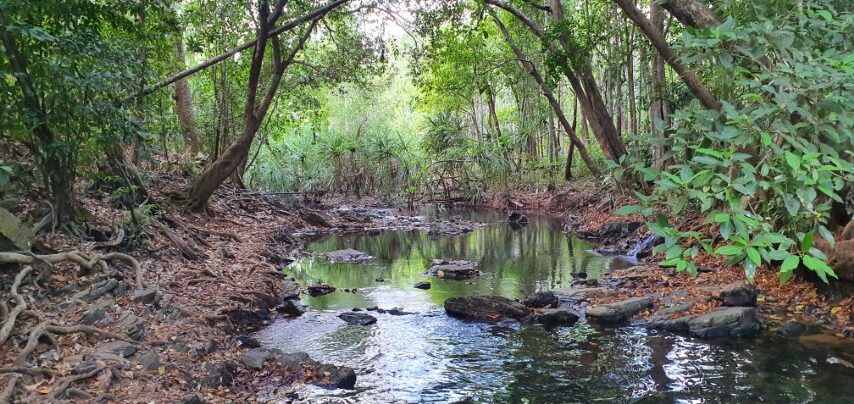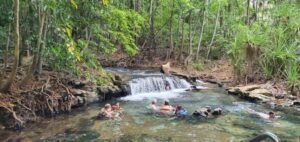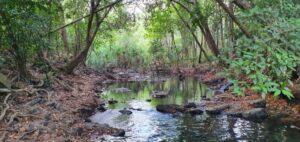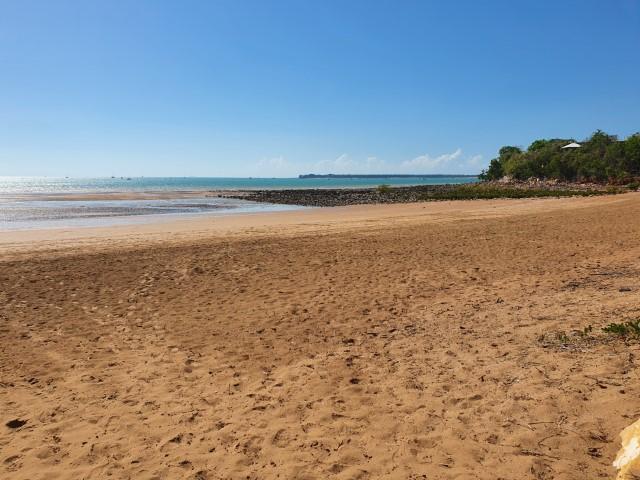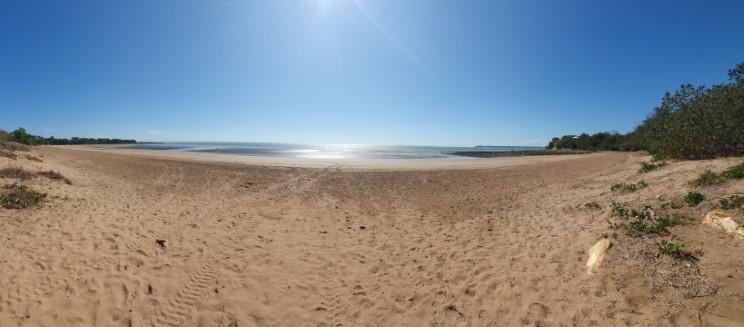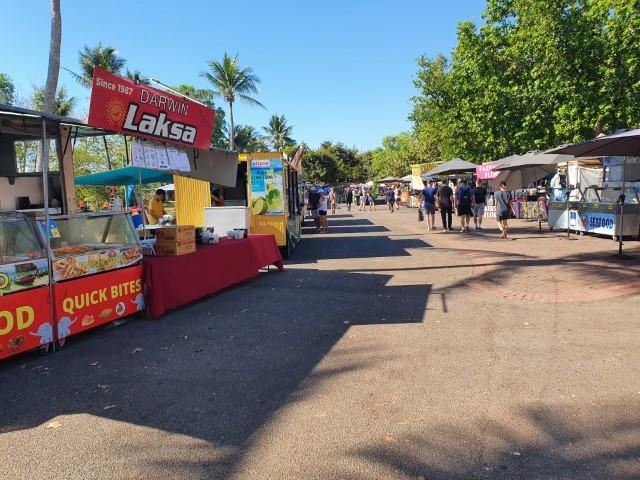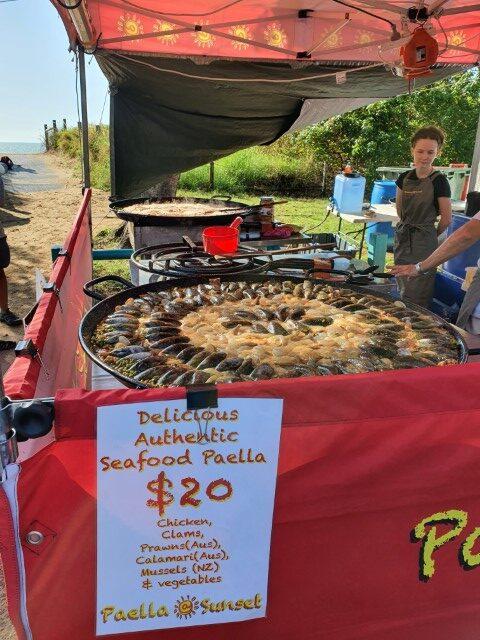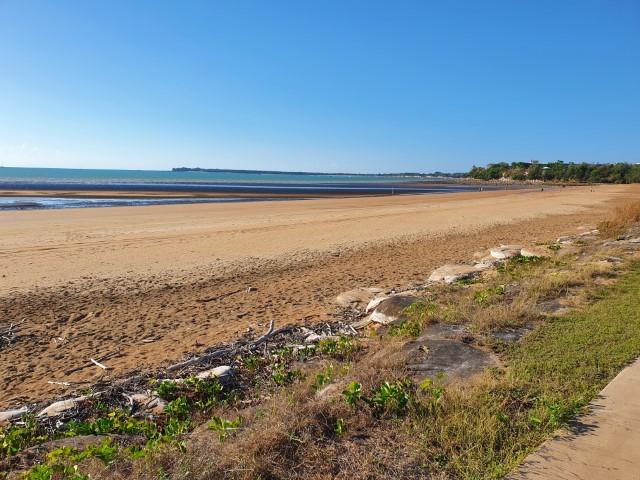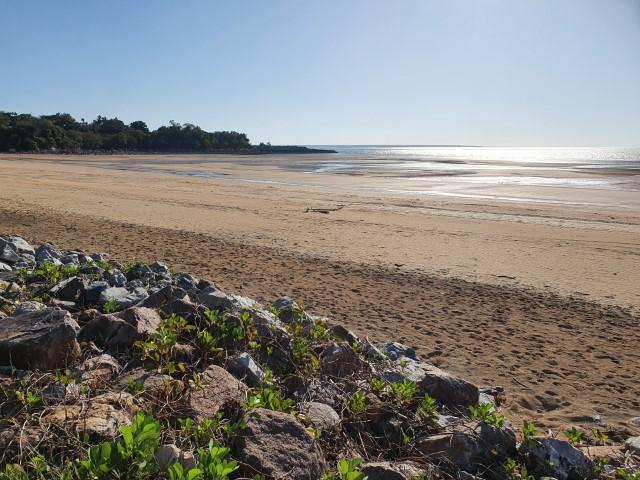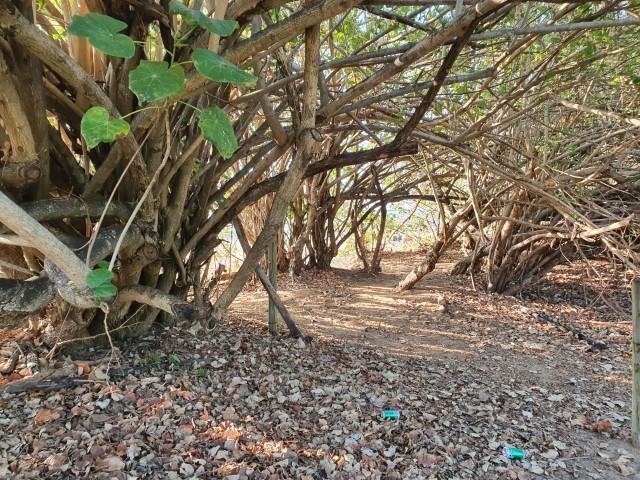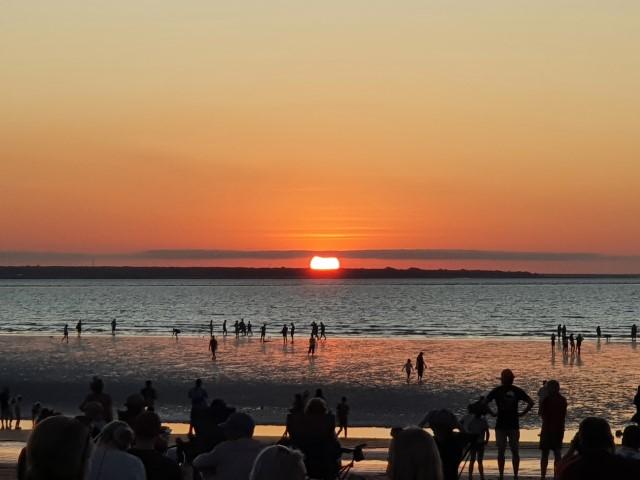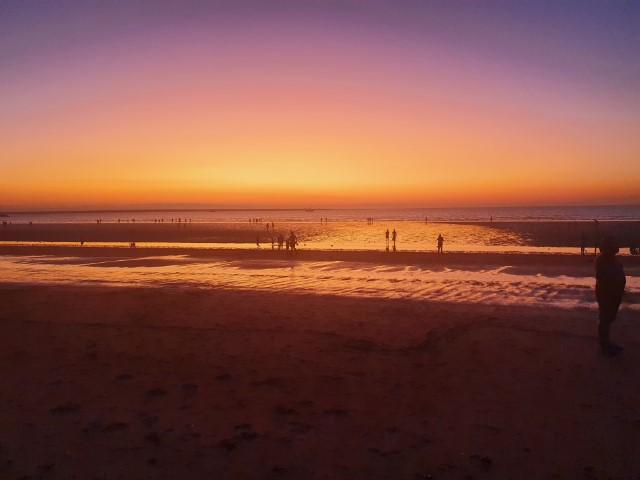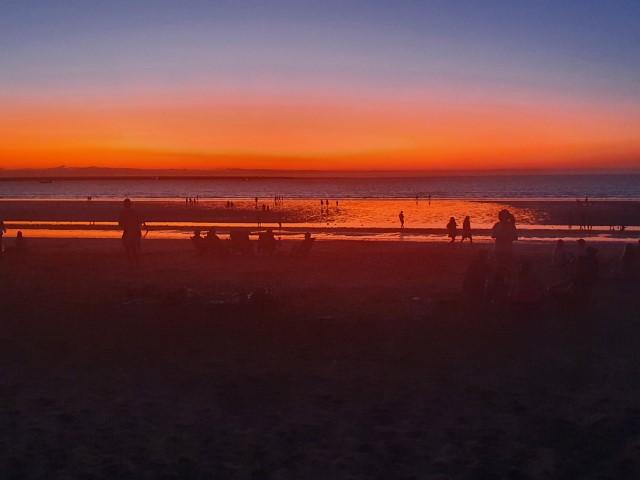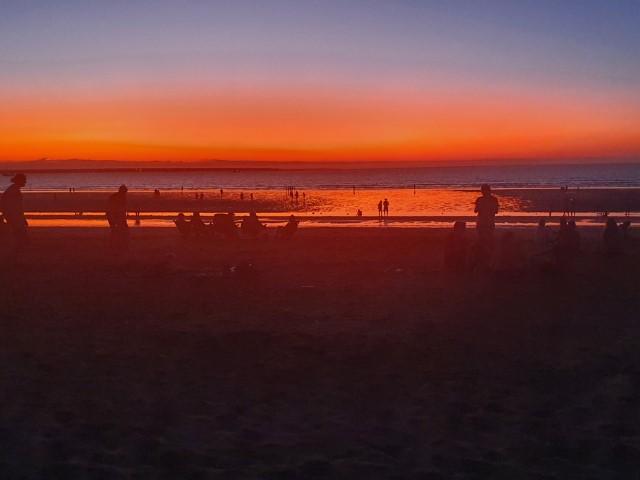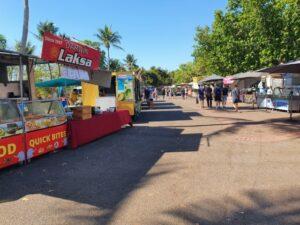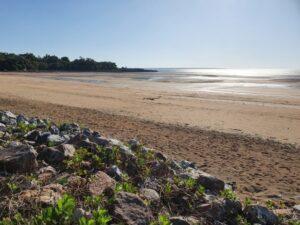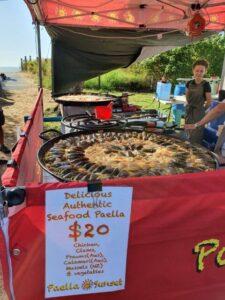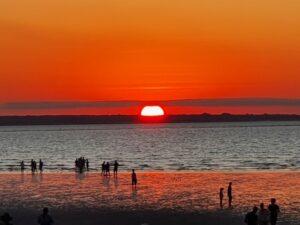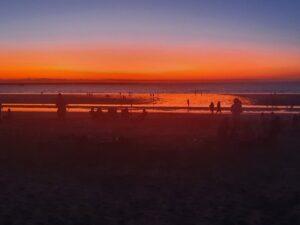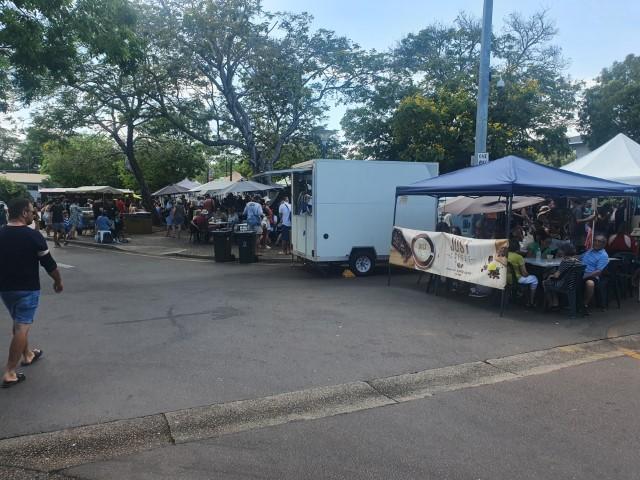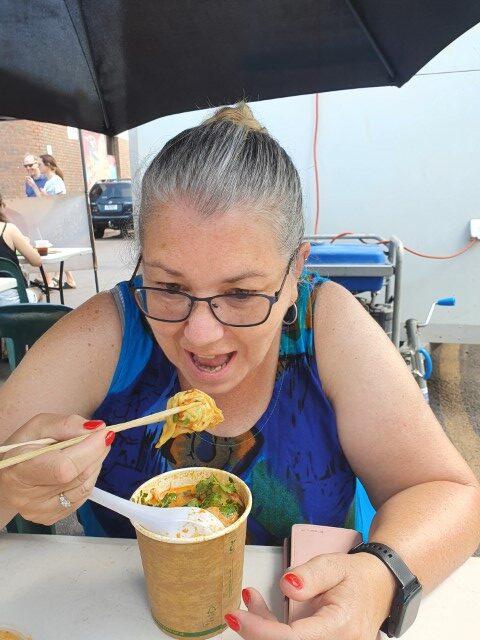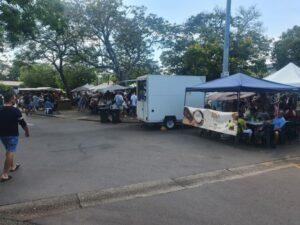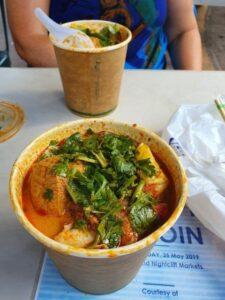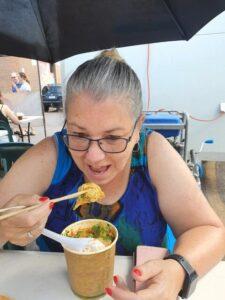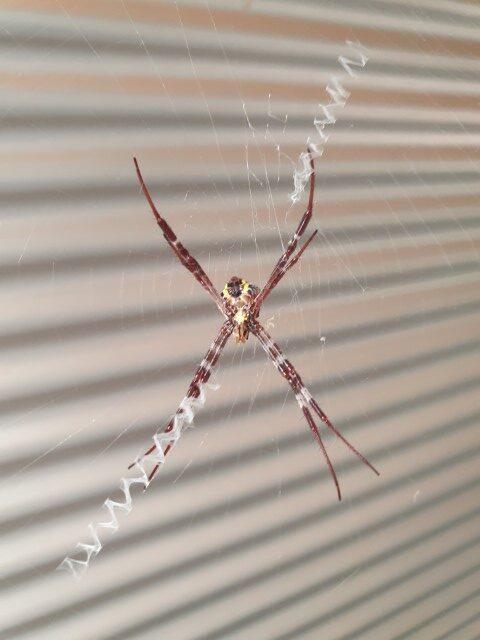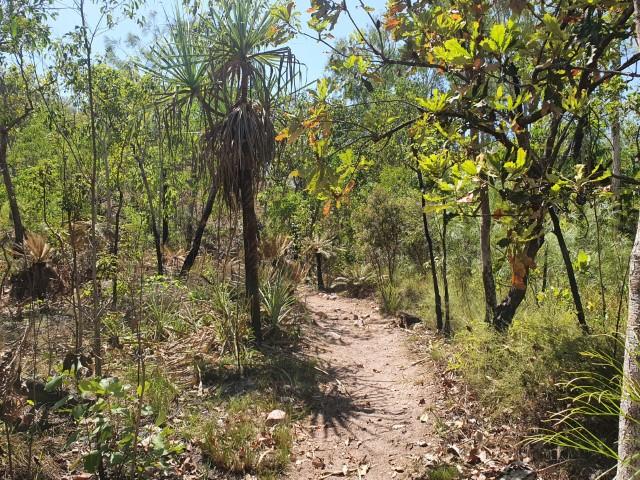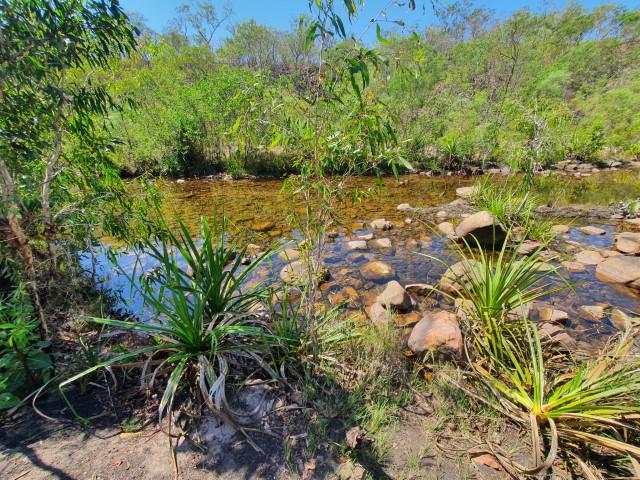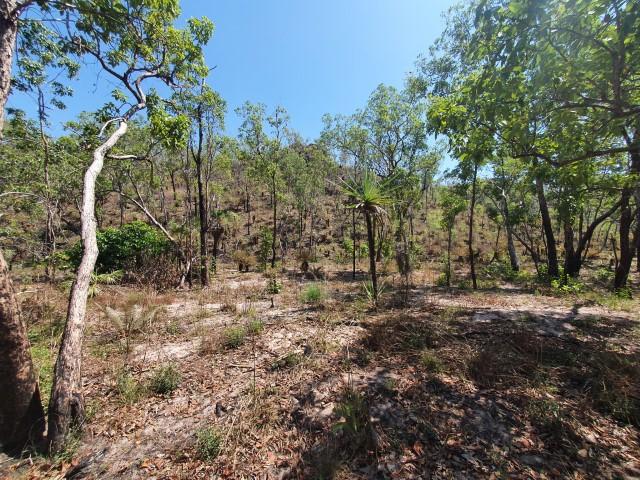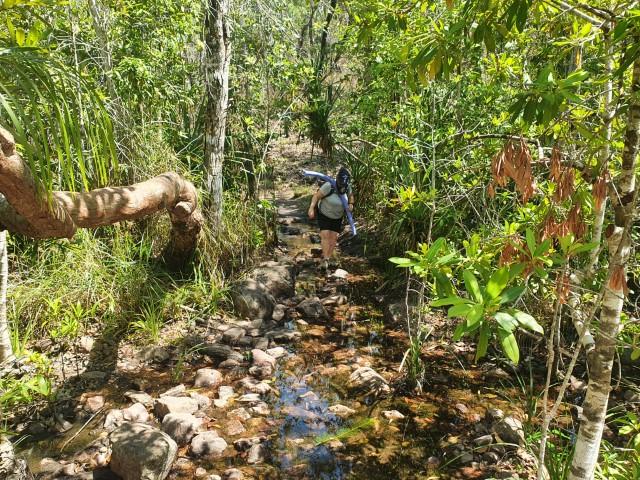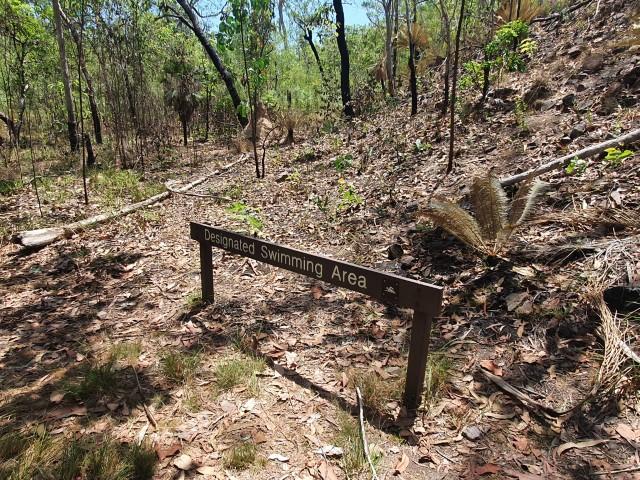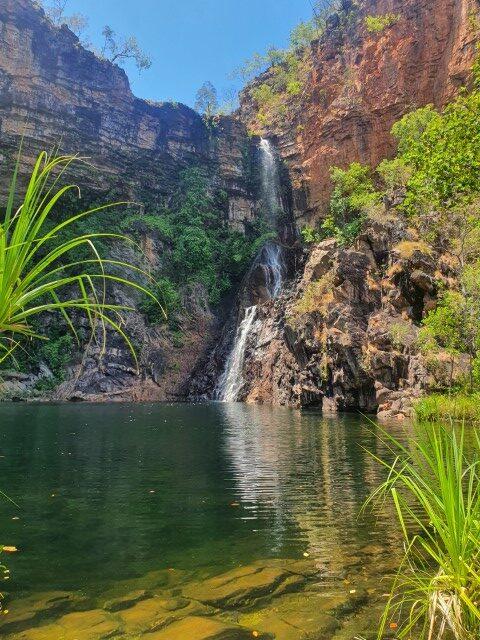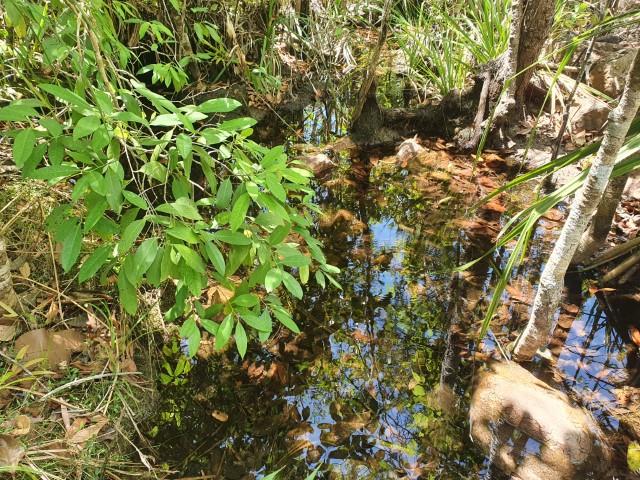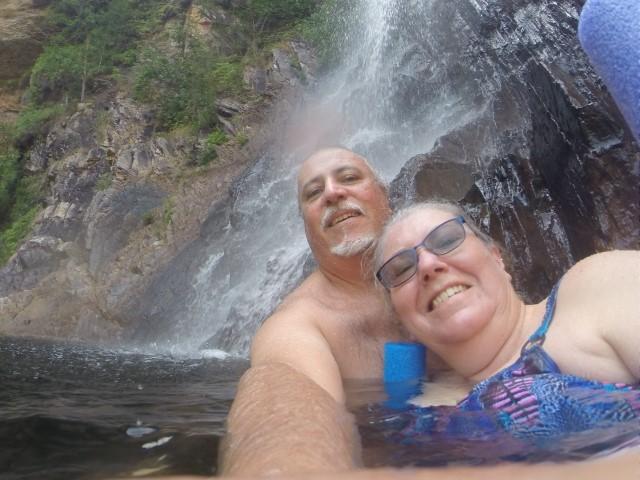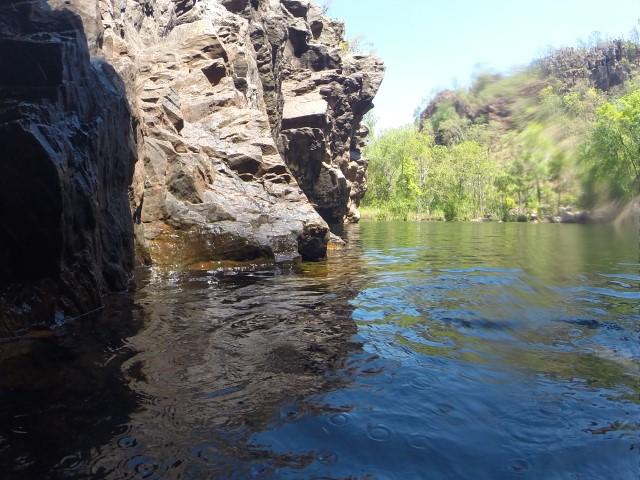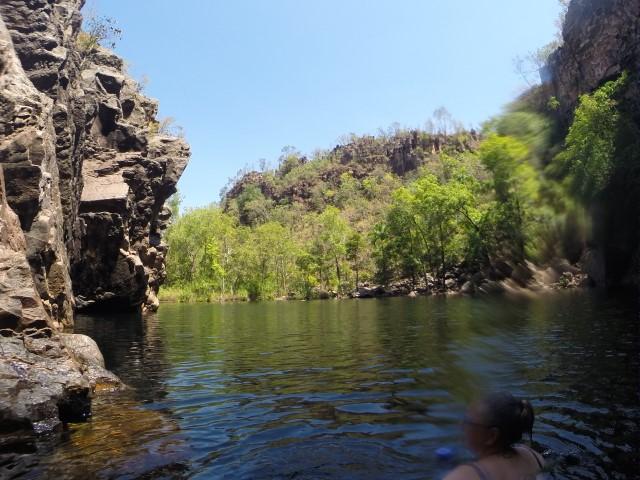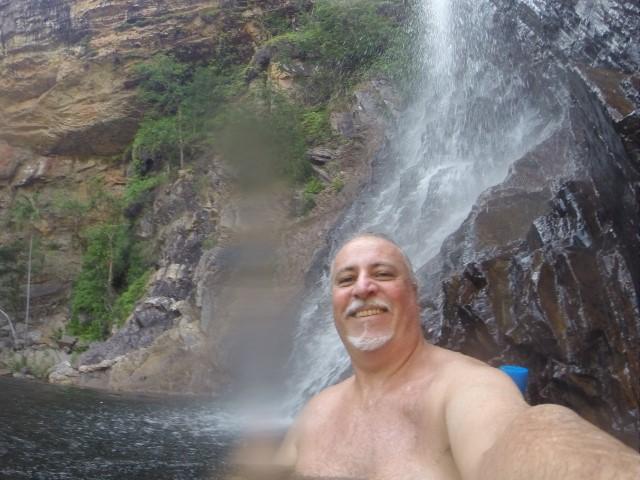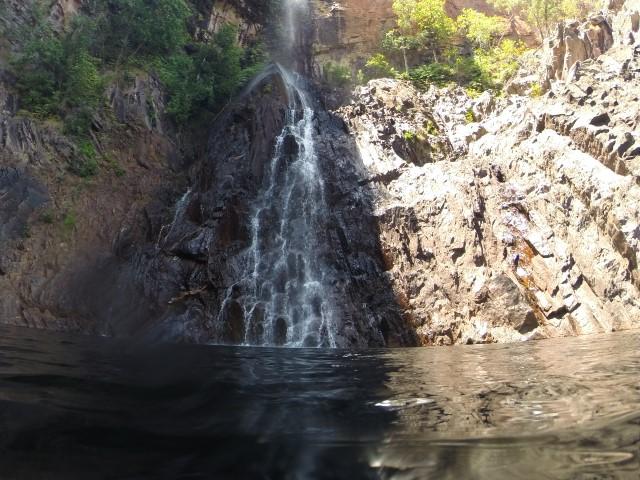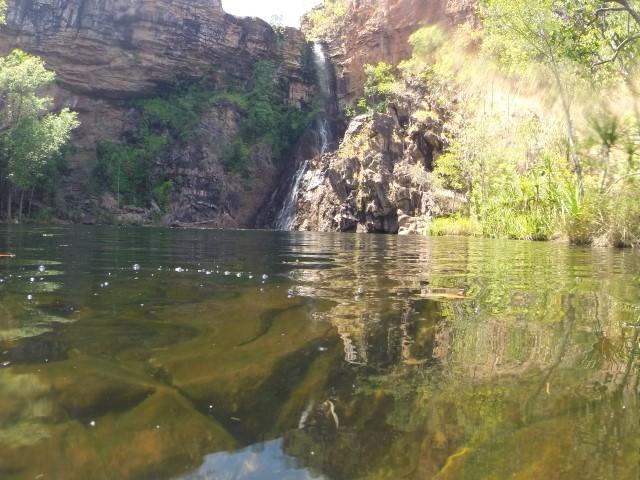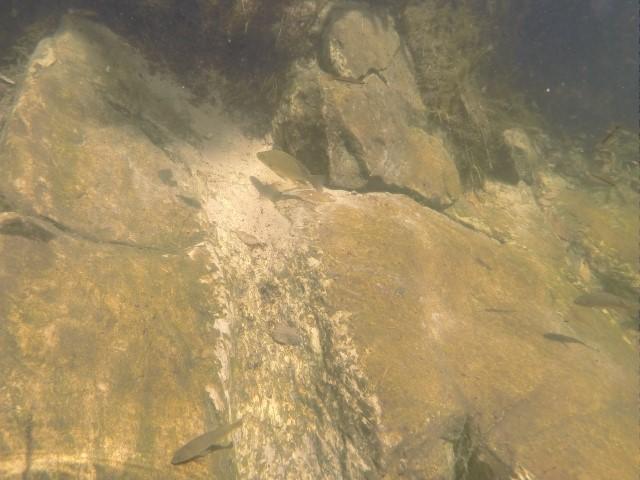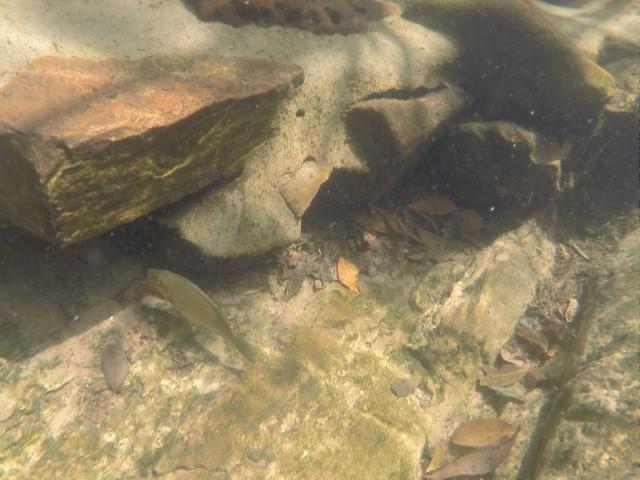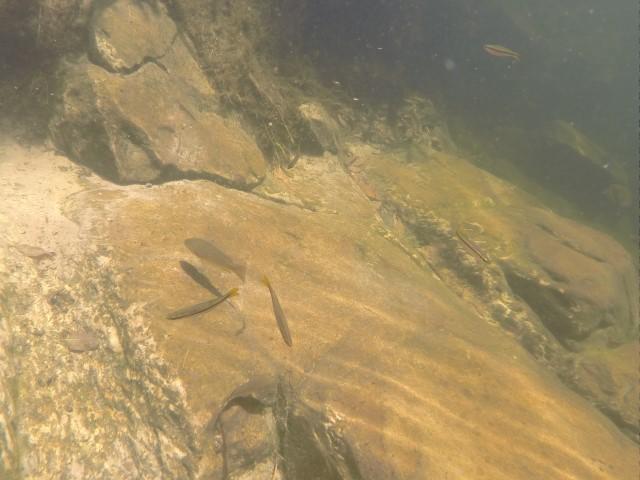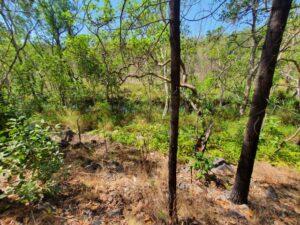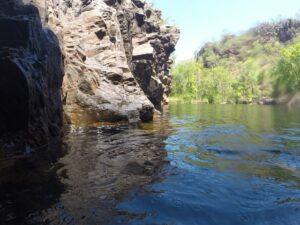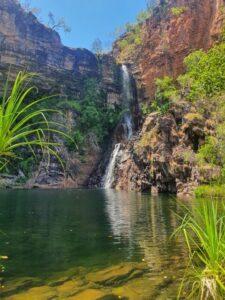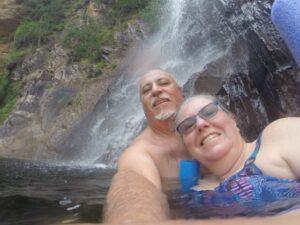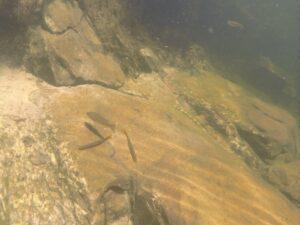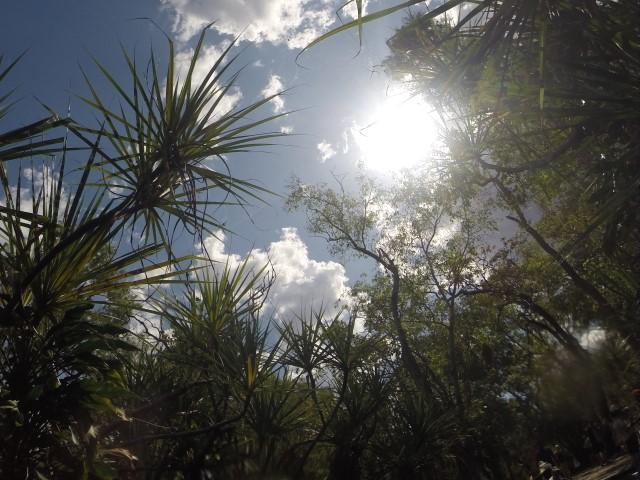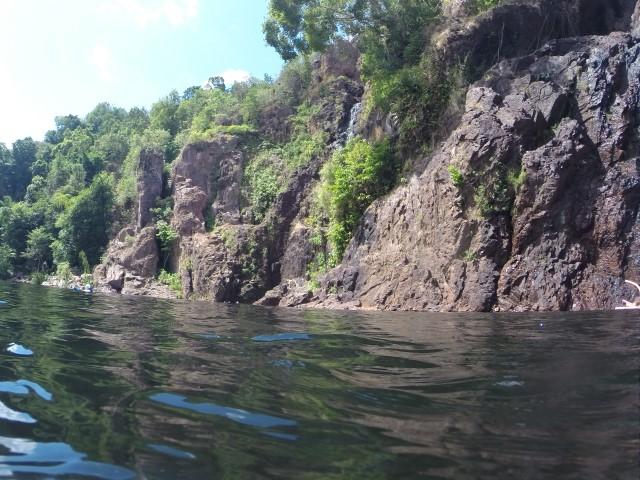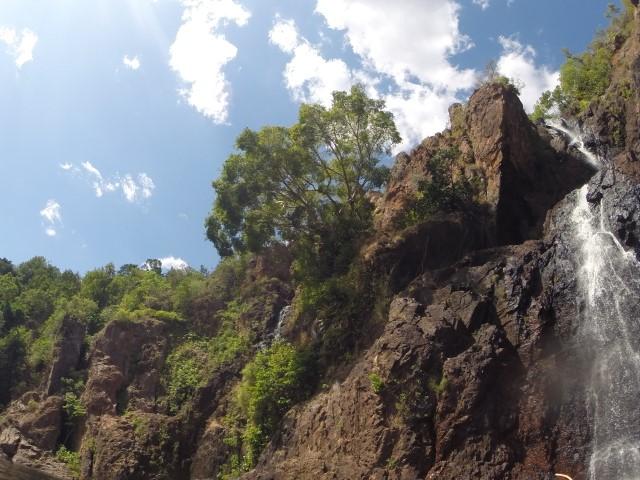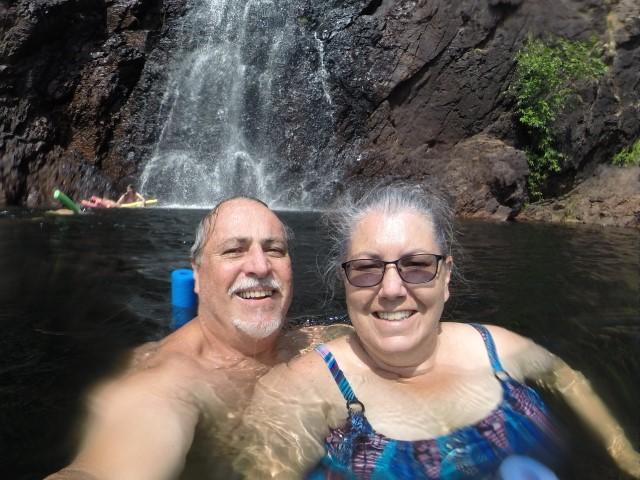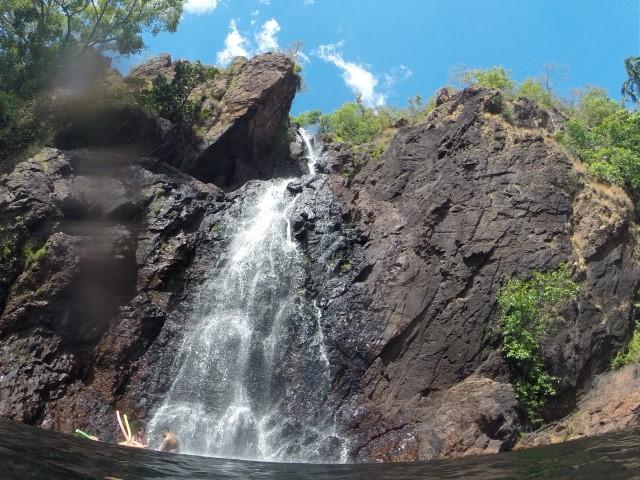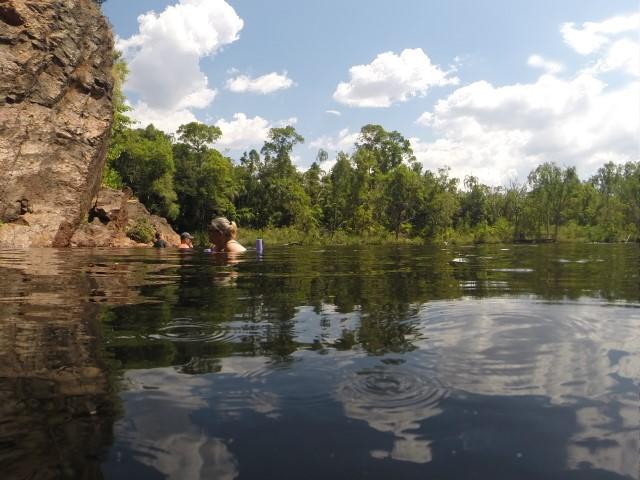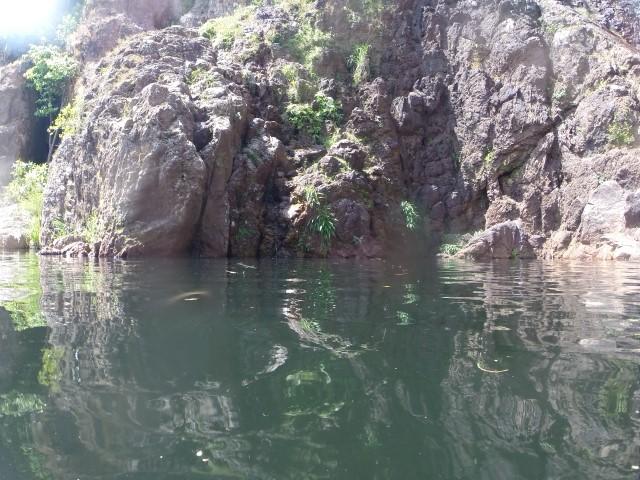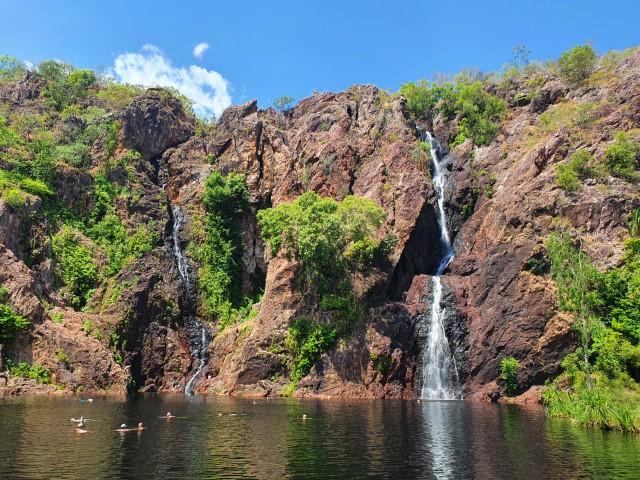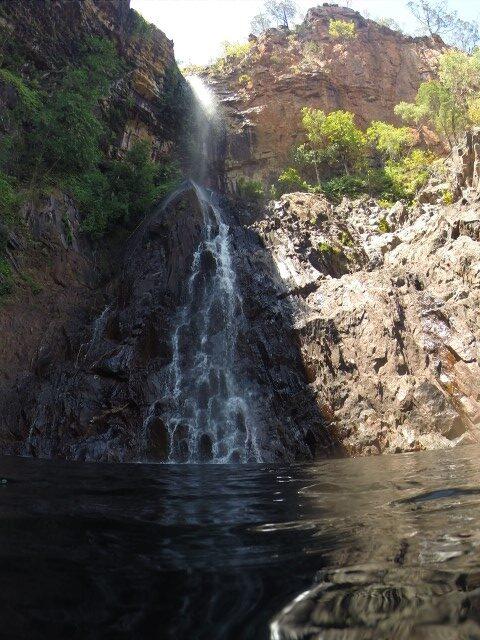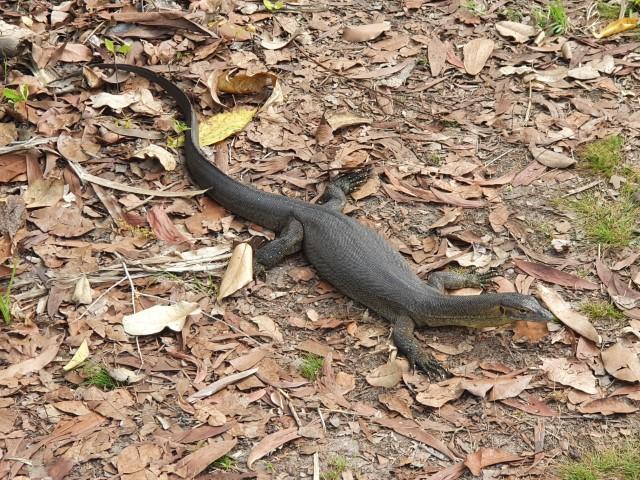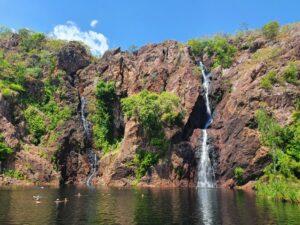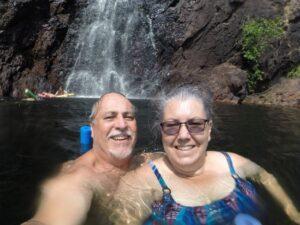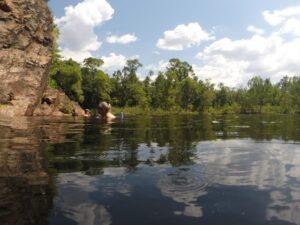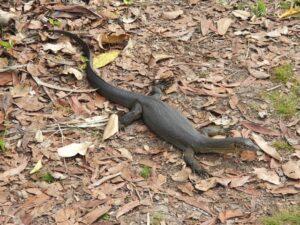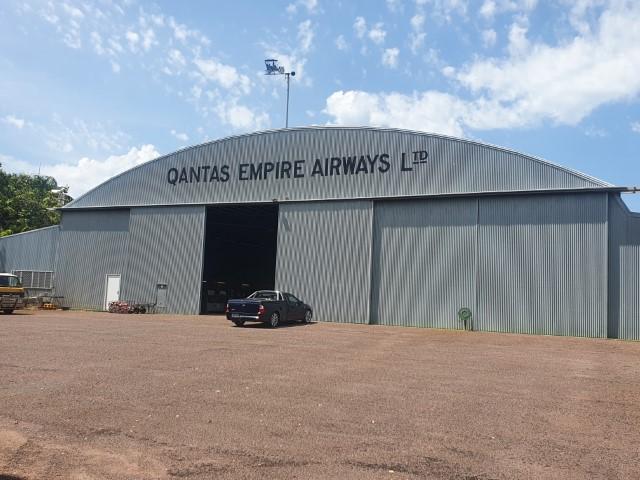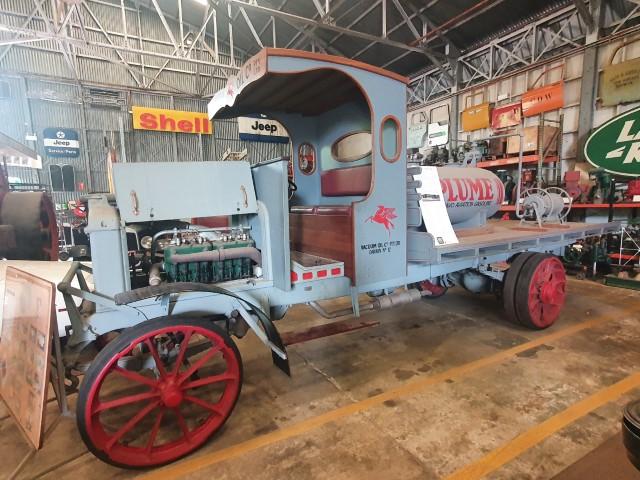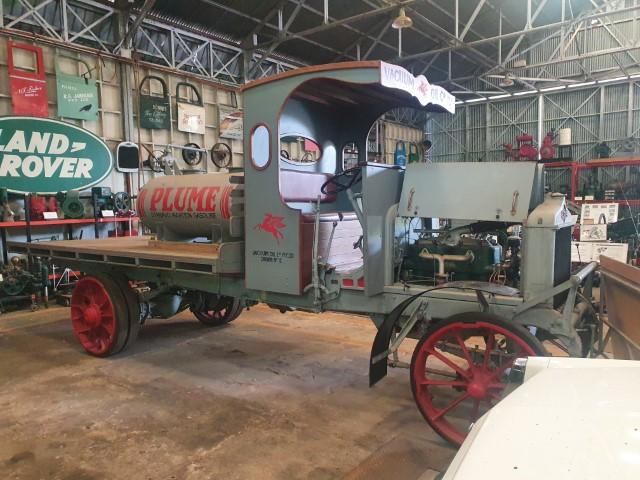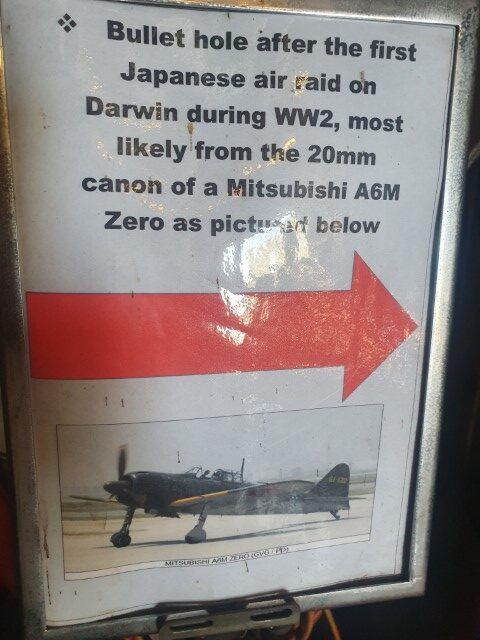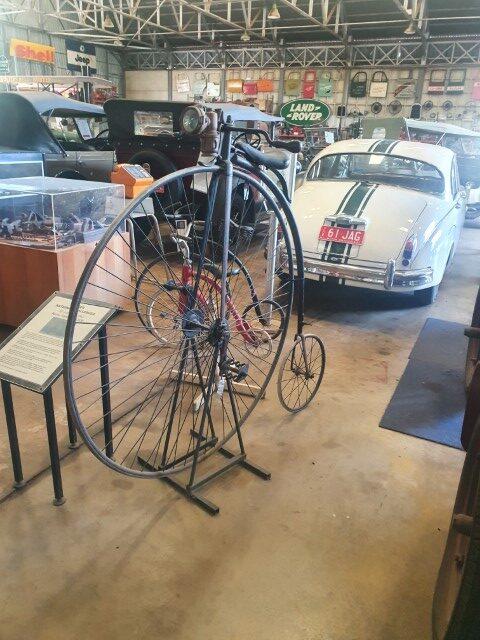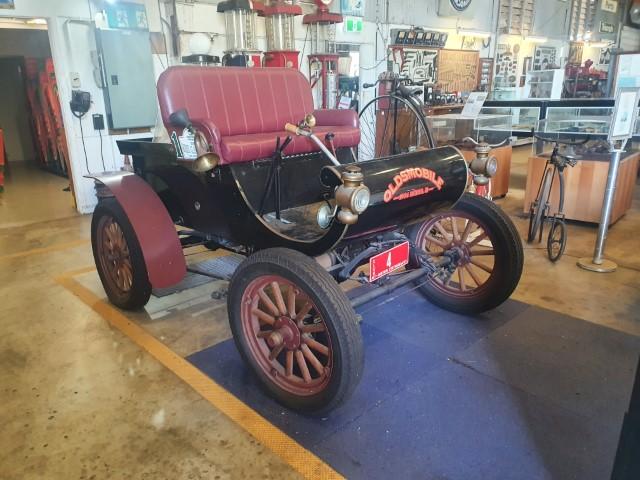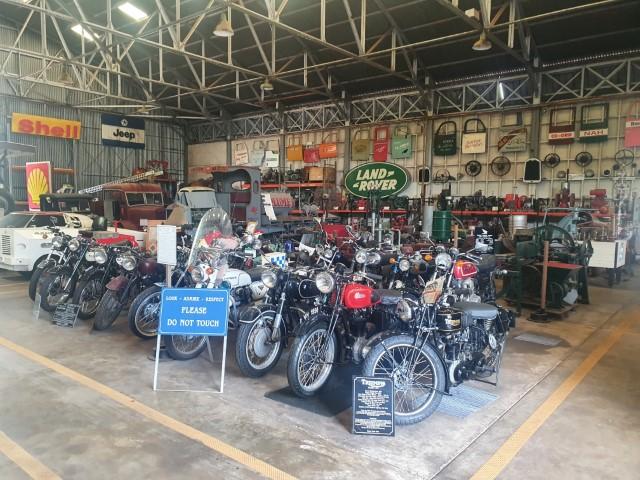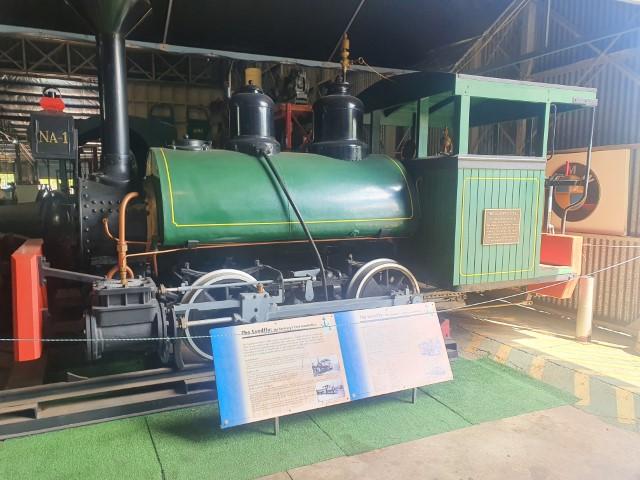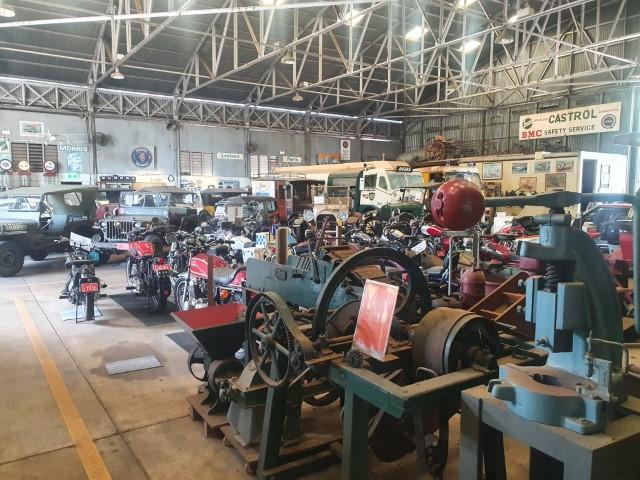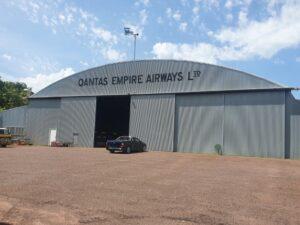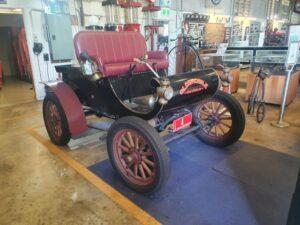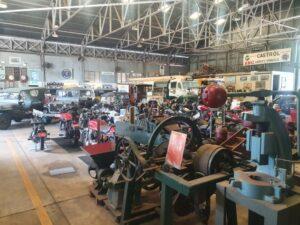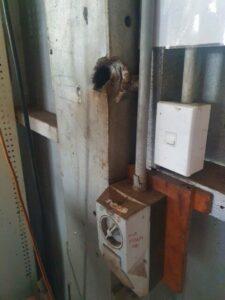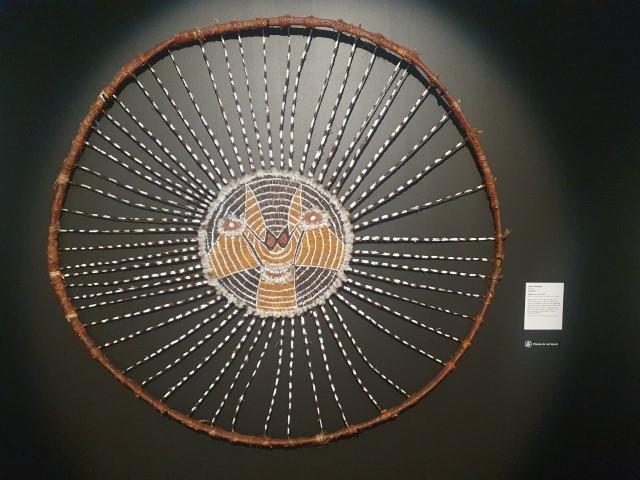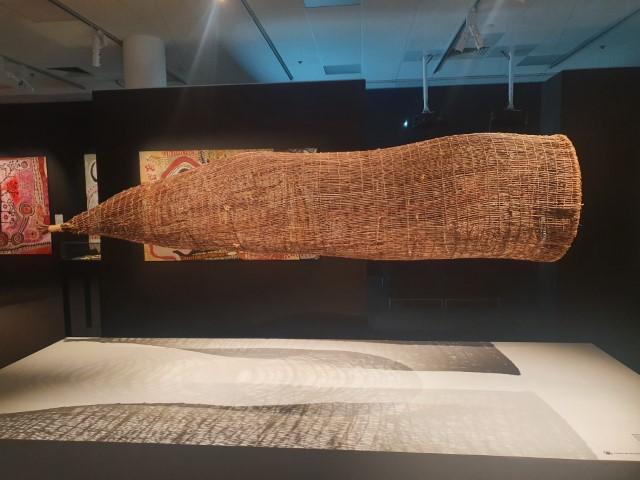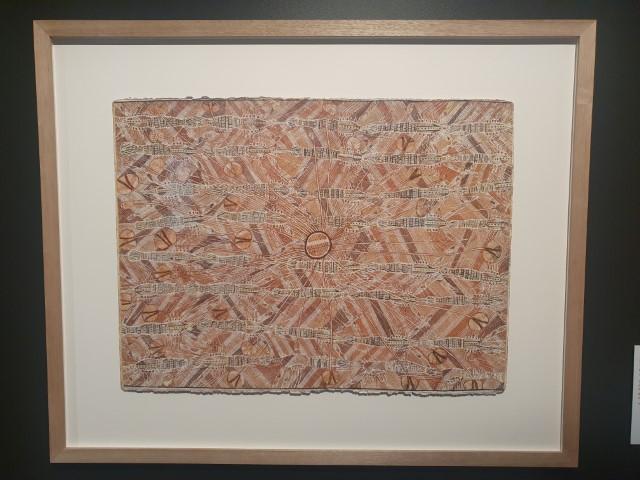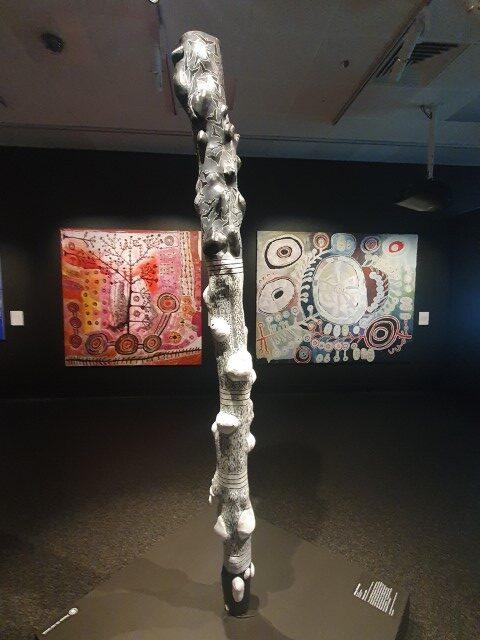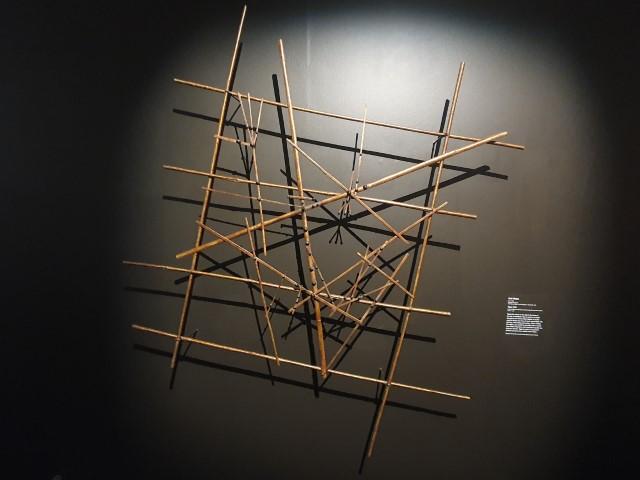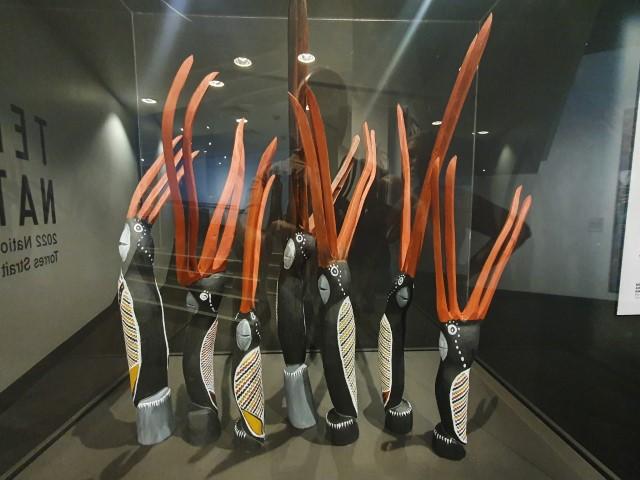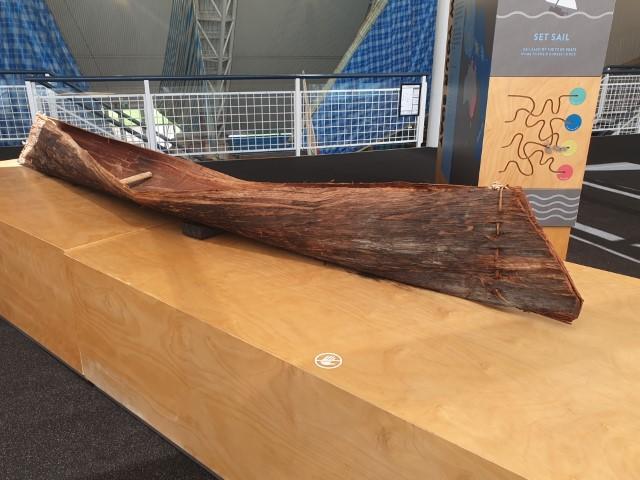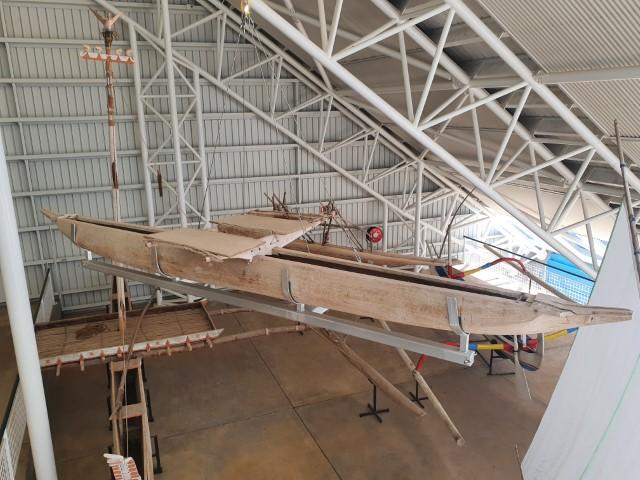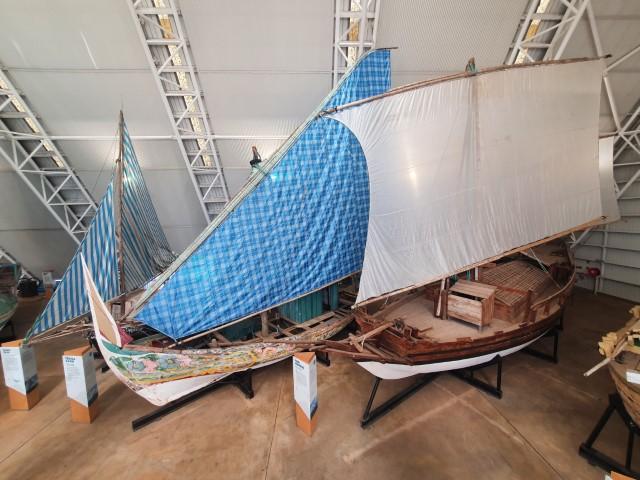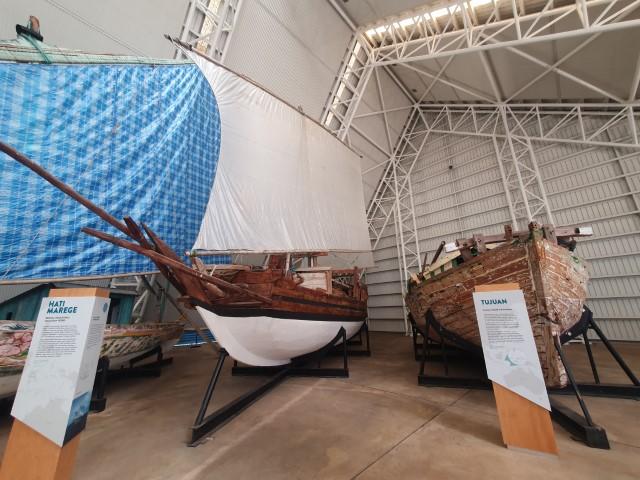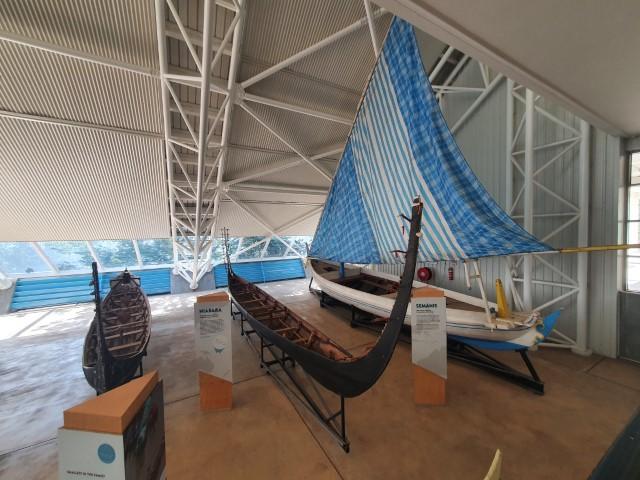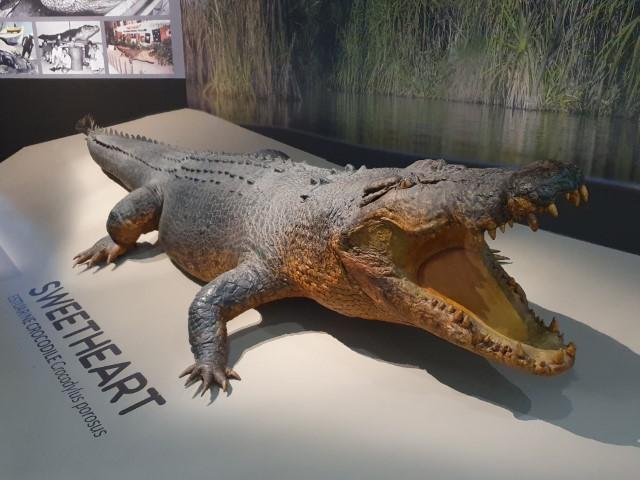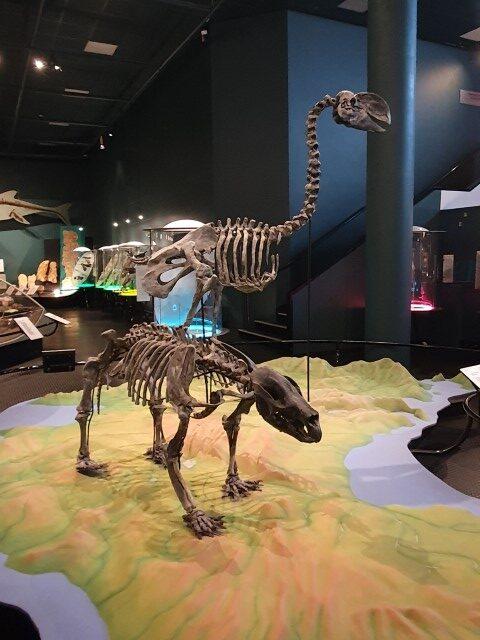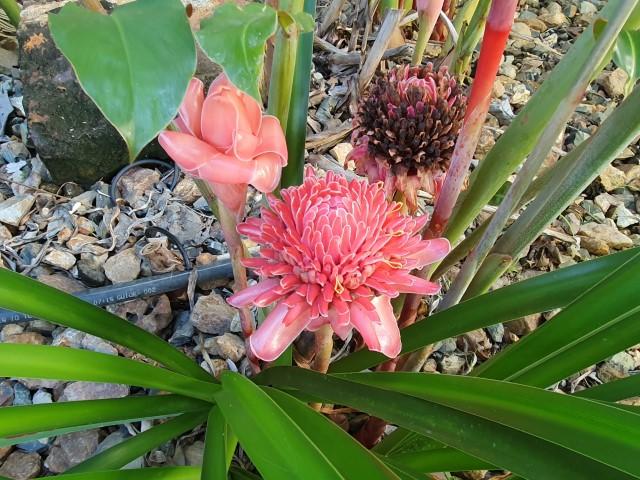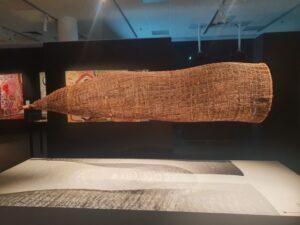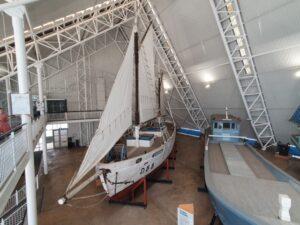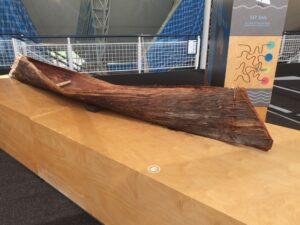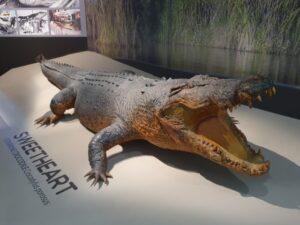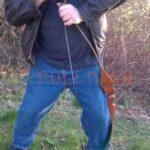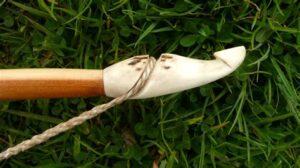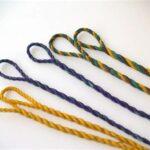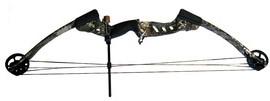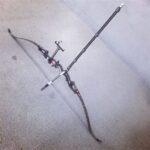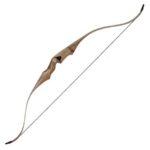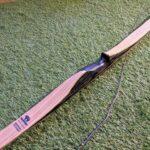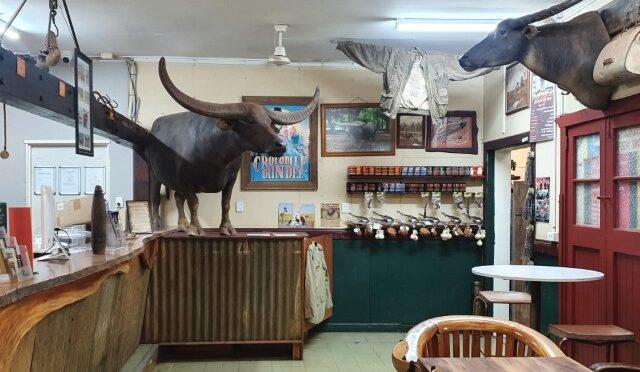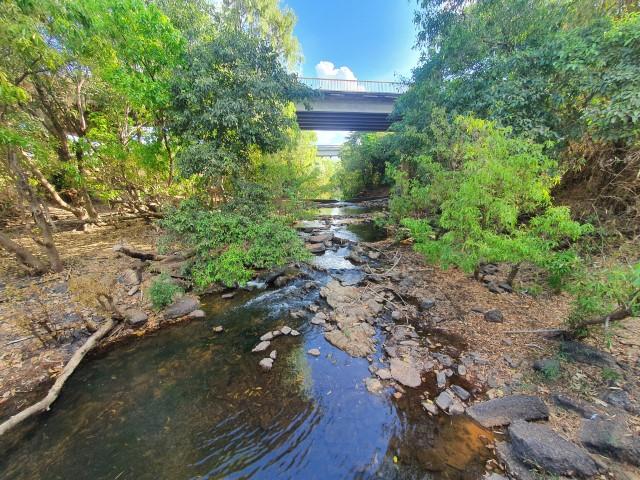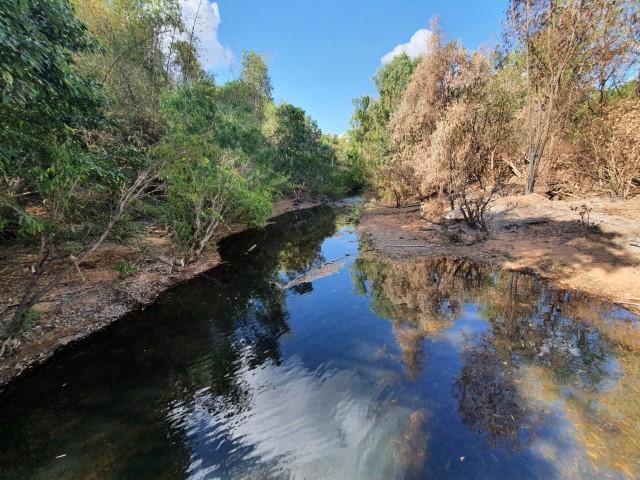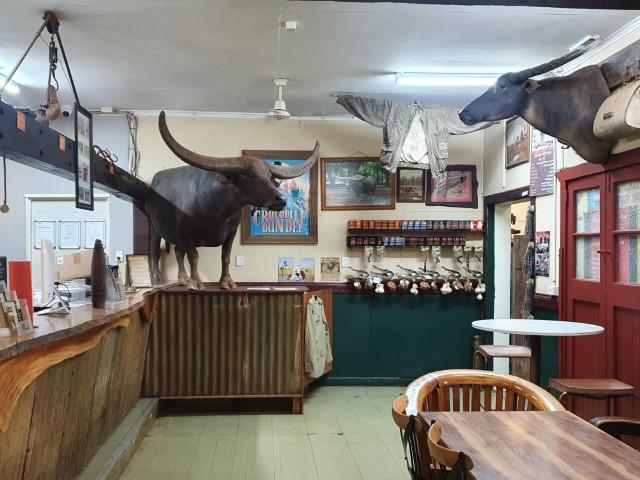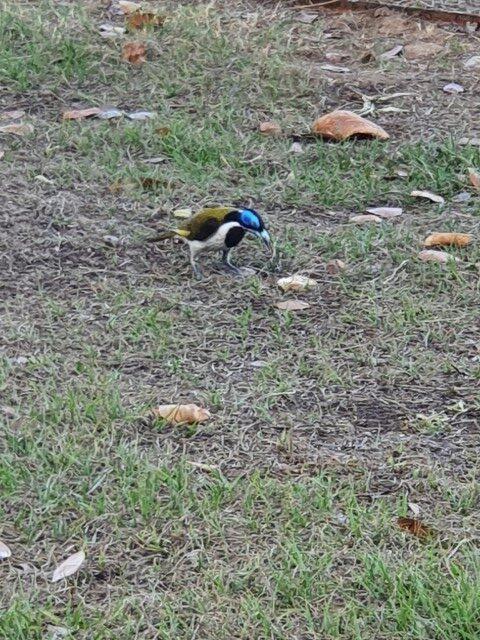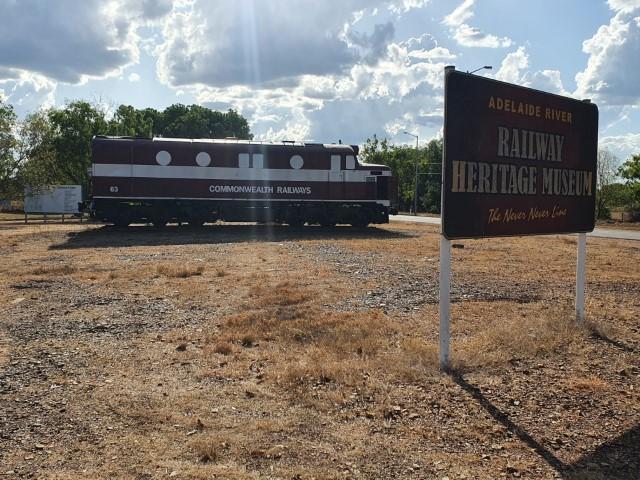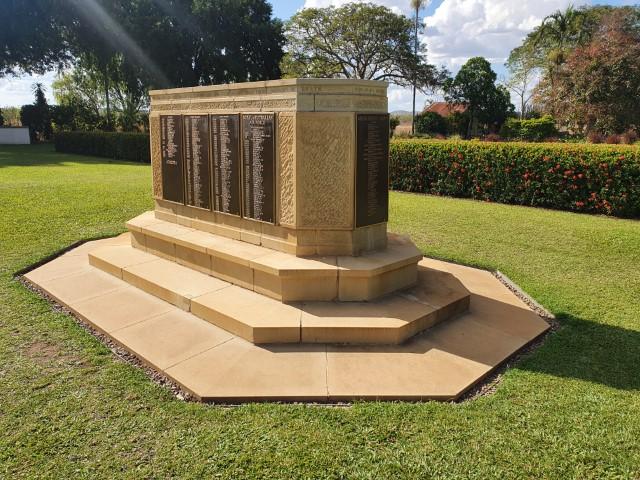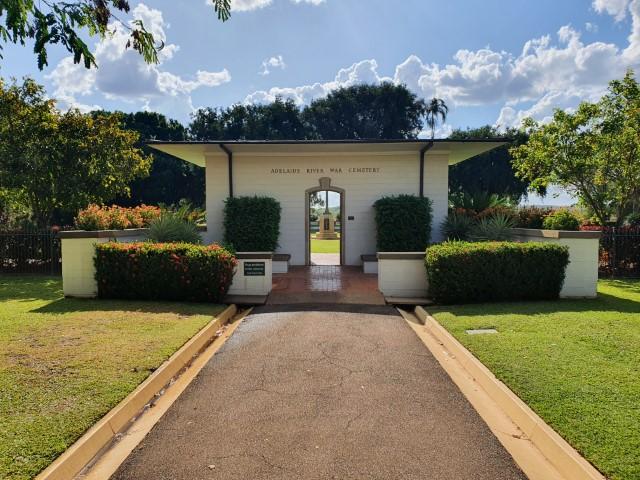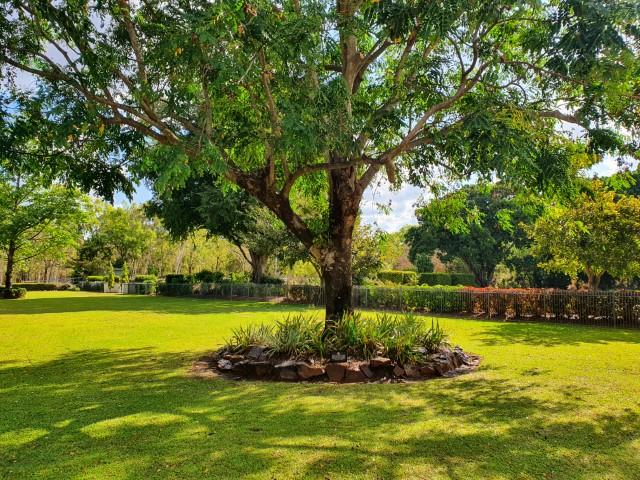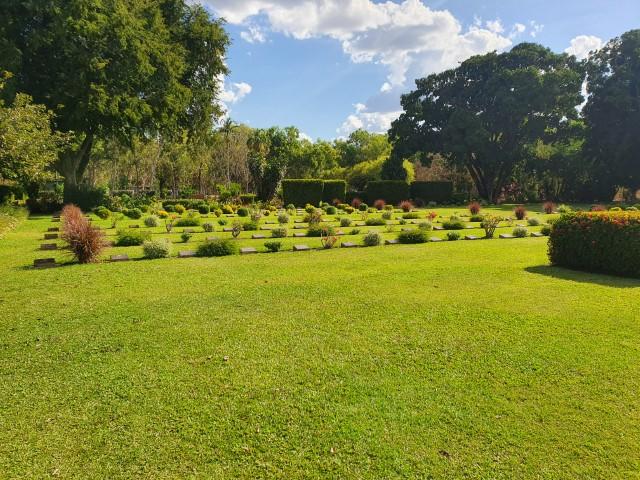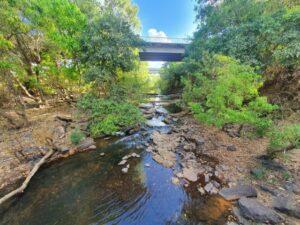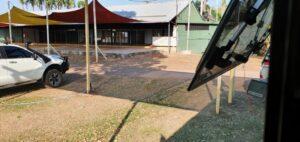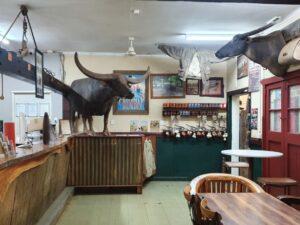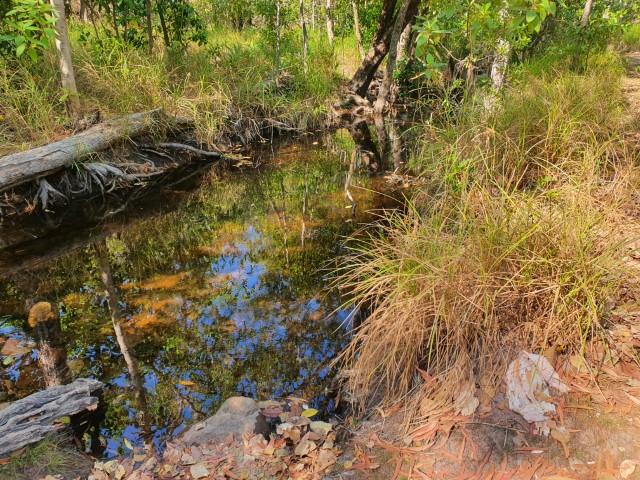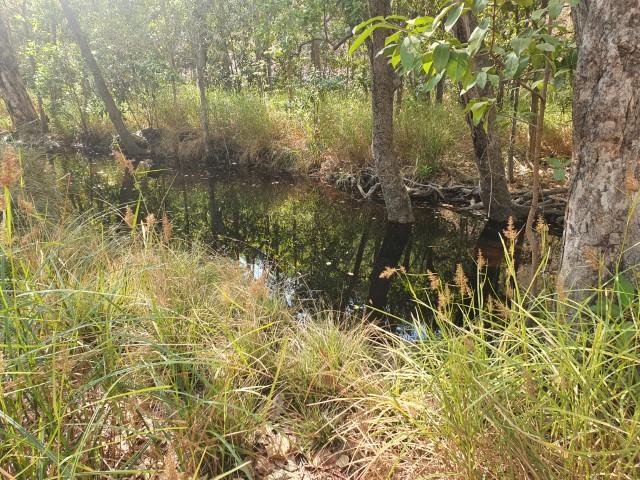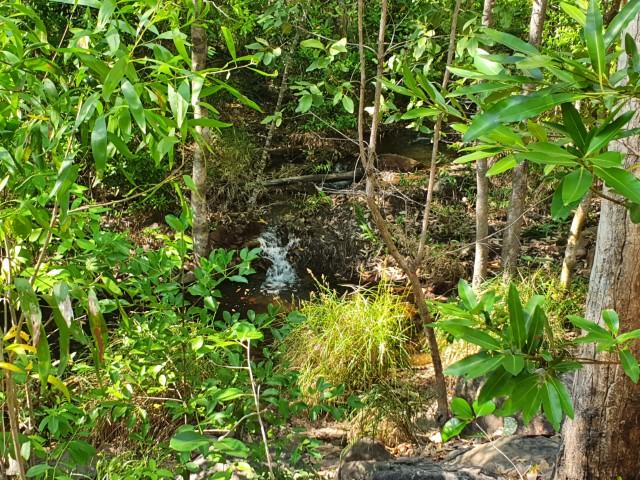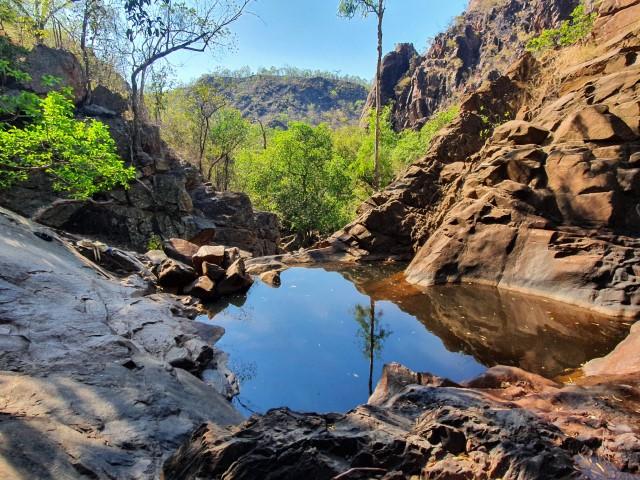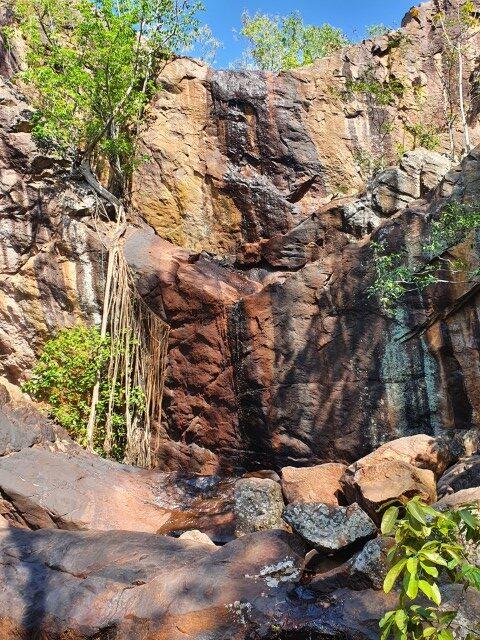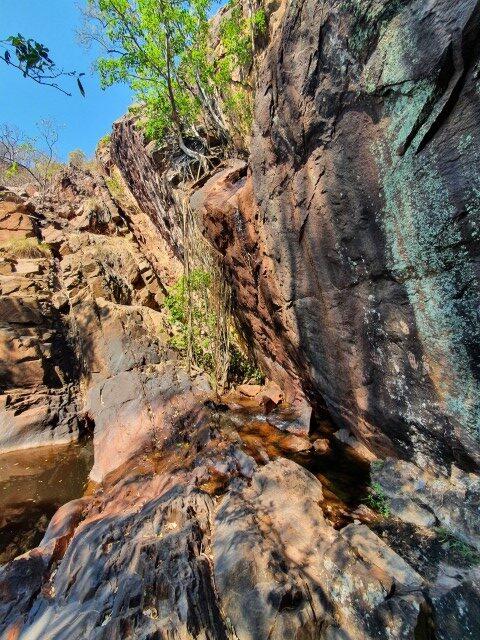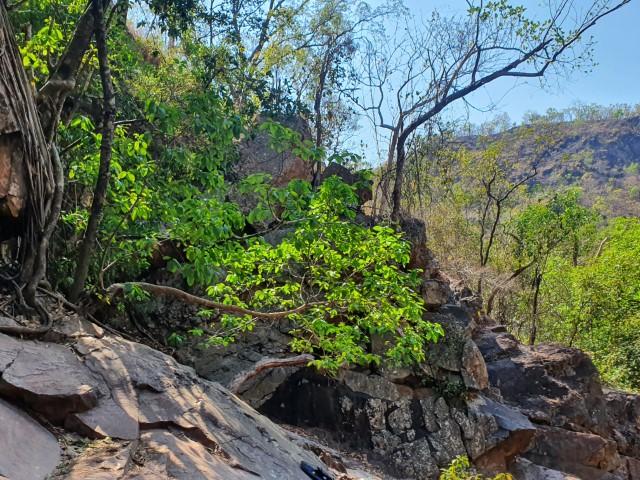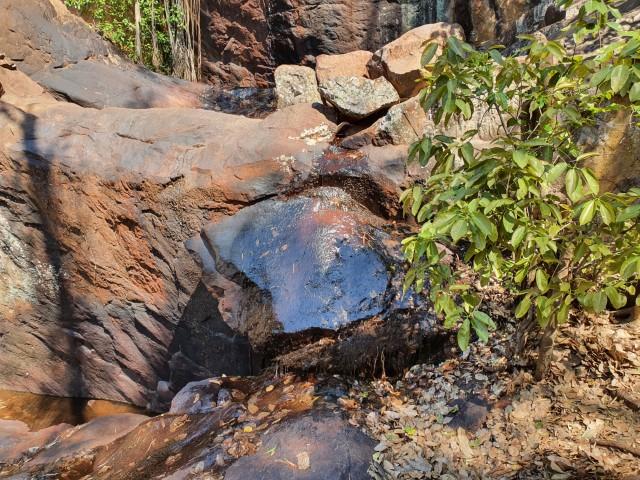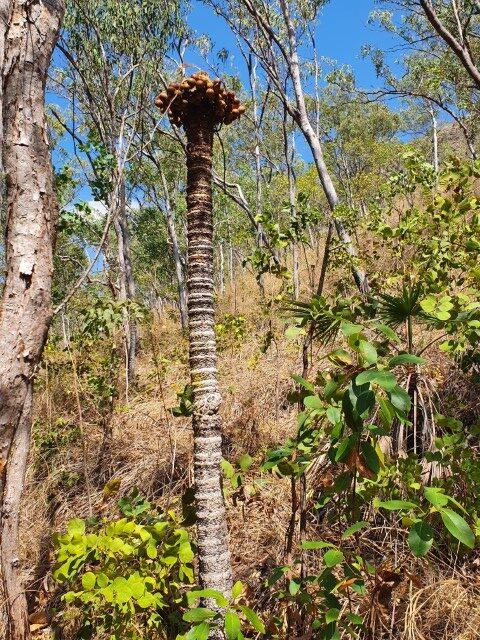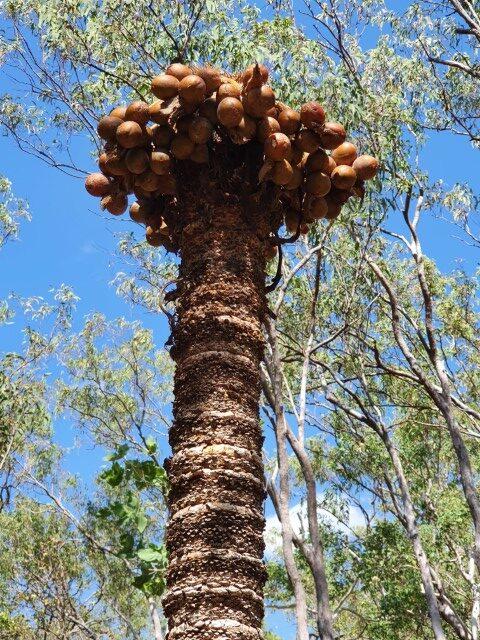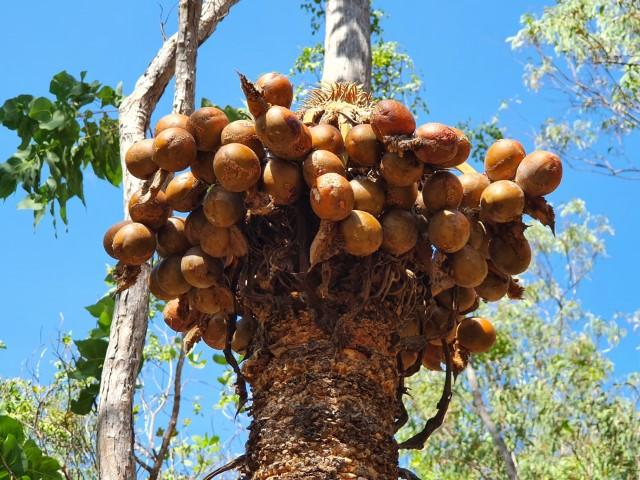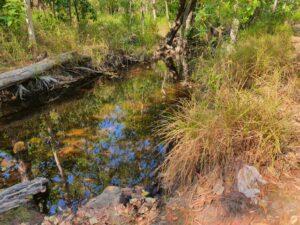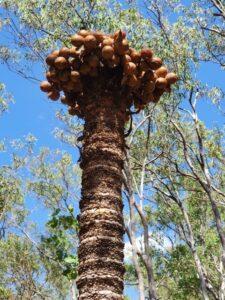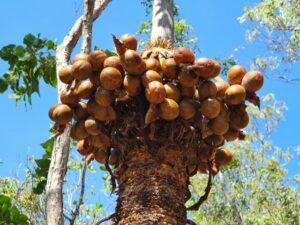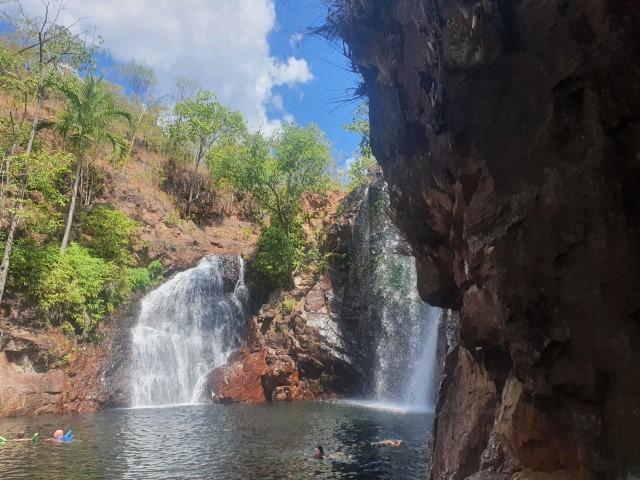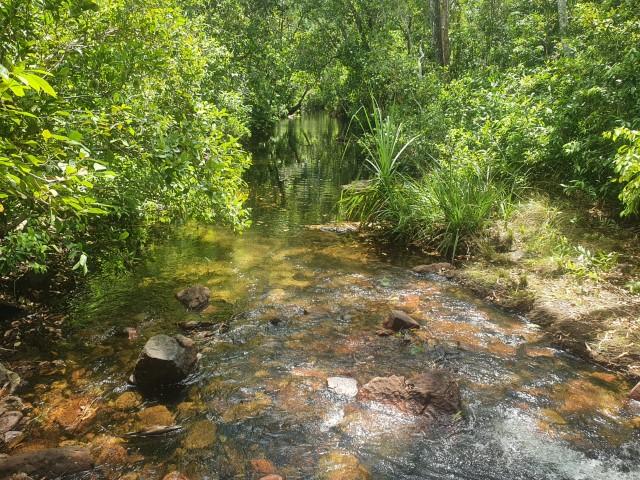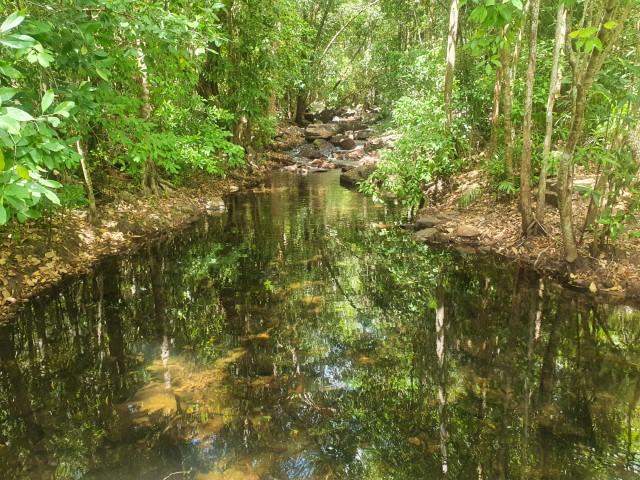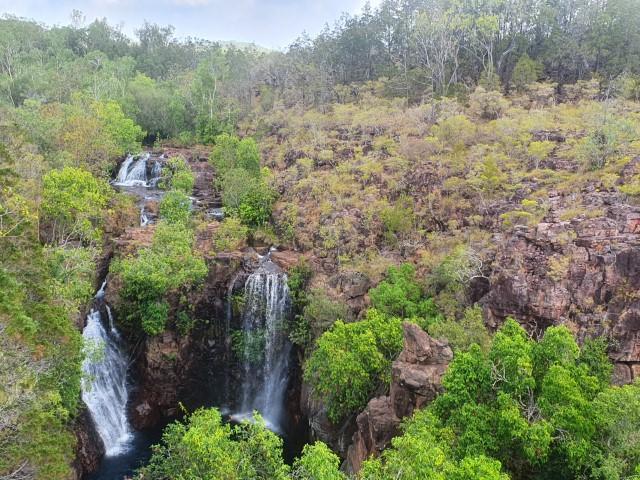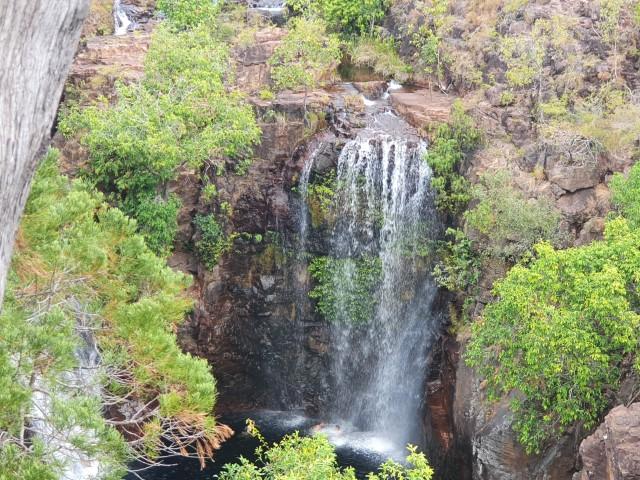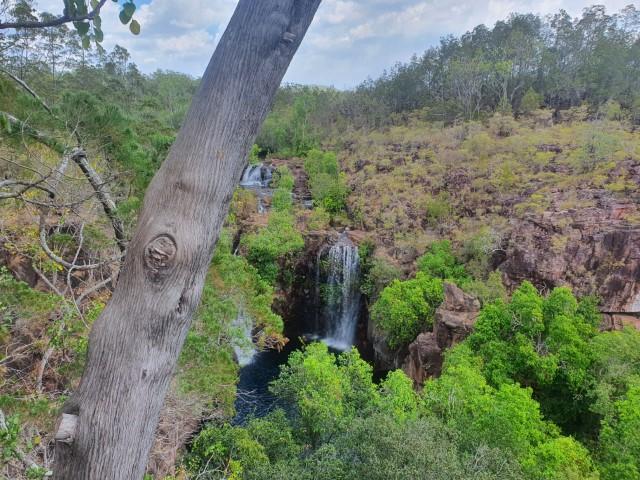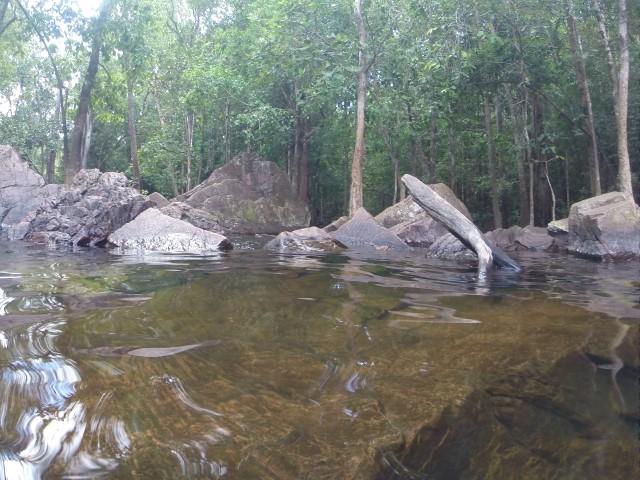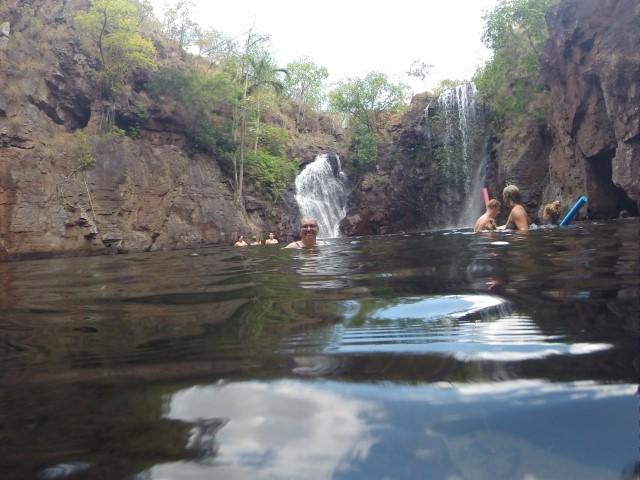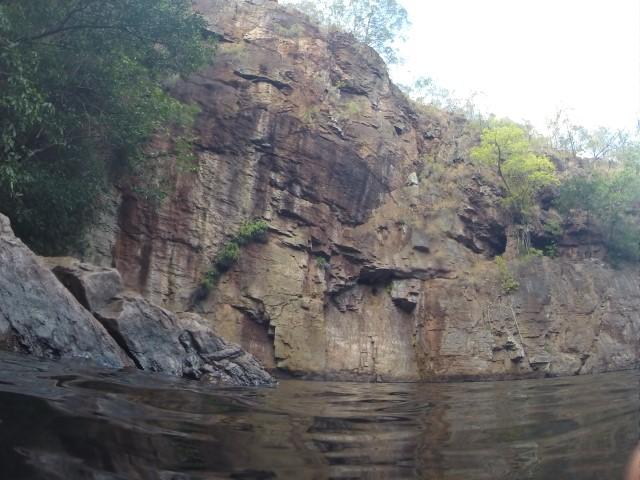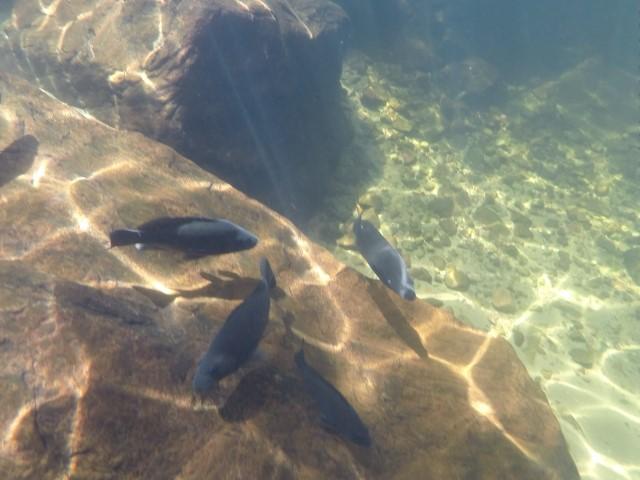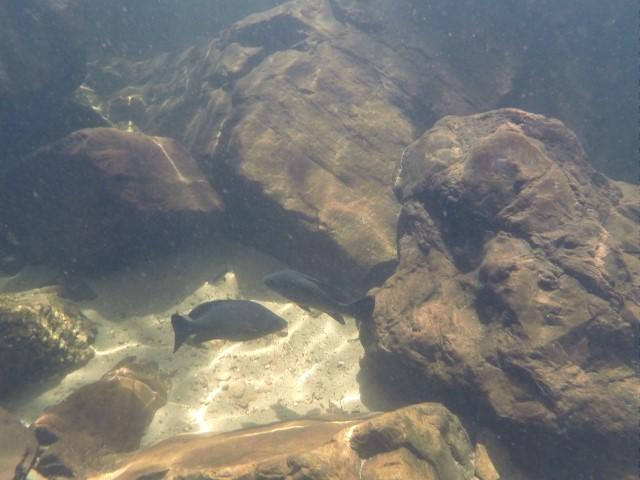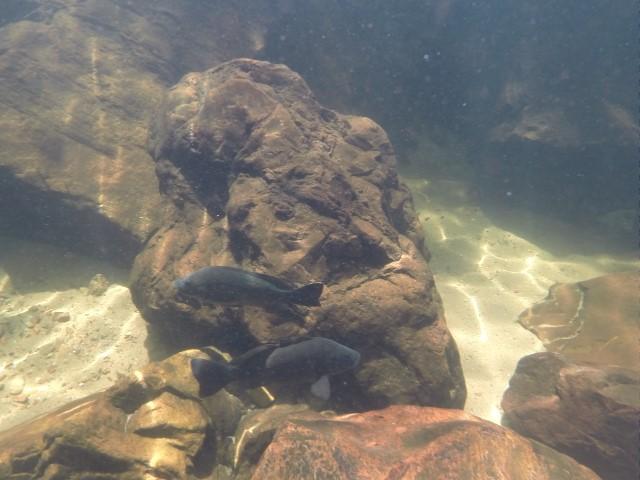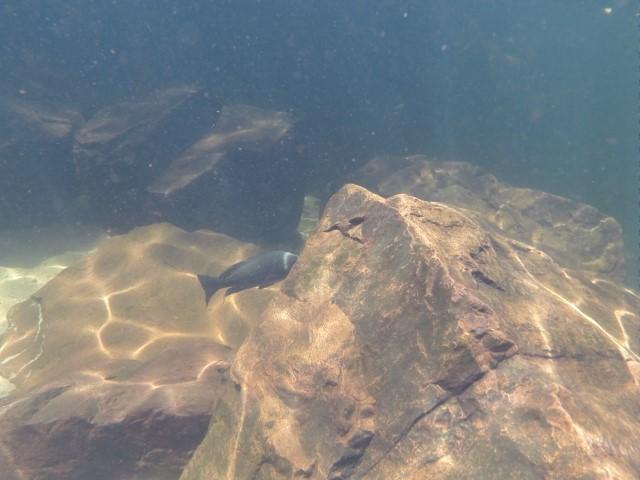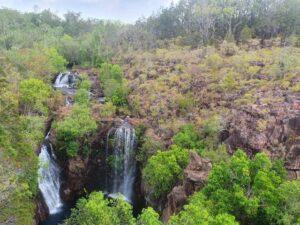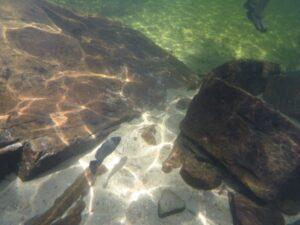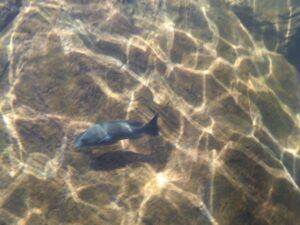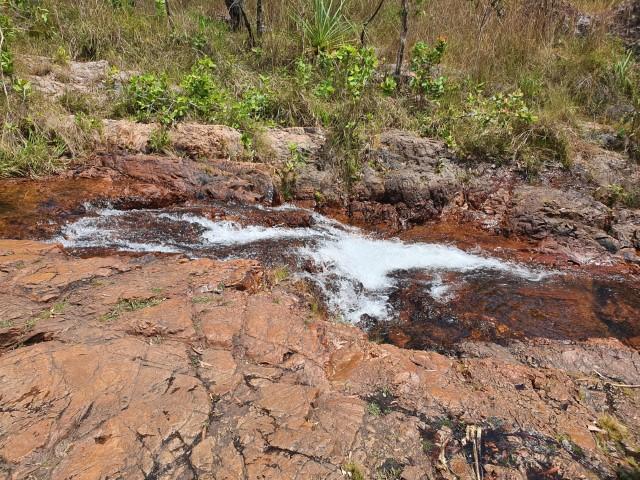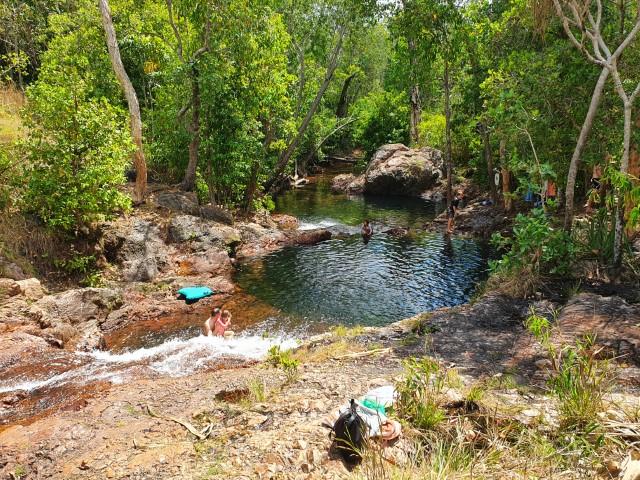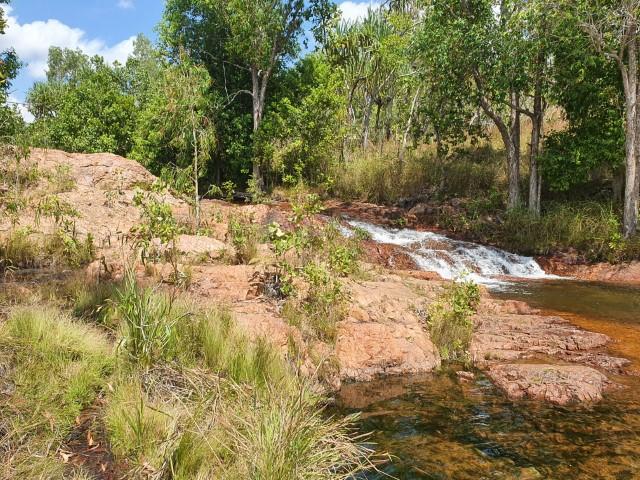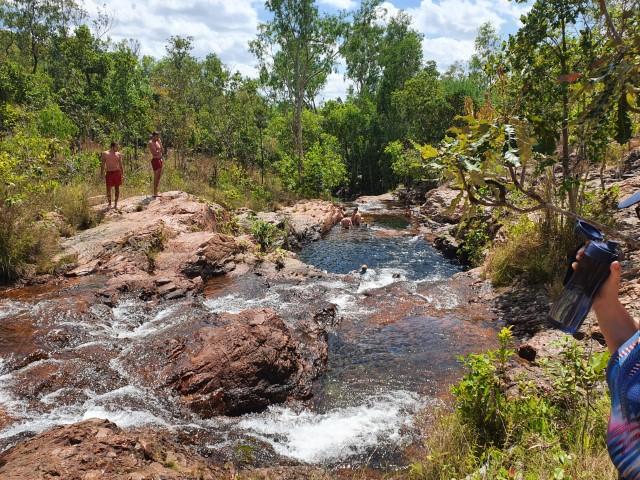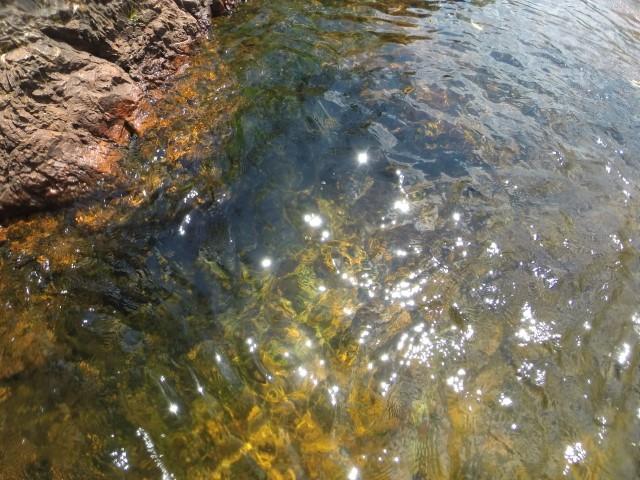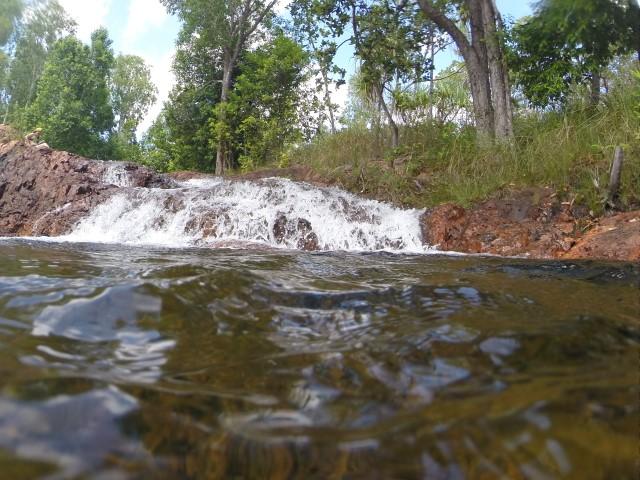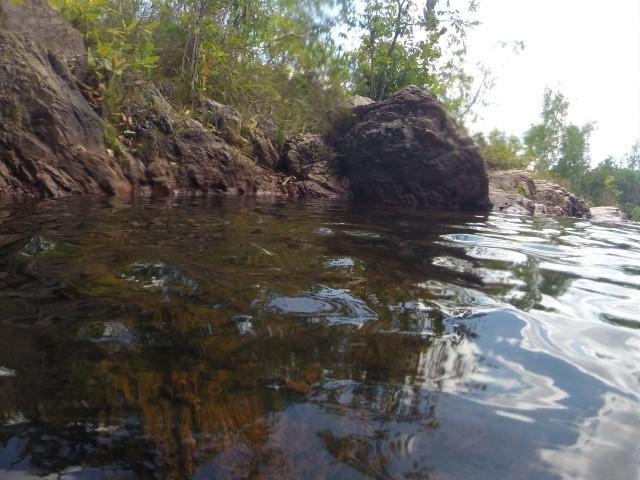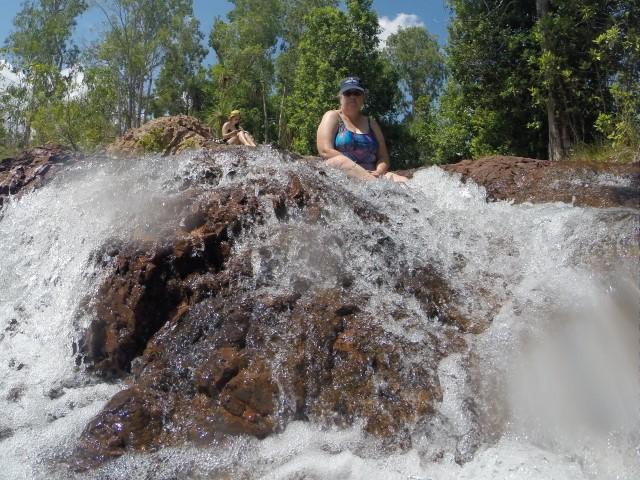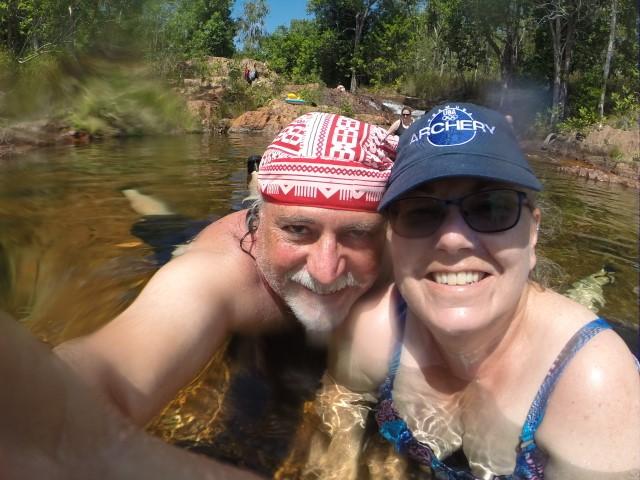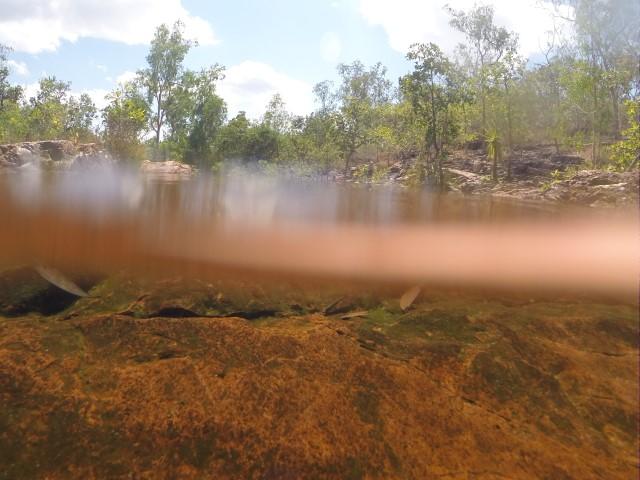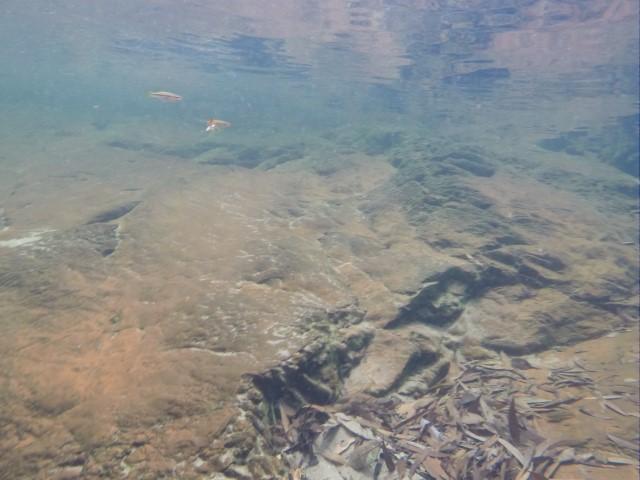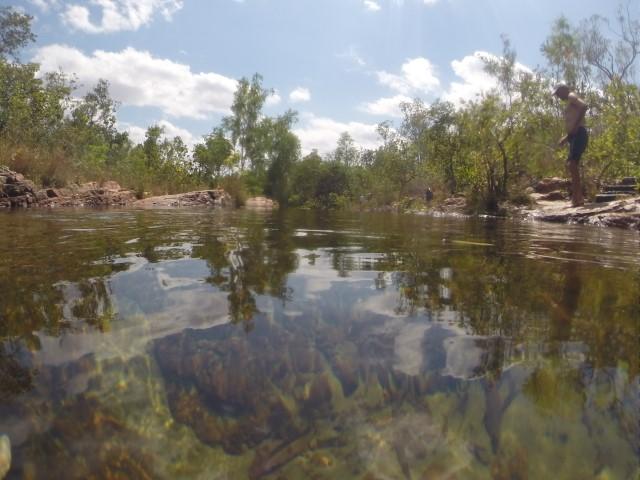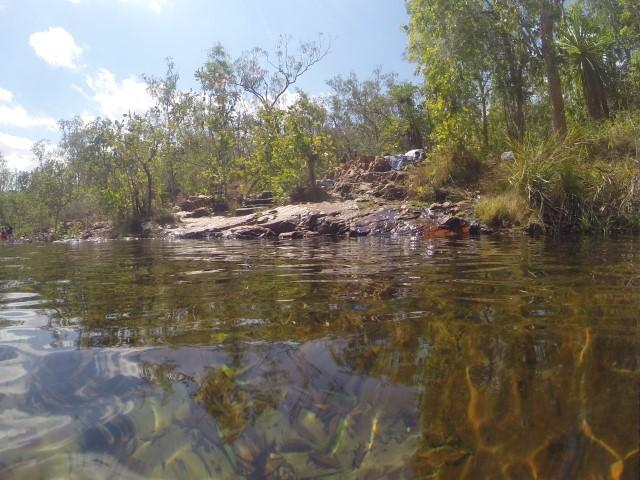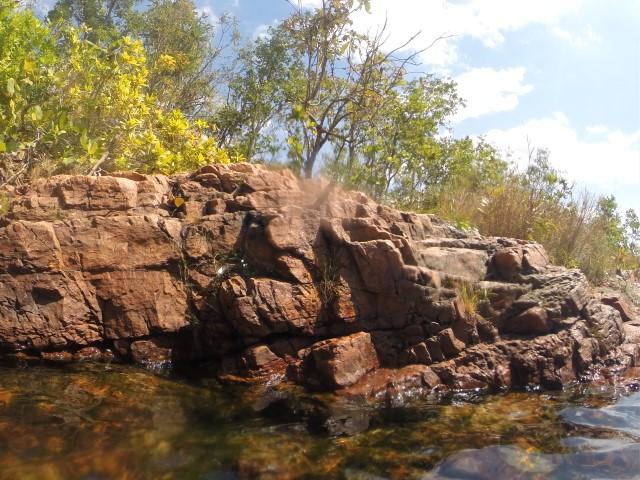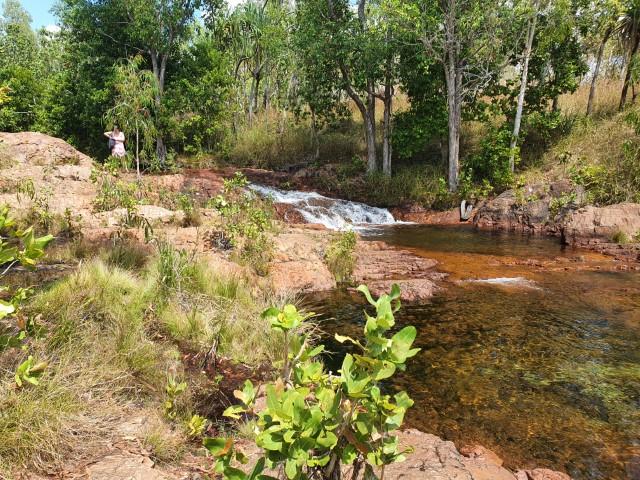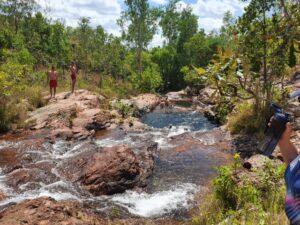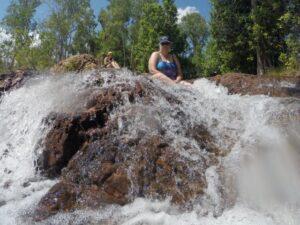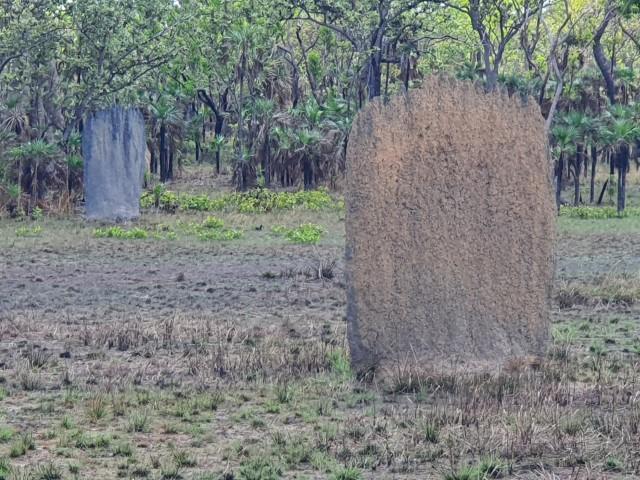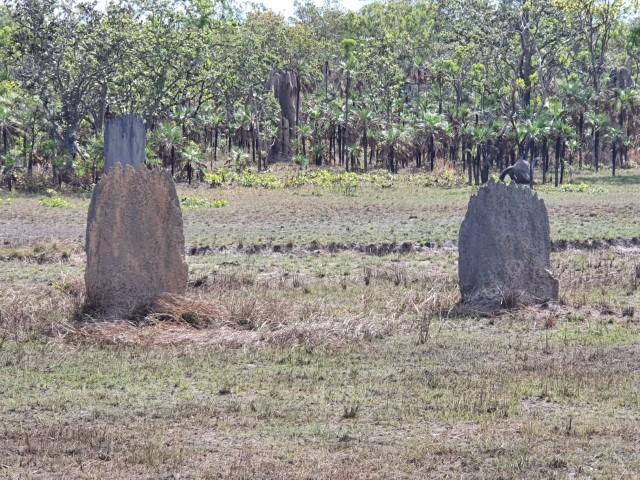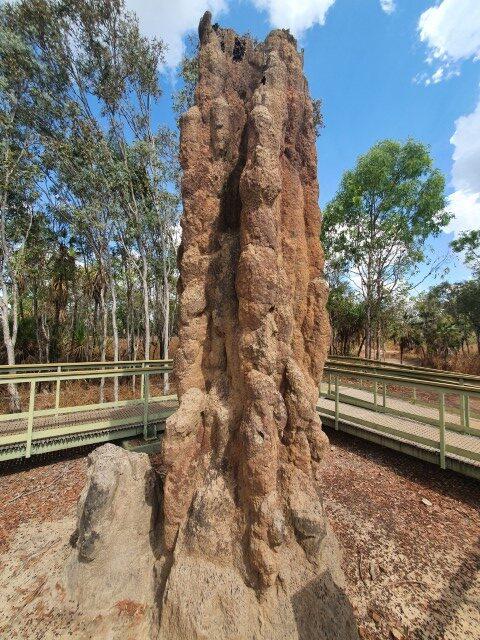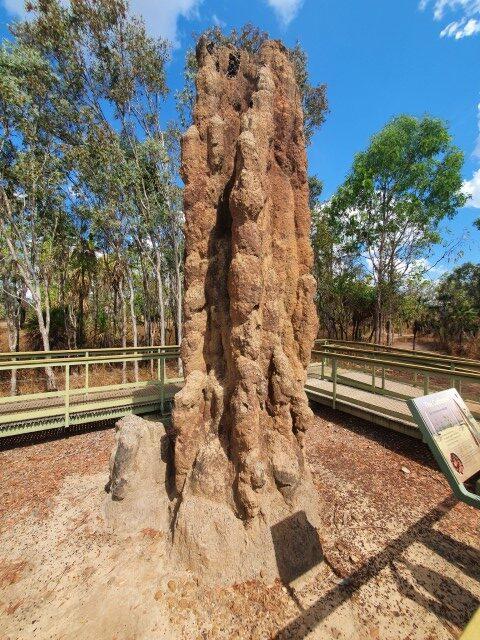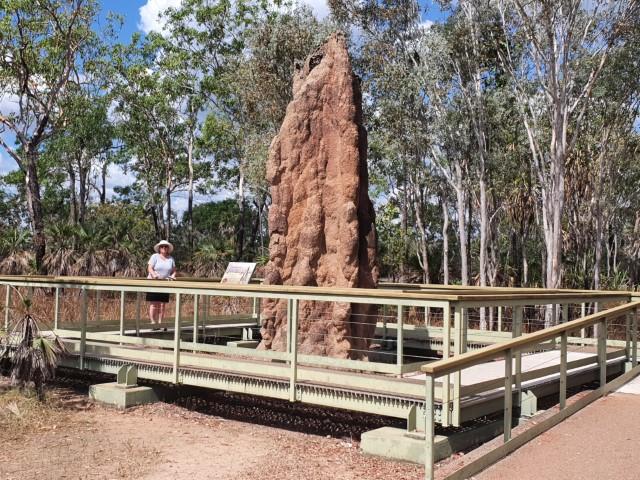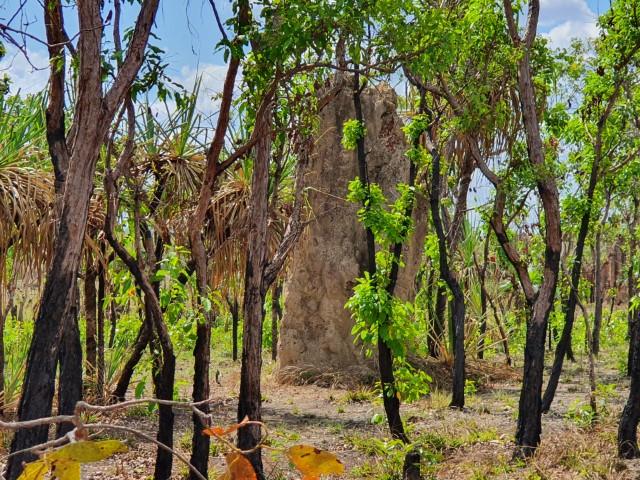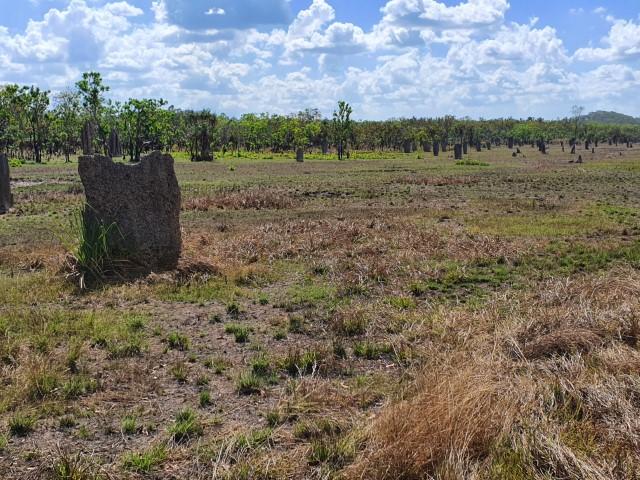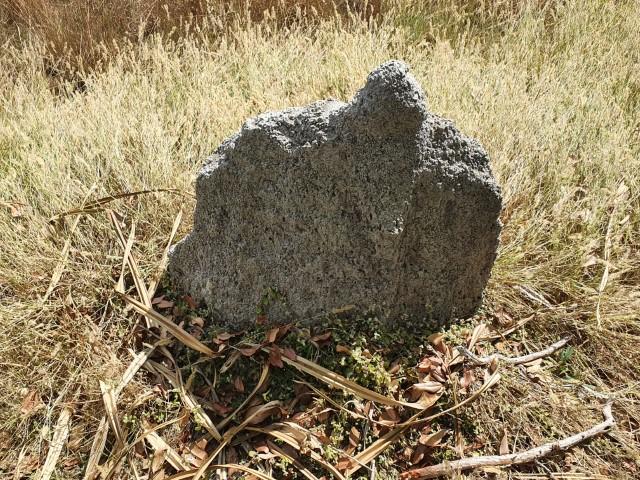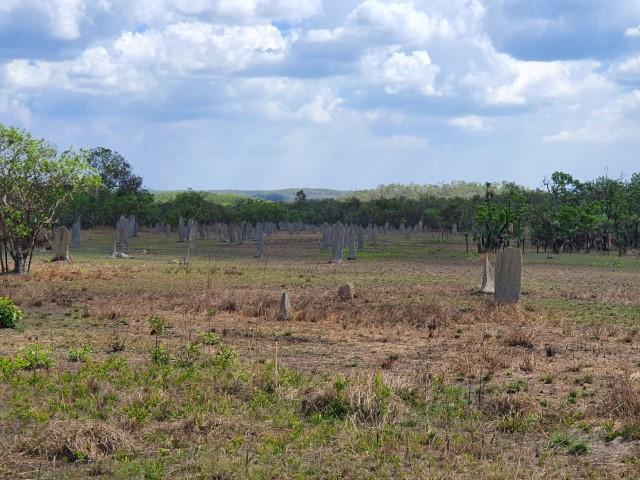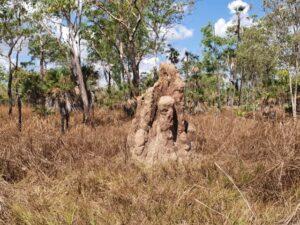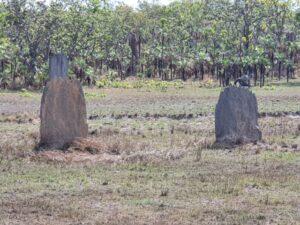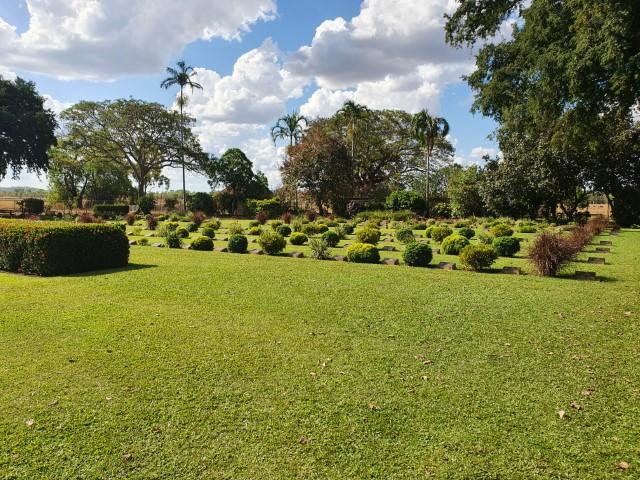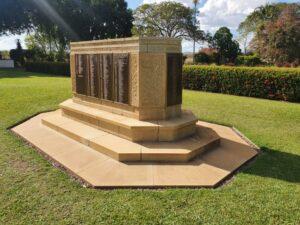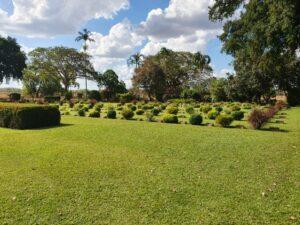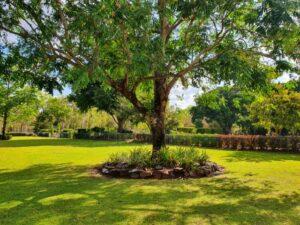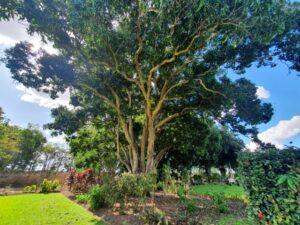This yarn is about the way that archery becomes an all-consuming passion to some of us… a bit like golf or fishing to others. The story will make much more sense if you take the time to read this preamble to learn some archery words and terms that help put it into better, fuller context.
Toxophilite – A student or lover of archery; one who practises archery, or who studies history and archæology of archery.
Stringing the bow – Except for compound bow, all bother bows are usually stored unstrung when not being shot to release the pressure from the string and the limbs. Before shooting you must string your bow. These days we use a cord called a stringer to bend the limbs with by standing on the stringer, lifting the bow and sliding the string onto the nocks.
The old (and dangerous way) to string a bow was to brace one nock against the instep of your shoe and pull the centre whilst pushing the limb and sliding the string onto the nock and in some cases also trapping the bottom limb between your legs at the same time.
Nock – the notch on the limb tips of a bow where the string is fastened. The nocks on a longbow were often carved from bone or horn.
Flemish Twist Bowstring – The Flemish Twist is a way of making bowstrings where two or three bundles of fibre (often dacron) are twisted individually and together in the same way that rope is made. The loops at either end are twisted back into the body of the string, which make it very strong and secure.
Longbow – Made from a single piece of wood. Traditional English longbows are made from yew wood. The longbow was attributed as the reason that the English were able to repel the French in a number of historic battles such as The Battle of Agincourt. The draw weight of a modern longbow is usually around 50lbs but the English war bows back in the days could go as high as 150lbs, which required phenomenal strength to string and draw. Skeletons discovered from this era could be identified as archers by the deformities in the shoulder from continually pulling such heavy draw weight bows.
Yew – Yew is the most prized wood for making bows. It has amazing stretching and compressing properties that allow it to bend and flex.
Compound Bow – In modern archery, a compound bow is a bow that uses a levering system, usually of cables and pulleys, to bend the limbs. A typical compound has a draw weight of 50lbs but the pulleys (cams) reduce the actual weight to around 35lbs making them easier to hold and aim.
Freestyle / Olympic Recurve Bow – a recurve bow is one of the main shapes a bow can take, with limbs that curve away from the archer. They have sights and stabilising rods to help the archer hold it steady. Draw weights go as high as 55lbs but commonly around 40lbs.
Barebow Recurve – Pretty much the same a freestyle recurve bow but stripped back to just the bow. No sights, stabilisers, just the bow.
Flatbow – A flatbow is a bow with non-recurved, flat, relatively wide limbs that are approximately rectangular in cross-section.
Clancy Strings His Bow
@Barebower © 2022
Clancy was a bowman.
A toxophilite to be precise.
He’d shot all types and kinds of bows
and could hit a grain of rice.
He’d never come across a bow
with which he fell in love.
He watched and searched for signs of this
sent down from high above.
He’d had a tryst with many,
an affair and sometimes lust.
But a bow to make him fall in love
was an all-consuming must.
Clancy owned a Compound bow
of space-age, high-tech stuff.
He’d shot his highest score with it
but that was not enough.
With clarifying, magnifying,
ultra-accurate sights.
Stabilizers, cams and rods,
it was nearly capable of flight.
He also had a Recurve
that rarely missed the mark.
Shot freestyle in the Olympic way
the arrows flew with sparks.
It had curvy, high-tech carbon limbs,
sights and long-rods too.
To stabilise this awesome bow
and aim it straight and true.
He had a Barebow Recurve,
that didn’t cost much loot.
Stripped of all essentials,
it was such a joy to shoot.
The Barebow was his favourite
with its simple shape and form.
It rarely missed the target.
Hit the centre as the norm.
He also owned a Flatbow,
of American style and make.
All laminated strips of wood,
this bow not a fake.
The Flatbow was of hickory wood
with bamboo in between.
It drew back like a bastard
and shot arrows fast and clean.
He’d even tried a crossbow,
of mediaeval style.
As accurate as all get out
but too heavy after a while.
But Clancy was a purist,
for those who’d like to know.
He quested for the holy grail,
An English Yew Longbow…
For yew wood as an archer knows,
is perfect for the task.
As tough nails, it bends and bows
And does anything you ask.
The mighty English longbow
was a weapon to be sure.
It beat those pesky Frenchies
in the Battle of Agincourt.
It hurled its vicious arrows
beyond the Frenchies reach.
It pierced their iron armour
like an over-ripened peach.
But Clancy was a pacifist.
Of that you can be sure.
He’d never aimed a bow of his
at skin, or scales or fur.
Still none the less he knew his craft
and searched by day and night,
to find a Longbow made of yew,
his quest was in full flight.
He happened on a Lost Trades Fair,
of guilds and master crafts.
Of forges, blacksmiths, tinkerers
and bowyers with their shafts.
One rough and ready bowyer
had a gleam upon his eye.
He beckoned forth to Clancy
and this I tell you why.
He had an English longbow,
hand-carved of finest yew.
It glistened in the sunlight.
It glowed like morning dew.
Its nocks were made of whale bone,
that shimmered in the light.
The limbs were round and strong and tapered.
It was love and lust at sight.
The wood was gnarled and knotted,
Like a salty sailor’s arm.
But so straight and true was the yew
He felt its magic charm.
The longbow sang its Siren’s Song
as Clancy eyed the yew.
Touch me, feel me, stroke me
and I’ll make a man of you.
Now Clancy was a simple man
and avoided any strife.
But this yew bow had cast its spell
and owned him now for life.
The string was made of dacron
in the Flemish twisted way.
A Rapunzel’s braid with loops each end,
that twirled and whirled and swayed.
The string hung lightly from one nock
detached from one end’s limb.
It danced and swayed before his eyes
and slowly drew him in.
“How much good man?”, said Clancy thus,
“I have to have this bow!”
“It speaks to me and calls my name.
Just name your price right now!”
“For any other mortal man,
This bow’s ten thousand neat.
But if you can just string it,
it’s yours to keep for free.”
Clancy wasn’t of a mind
to give up this on this chance.
He signalled his acceptance
of this archery romance.
“What’s the draw weight of this bow?”,
he enquired of the man.
“One hundred and fifty pounds she is.”,
and not another gram.
Clancy paused and thought of this
and looked again anew.
His strongest bow was forty-two
and was not made of yew.
“If I’m not strong and man enough
to string your English bow.
I’ll pay you your ten thousand bucks
to keep it anyhow!”
He touched the limbs with fingertips
and lightly stroked the bow
He whispered gently to the yew,
“I’ll call you Tudor Rose.”
He gently grasped her belly,
and placed her nock upon the ground.
He hooked his leg around her shaft.
She was warm and full and round.
He gently grasped the empty loop
of her open-ended string
and drew it slightly tighter
as the bow began to sing.
“I’m yours to keep forever
if you string my empty nock.”
The Rose, she sang her Siren’s song.
As Clancy took his stock.
Now Clancy gripped her upper limb
and slowly pulled it back.
The string was full six inch away
not ready to attach.
He gripped a little tighter
and strained a little more.
Four inch to go and getting closer
and six foot off the floor.
He gripped and strained and bent her more.
She tightened as he pulled.
Then all at once she sprung back straight
and smacked him in the balls.
Clancy fell upon the ground,
his scrotum now on fire.
The Tudor Rose lay quietly
and called to his desire.
“Come and string me lover boy!”
The Tudor Rose sang louder.
“Come and string me, please, please, please.
I’m not getting any younger!”
Clancy rubbed his crotch a bit
and rose upon his feet,
as passers-by began to watch
to view the next repeat.
He gently grabbed the Rose again
and held her by her belly.
He swung his leg back over.
His balls were rubbery jelly.
The limb was pulled, the string was stretched.
This time a little closer.
Two inches from the nock he got
Before she showed her power.
Twang, sprong, thwack, the bow recoiled
as Clancy lost his grip.
The Tudor Rose resumed her shape
and gouged his inflamed hip.
Some blood was drawn, some skin was lost
His balls were still on fire.
“Come string please, my lover boy!”
“I’m the thing that you desire.”
Clancy rose again this time.
He looked her up and down.
“I’ll try again and get it right
and put no money down…”
He gripped and strained and groaned in pain.
The loop was almost there.
One inch to go, the nock so close.
The crowd watched in despair.
With one last heave he pulled her tight.
The loop bare touched the nock.
And then she bucked and sprung back straight.
And struck him like a rock.
The nock had flicked him in the eye
and knocked out one front tooth.
His forehead bore an angry welt
and blood dripped on his boot.
He stumbled slightly backwards
and barely kept his feet.
The Lost Trade crowd had gathered round
to see if he’d retreat.
“I’m not done yet; the Rose is mine
or will be when I string her."
"She will not get the best of me."
"I must have her and will win her.”
“By Odin in Valhalla!”
“By Thor and Loki too!”
“I’ll get you strung, you effing bitch
and see what you can do!”
He straightened up and rubbed his balls
and wiped his bloody brow.
He exhaled through his empty tooth
and glared towards the crowd.
He grasped her gently one more time
and kissed her barren nock.
He caressed the braided dacron string
and rubbed his burning cock.
Again, he threw his leg across
and pulled and strained again.
The string was getting closer
as the limbs began to bend.
She felt a little looser now,
This wondrous, supple bow.
He pulled and strained with all his might.
The crowd enjoyed the show.
The loop was round her nocks bare tip.
His sweat was slowly dripping.
He strained so hard his muscles bulged.
His trousers started ripping.
The crowd closed in; the bowyer gasped
as Clancy pulled her harder.
The loop was slipping down the nock.
Not there but getting closer.
When all at once the Tudor Rose
snapped back in pure disaster.
“You’ll never string me lover boy!”
“You’ll never be my master!”
As Clancy hit the ground again
The crowd beat their retreat.
One kindly, unknown stranger
helped Clancy to his feet.
He slowly walked around the Rose.
Her limbs were still aglow.
He failed to string and win her
He had nothing left to show.
He wrapped the Rose in silken cloth
and hung her from his back.
He turned and slowly walked away.
He’d failed and that’s a fact.
The bowyer called to Clancy’s back.
“You’re a persistent bloody blighter!”
As Clancy trudged and limped away,
ten thousand dollars lighter!
